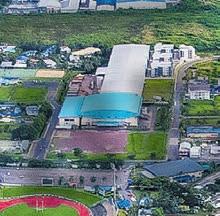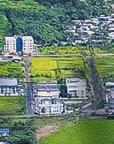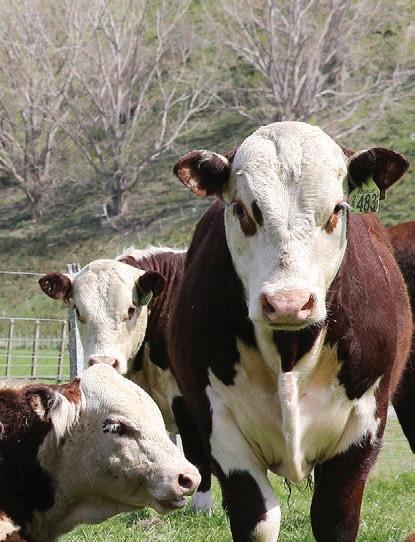

ECan consent roadblocks anger farmers

FARMERS say Environment Canterbury’s hardened approach to the renewal of resource consents is escalating costs while shrinking consenting periods.
A Canterbury arable and livestock farmer, who asked not to be named, said he received a compliant audit by ECan last year, but the council has become excessively demanding as he seeks to renew those consents.
He is seeking a slight tweak to his consents but with legal and professional fees, he estimates it will cost him between $200,000 and $300,000.
He plans to withdraw his consents and submit a new application seeking conditions to enable his farm to convert to dairying.
“It’s going to cost me $200,000 to $300,000 so I might as well seek conditions for conversion to dairy.”
ECan sent his application to the local rūnanga, or tribal council, which has requested his consent adhere to the Ngāi Tahu Freshwater Plan. The farmer said he had no knowledge of such a plan.
The council has also advised his consent renewal may be publicly notified.
ECan consents planning manager Henry Winchester said the council has not changed the
way it considers consents, with each application considered on its merits.
“Decisions must be made considering numerous matters, including the effects of the proposed activity, the local environment and its current state, for example whether it is degraded or not, relevant policy documents, and the proposed mitigations to address the adverse effects the activity would have on the environment.”
Mid Canterbury ECan councillor Ian MacKenzie said the council is dysfunctional. It has been captured by politically aligned environmental activists and should be replaced, he said.
“I think we need to get rid of ECan and start again.”
Mackenzie said the council has a cultural problem. He supports the government’s indication it may review the role of regional councils.
He said he has been contacted by multiple farmers with concerns about consent renewals.
“There is no question there has been a lot of complaints from people renewing consents: the impost of complying with council staff requests, the cost, the short duration of consents when they’re issued and the degree of inconsistency when applied.”
Mackenzie said the renewal process has become more complex and consents are only being granted for six to seven
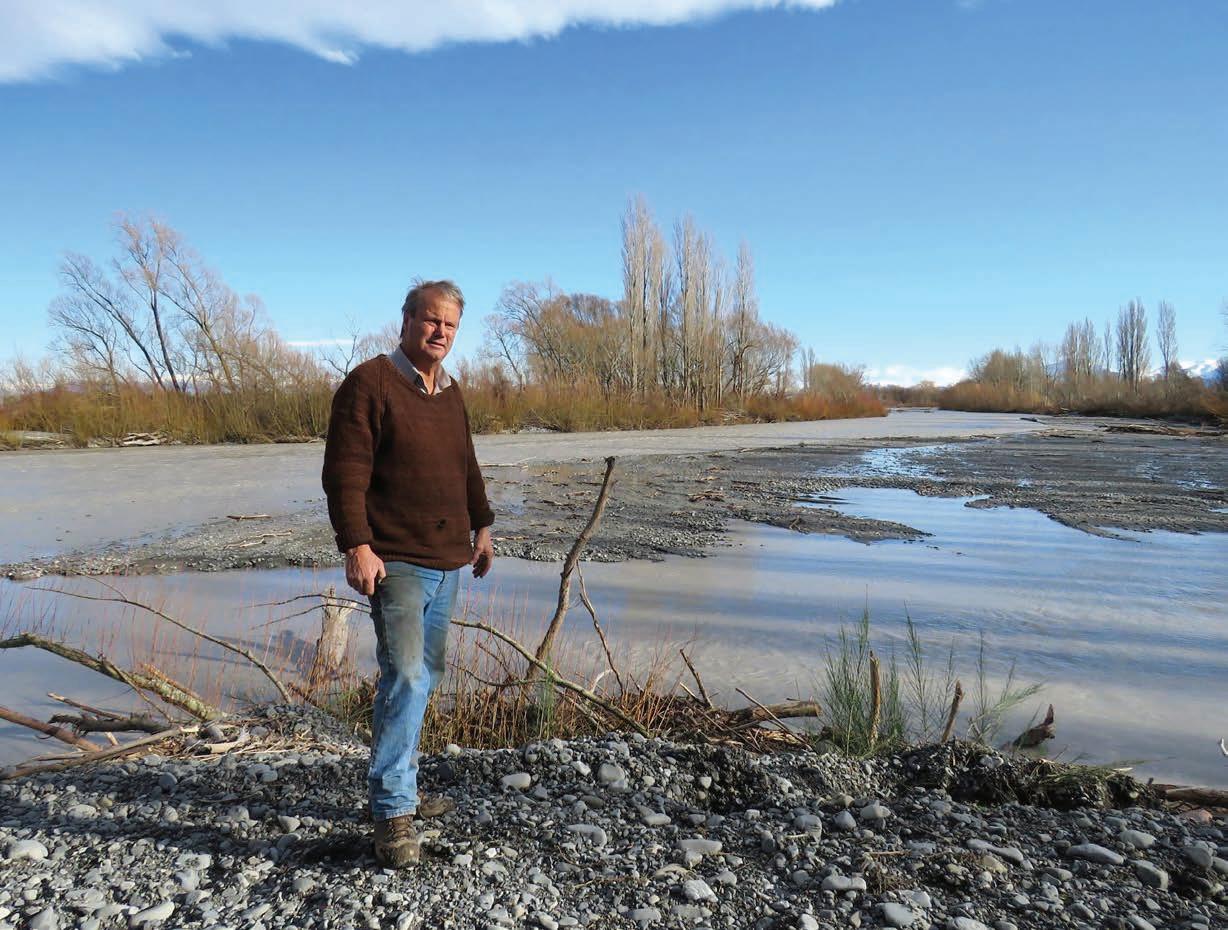
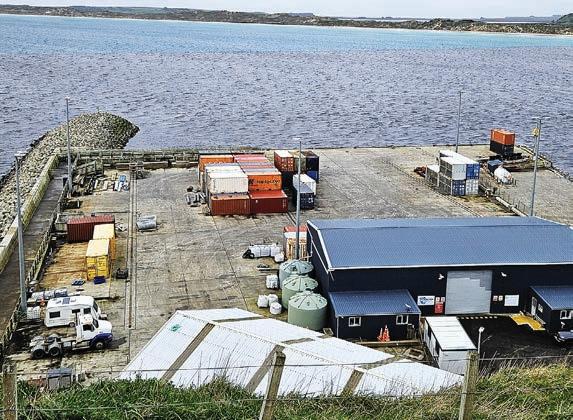
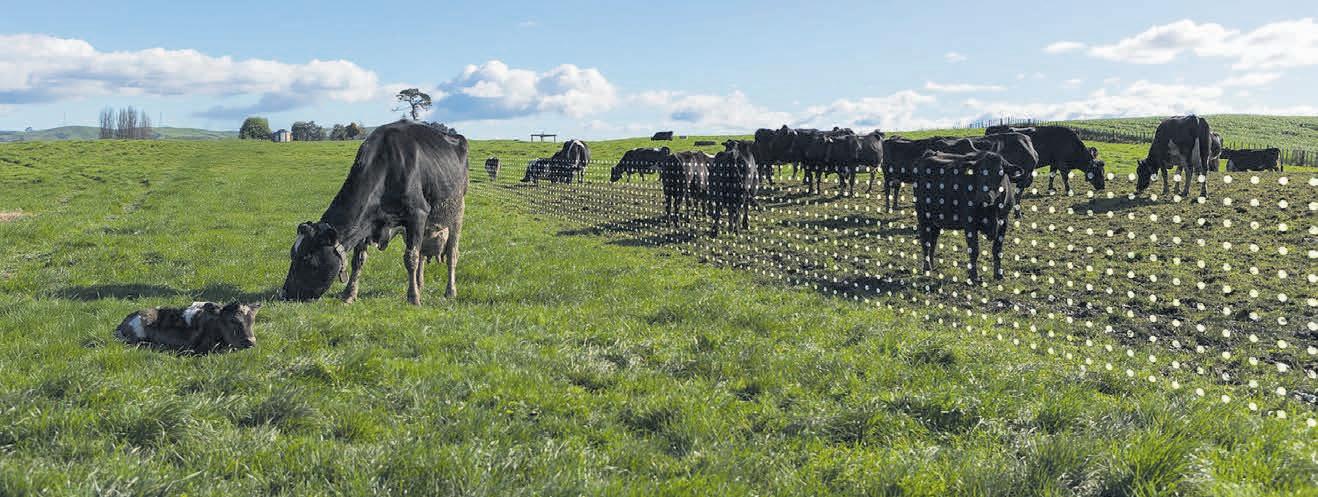
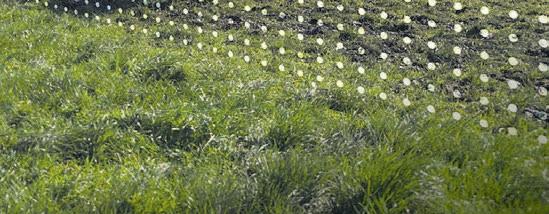

Mid Canterbury ECan councillor Ian Mackenzie says ECan has become dysfunctional and needs to be replaced. He has been contacted by multiple farmers with concerns about the council’s consent renewal process, which has become more complex and is resulting in consents for only six to seven years.
Photo: Annette Scott
Photo: Annette Scott
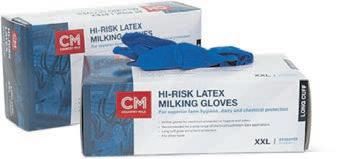
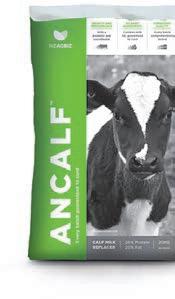

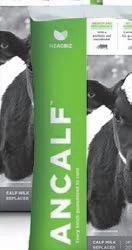
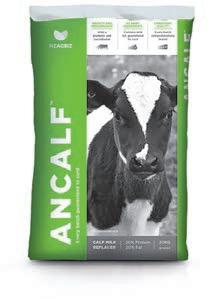



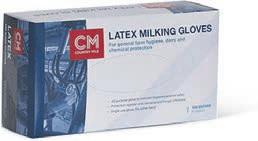
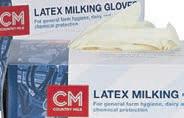


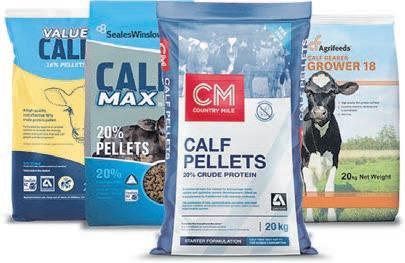








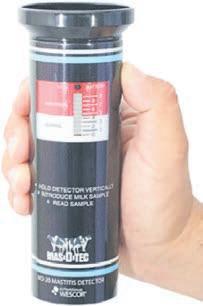



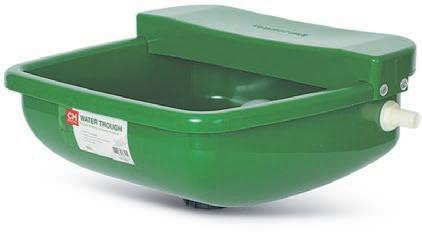


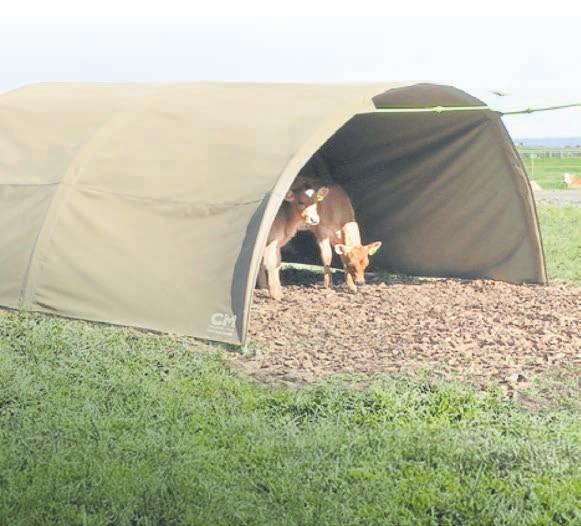




EDITORIAL
Bryan Gibson | 06 323 1519
Managing Editor bryan.gibson@agrihq.co.nz
Craig Page | 03 470 2469 Deputy Editor craig.page@agrihq.co.nz
Claire Robertson
Sub-Editor claire.robertson@agrihq.co.nz
Neal Wallace | 03 474 9240
Journalist neal.wallace@agrihq.co.nz
Gerald Piddock | 027 486 8346
Journalist gerald.piddock@agrihq.co.nz
Annette Scott | 021 908 400 Journalist annette.scott@agrihq.co.nz
Hugh Stringleman | 027 474 4003
Journalist hugh.stringleman@agrihq.co.nz
Richard Rennie | 027 475 4256
Journalist richard.rennie@agrihq.co.nz
Nigel Stirling | 021 136 5570
Journalist nigel.g.stirling@gmail.com
PRODUCTION
Lana Kieselbach | 027 739 4295 production@agrihq.co.nz
ADVERTISING MATERIAL
Supply to: adcopy@agrihq.co.nz
SUBSCRIPTIONS & DELIVERY 0800 85 25 80 subs@agrihq.co.nz
PRINTER
Printed by NZME
Delivered by Reach Media Ltd
SALES CONTACTS
Andy Whitson | 027 626 2269
Sales & Marketing Manager andy.whitson@agrihq.co.nz
Janine Aish | 027 300 5990
Auckland/Northland Partnership Manager janine.aish@agrihq.co.nz
Jody Anderson | 027 474 6094
Waikato/Bay of Plenty Partnership Manager jody.anderson@agrihq.co.nz
Palak Arora | 027 474 6095
Lower North Island Partnership Manager palak.arora@agrihq.co.nz
Andy Whitson | 027 626 2269 South Island Partnership Manager andy.whitson@agrihq.co.nz
Julie Hill | 027 705 7181
Marketplace Partnership Manager classifieds@agrihq.co.nz
Andrea Mansfield | 027 602 4925
National Livestock Manager livestock@agrihq.co.nz
Real Estate | 0800 85 25 80 realestate@agrihq.co.nz
Word Only Advertising | 0800 85 25 80 Marketplace wordads@agrihq.co.nz
PUBLISHERS
Dean and Cushla Williamson Phone: 027 323 9407 dean.williamson@agrihq.co.nz cushla.williamson@agrihq.co.nz
Farmers Weekly is Published by AgriHQ PO Box 529, Feilding 4740, New Zealand Phone: 0800 85 25 80 Website: www.farmersweekly.co.nz
ISSN 2463-6002 (Print) ISSN 2463-6010 (Online)
Bull Sales
14-15
News in brief
Synlait improves
Synlait Milk will report an improved performance in the 2025 financial year, but it will make a second large annual loss in a row.
It has forecast a reported net loss after tax between minus $27 million and $40m, compared with minus $182m in FY24. New chief executive Richard Wyeth said Synlait has strong foundations and its assets are well located and able to manufacture complex products that are in high demand around the world.
Company fined
Taupiri farming company Arrick Limited has been fined $52,500 in the Hamilton District Court for the unlawful discharge of dairy effluent into the environment. The prosecution was undertaken by the Waikato Regional Council.
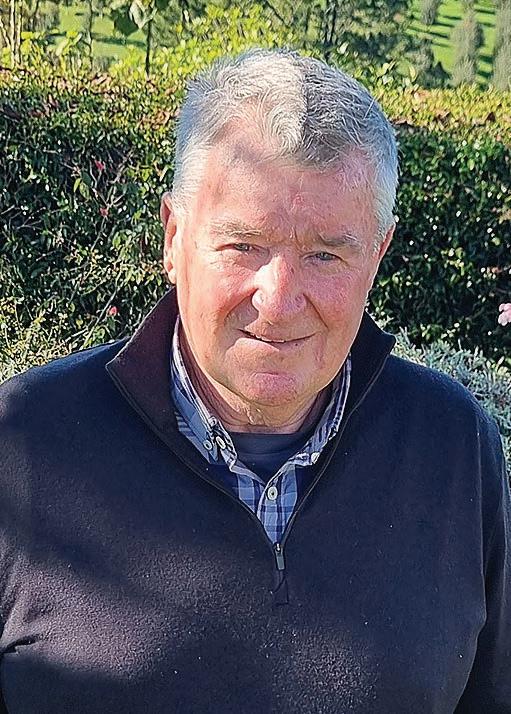
COMPETITIVE: High value crop importer Andy Warren says NZ’s ability to compete globally in the horticultural sector will be compromised by higher plant variety rights costs.
P10
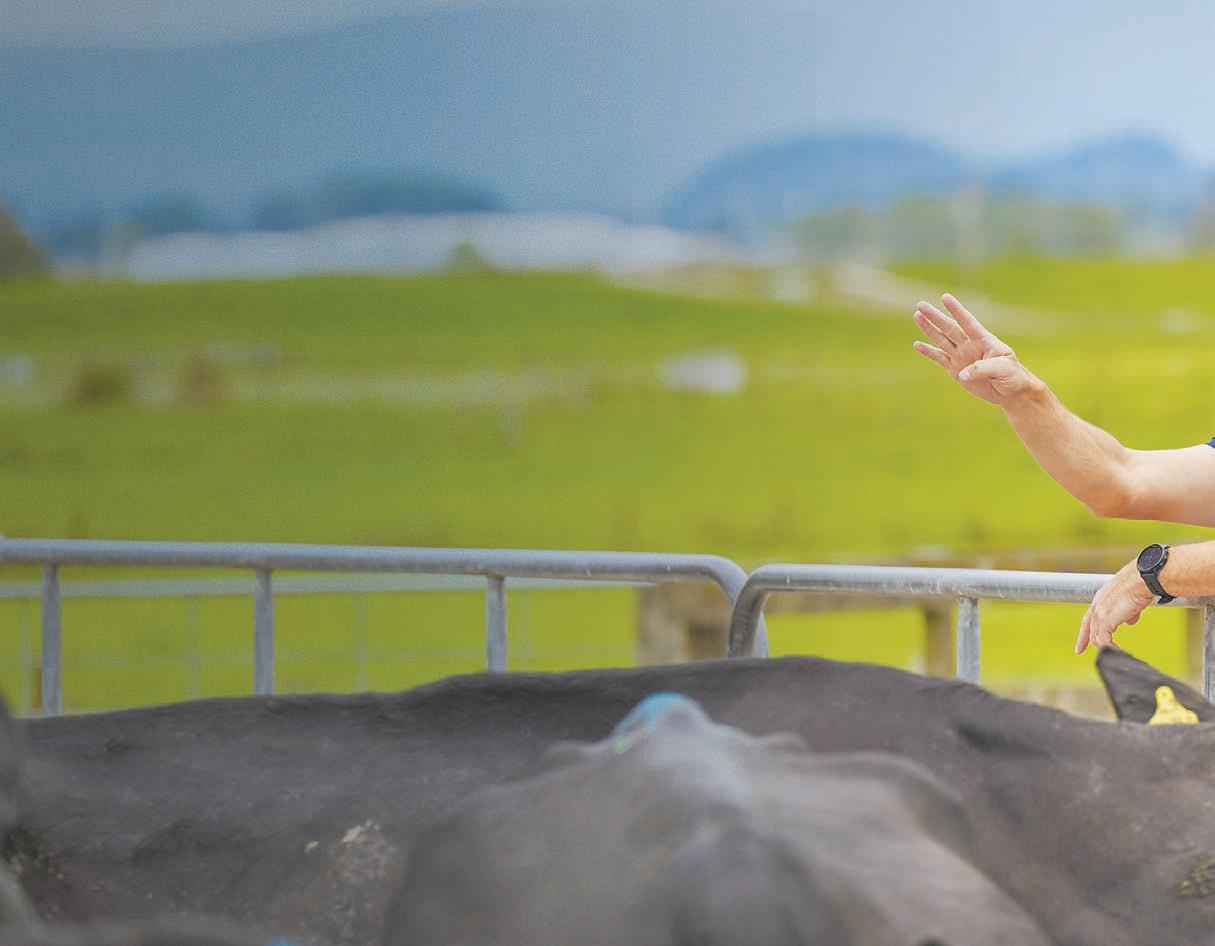
In November 2023, council officers found the dairy effluent storage pond was overflowing, with effluent ponding in the surrounding paddock at such a depth and volume that it posed a risk of contaminating groundwater.
Business as usual Correction
It is business as usual at the Southern Institute of Technology’s Telford agricultural training campus amid government reform of polytechnics. The government said Invercargill-based Southern Institute of Technology is one of the 10 returning to self-governance. Daryl Haggerty, Southern Institute of Technology operations lead, said while it is business as usual, they are still waiting for specific details on what support the government will provide.
Lambs pictured in last week’s saleyard results section (page 30) were not from the Chatham Islands, they were a line of blackface mixed-sex lambs from Woodbury, which sold for $186 per head.


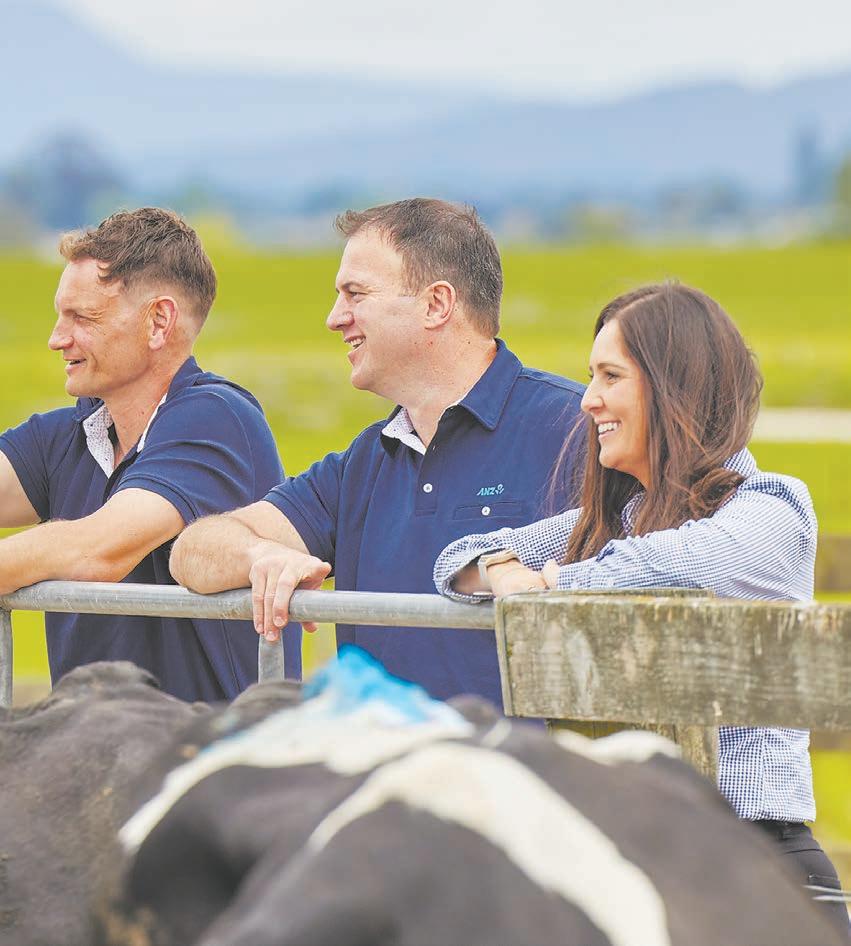
Approach 20% Investment Boost with care

Hugh Stringleman NEWS Finance
COMPUTER upgrades are recommended for farmers to take advantage of the Investment Boost 20% accelerated tax deduction introduced by the government in May.
Rural chartered accountant
Charmaine O’Shea of Whangārei said in her professional experience farmers do not upgrade their computers often enough.
“They should enjoy faster computers, given the amount of work that is done on them nowadays,” she said.
It feels good and sounds good, but you might be creating a problem for yourself.
Richard Wheeler
Sidekick Rural
O’Shea said the new tax deduction is of limited use to dairy farmers with a May 31 balance date this year, although the allowance for a building to be finished between May 22 and May 31 is helpful for some structures, like new calf sheds.
Farmers may not be aware that farm buildings and yards are now Investment Boost claimable, along with machinery, equipment and vehicles.
One client had a new tractor pre-ordered when the Investment Boost was announced, and it was delivered on May 28, but that was luck rather than good planning.
She said the new accelerated deduction is one factor in a considered asset purchase decision, perhaps applicable more to low-hanging items that make day-to-day operations more efficient rather than the big value assets that need careful, budgeted consideration.
“Should the item be resold for greater than book value in the future then depreciation recovery will apply.”
Continued from page 1
years, although some have been doubled on appeal.
The short duration could be an indication the council intends tightening up on water and land use, and taking pre-emptive action ahead of what are expected to be more than 30 conversions of farms to dairying.
Mid Canterbury Federated Farmers president David Acland describes ECan as problematic. He said it does not adequately acknowledge the work of consent holders who have reduced their environmental impact.
“It’s crazy when you can clearly show you have met all the objectives of the Canterbury Land and Water Plan.”
He has heard of farmers with unused water allocation as they expand their irrigated area, losing
South Island rural accountant
Richard Wheeler, director of Sidekick Rural, Timaru, said Xero had to build a function in its software to make the new depreciation option work.
“There has been a lot of talk about this Investment Boost but not much action yet.
“It feels good and sounds good, but you might be creating a problem for yourself.”
Wheeler said the depreciation recovery requirements may catch some taxpayers unawares, as it did with Ford Ranger utilities during the time of covid.
A spokesperson for Xero said a solution within the Fixed Assets register is needed to accommodate the Investment Boost tax deduction.
“Due to the variety of use cases and scenarios that need to be incorporated into the feature, this is tracking to be available by late September.”
In the advice posted by Inland Revenue concerning the new Investment Boost, it said new commercial or industrial buildings

qualify, as do improvements to depreciable property and primary sector land improvements.
Non-claimable categories include land, livestock, secondhand goods and residential buildings.
Primary sector land improve-
ments are not subject to depreciation recovery. These include horticultural structures, irrigation equipment and improvements to aquacultural businesses.
“Investment Boost is a form of accelerated depreciation. It does not change the total value of
UPGRADE: Rural chartered accountant
Charmaine O’Shea says in her professional experience farmers do not upgrade their computers often enough.
deductions you claim over the life of an asset,” Inland Revenue said.
“Investment Boost gives businesses a timing advantage as earlier deductions lower the present value of the tax paid and mean better cashflows for your business.”
Water rules make work for lawyers: Hoggard

Neal Wallace NEWS Water
FRESHWATER regulations have become magnets for litigation, are overly restrictive and need to be rebalanced, says the government
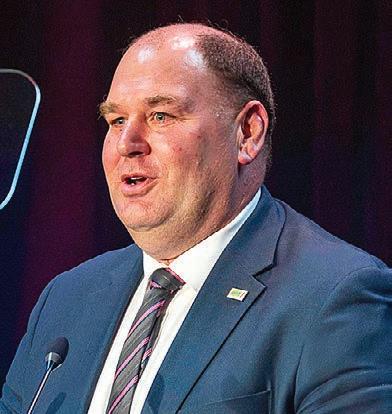
minister seeking changes to the rules.
Andrew Hoggard, the Associate Minister of Agriculture and Environment, said regional councils need to trust farmers and acknowledge the excellent work many are doing to improve the environment, or intergenerational farms will disappear.
“So many farmers are engaged in catchment groups or doing it themselves, investing on farm to solve an issue,” he told Farmers Weekly.
“The way to encourage that investment is not to have money sucked out by lawyers.”
He was commenting on reform of the Resource Management Act, which includes freshwater provisions.
He said the complexity of regulations and the cost of getting a resource consent and meeting compliance have become excessive.
that unused allocation from their renewed consent.
Resource Management Act
Reform Minister Chris Bishop said the freshwater management and consenting processes are overly complex, which is why it proposes replacing the RMA and has consulted on the national direction for freshwater management.
I think we need to get rid of ECan and start again.
Ian Mackenzie ECan councillor
Bishop said councils and consent applicants should be processed under the existing process.
ECan consent planning
manager Henry Winchester said that whether a consent is subject to a public hearing is decided on a consent-by-consent basis.
This is when the effects on the environment are considered to be “more than minor,” or when an applicant refuses to or does not respond to a request for further information.
Winchester said there is a legal obligation under the RMA to take account of Ngāi Tahu’s cultural values in regard to the management of natural resources. It is not new for the council and applicants to consider policy statements and specific iwi management plans during the consenting process.
ECan is no longer updating policy statements and plans due to pending RMA changes, but he said it is legally obligated to apply the laws as they stand.
Consenting issues in Canterbury and the inability of horticultural growers in Waikato and Horowhenua to comply with freshwater regulations were cited as examples.
“The way we’re going, good luck with getting anything done.”
Hoggard wants freshwater regulations he describes as more sensible, practical and affordable than at present, that give confidence to landowners and businesses while balancing the health of waterways.
“The ideal outcome I want to see is the RMA being for more standard based stuff and Freshwater Farm Plans the standard for farming.”
It is not a case of having either a pristine or a degraded waterway or environment.
“There is middle ground and that is what we should be aiming for,” he said.
He sees a role for farm plans to
manage the sector’s environmental impacts by identifying critical risks and mitigation steps, including intensive winter grazing.
“There is a whole range of mitigation people can be doing and a hell of a lot of people are doing it well.”
There is middle ground and that is what we should be aiming for.
Andrew Hoggard
Associate Minister of Agriculture and Environment
On RMA reform, Hoggard wants new regulations to acknowledge property rights and reduce the ability of people who are not directly impacted to have a say on consenting applications.
Conditions should reflect the values and desires of local communities.
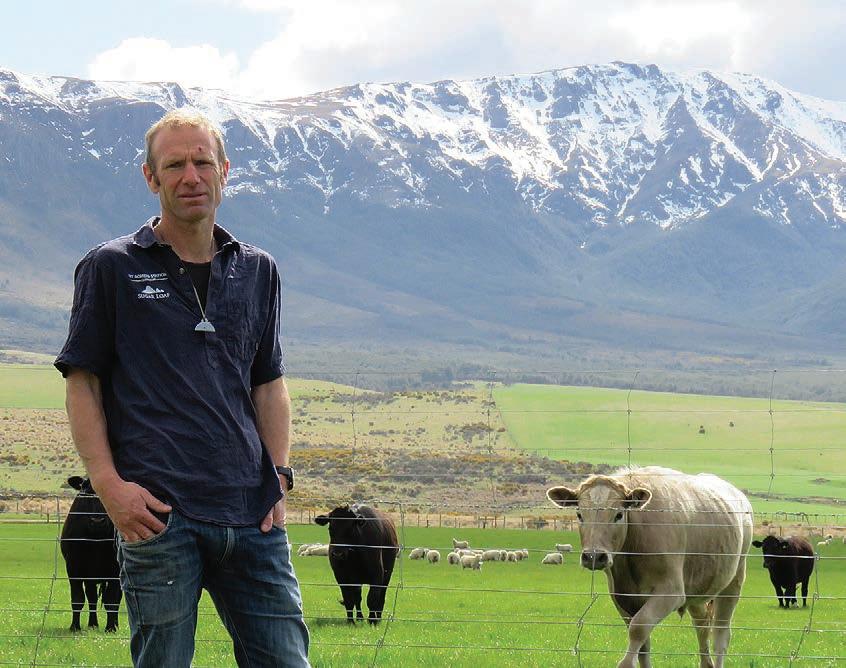
CREDIT DUE: Mid Canterbury Federated Farmers president David Acland says ECan does not adequately acknowledge the work of consent holders who have reduced their environmental impact.
TRUST: Andrew Hoggard says regional councils need to trust farmers and acknowledge the excellent work many are doing to improve the environment.
Photo: Pexels
Govt looks anew at rules for kids on farms

Neal Wallace NEWS Health and safety
THE government has announced a review of farming health and safety regulations, including a rethink on restrictions on the roles children are allowed to have.
Workplace Relations and Safety Minister Brooke van Velden announced the consultation, saying she wants to ensure health and safety regulations reflect the realities of farm life.
“Farmers know their farms and the risks that come with farming life better than anyone.
“They’ve told me the law needs to recognise that the farm is often both their workplace and their home. That includes making space for children to safely learn and contribute to farm life in ways that are safe and age-appropriate.”
At present anyone aged under 15, so far as is reasonably practicable, must not be present in a workplace or undertake work that is likely to harm their health or safety, including lifting weights or helping with or working with machinery.
There is an exemption for those aged 12 to 16 driving a tractor for agricultural work provided that person is fully trained or being trained.
Those aged under 16 should not work between 10pm and 6am.
“We’ll be consulting with farmers and the agriculture sector on the thresholds for light chores children can do on farms, like collecting eggs, feeding small animals and watering plants, while ensuring safety is not compromised.”
The review will also look at developing Approved Codes of Practice (ACOPs) for farming and forestry.
Compliance with ACOPs is currently voluntary, but the reform will look at changing the model so that compliance will be sufficient to have met health and safety duties.
The minister said changes to ACOPs will provide farmers with clearer guidance on overlapping duties and responsibilities.
“Farmers and other businesses coming onto the farm need to know what health and safety duties they are each responsible for and how they can best work together to manage the risks,” said Van Velden.
Another ACOP will be developed to focus on the safe use of farm vehicles and machinery.
This will cover the safe use of quad bikes, tractors, light utility vehicles such as side-by-sides, and two-wheel motorbikes, as well as farm machinery.
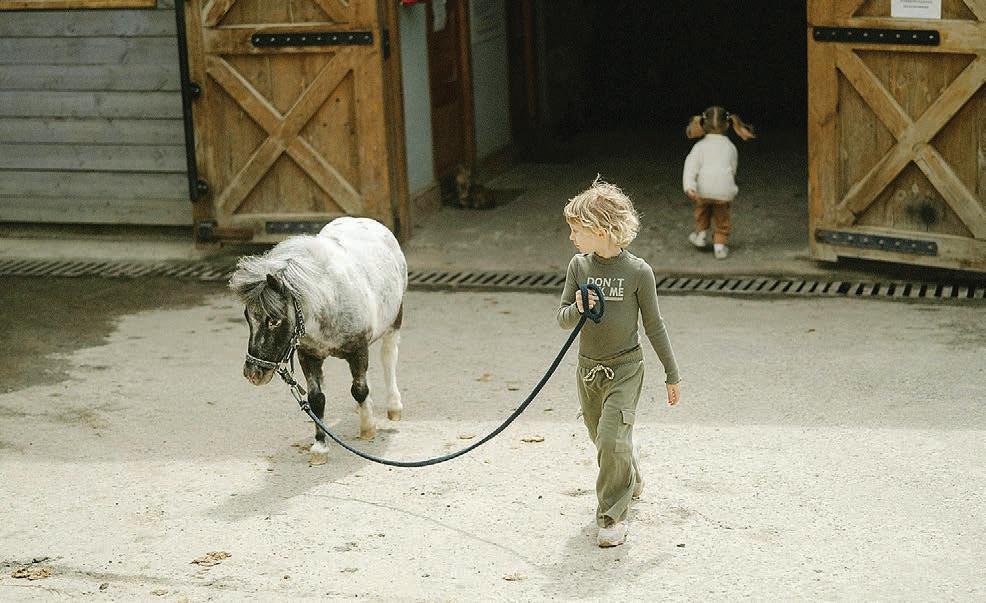
Farmers know their farms and the risks that come with farming life better than anyone.
Brooke
van Velden Workplace Relations and Safety Minister
“Too many people are killed or seriously injured in quadbike related incidents. However, I understand there are varying practices and views on what protections will best enhance safety and reduce harm.”
Tukituki raises funds to move forward

Richard Rennie NEWS Infrastructure
THE Tukituki Water Security project has reached an undisclosed targeted funding figure, triggering its access to government funds to continue with the project.
Project spokesperson Mike Petersen told Farmers Weekly he is unable disclose how much funding has been sourced to date. The exercise has been “tougher than anticipated” due to the lasting impacts of Cyclone Gabrielle and a slower economic recovery.
The North Island has been lacking water storage of any significance.
Mike Petersen
Tukituki Water Security
“But it is enough to enable us to access $3 million of further funding, through the government’s Regional Infrastructure Fund (RIF) aimed at helping specific projects in the regions.”
The RIF is a $1.2 billion fund allocating money over a threeyear period.
To date $550m has been allocated over 14 regions across a range of sectors including flood resilience, energy, water storage and Māori development.
The Tukituki project, a successor
to the ill-fated Ruataniwha dam project, has also been granted approval under the government’s fast-track approvals process.
Having funds on hand enables the project to work over the coming 18 months to finalise details and plans.
The project’s fast-track status means issues with the Department of Conservation land originally at the center of the previous project’s stumble are now resolved.
Petersen said the Tukituki project is leveraging off the successful completion of the Waimea dam earlier this year, employing Mike Scott, the ex-CEO of that project.
“We also have other people with skills from that project in the mix too.”
He said the project provides an opportunity to create a pipeline of expertise in water storage that has been lacking until now.
The Tukituki project will include a dam 83m high in the Makaroro River and a reservoir 7km long with a surface area of 372 hectares.
There is also the provision for 6.5MW of hydro electricity generation off the reservoir’s head race canal.
“We have two projects on the go here [in Hawke’s Bay], and Wairarapa has also received funding recently.”
Wairarapa’s Waingawa water project secured $20m in funding through the RIF fund to store
Federated Farmers health and safety spokesperson David Birkett told RNZ he welcomed the move,
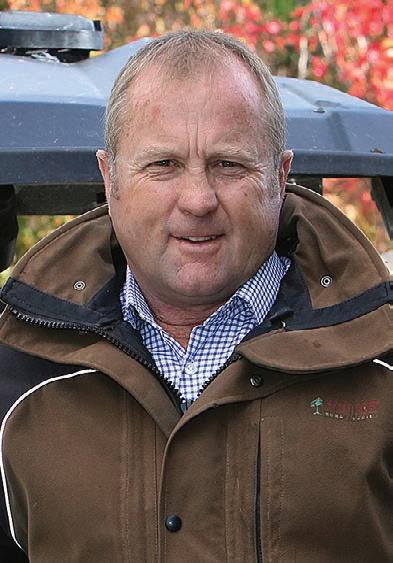
TIMELY: Tukituki Water Security project chair Mike Petersen says there is now sufficient funding to secure government support for the project.
up to 500,000 cubic meters, with potential to expand to 1.0 million cumecs.
“The North Island has been lacking water storage of any significance,” he said.
Three Canterbury projects also received a total of $64m in grants through the fund to boost water resilience.
Petersen said the Tukituki project will cover about 22,000ha and the next 18 months will include determining the full water cost.
He said interest has been strong for applying the water for highvalue horticultural production including kiwifruit and apples, along with seed crop production.
All going well, Petersen said the resulting reservoir will be filled for operation by 2032.
particularly the development of new Approved Codes of Practice (ACOPs) on the safe use of farm vehicles and machinery.
“The reason is, the largest cause of deaths on farms are quad bikes, and we’ve been with our working groups within the industry, with WorkSafe and some of our more corporate farming entities to try and solve this problem,” he said
“We haven’t been able to find the solution yet, where there’s lots of small things that we can do, but they’re still seeing a lot of deaths.”
From January to December last year, there were 16 fatalities recorded on NZ farms.
REFLECT:
Workplace Relations and Safety Minister
Brooke
says she wants to ensure health and safety regulations reflect the realities of farm life.
This week’s poll question:
Does the government need to legislate what chores children can do on family farms?
Have your say at farmersweekly.co.nz/poll
NZ takes Canada dairy grievance to US

Nigel Stirling MARKETS Dairy
THE New Zealand dairy industry has joined its United States counterparts in slamming Canadian milk pricing policies they say are distorting global dairy markets.
The shared concerns of the US and NZ industries were aired in hearings in Washington DC in front of the US International Trade Commission (ITC).
The commission was instructed in May by US President Donald Trump’s Trade Representative to begin an investigation into the global market for non-fat milk solids.
Both the US and NZ dairy industries have long been critical of the impact on these markets of the supply management system Canada uses to maintain high prices for its farmers.
The Canadian government sets production quotas for its farmers based on the demand from its consumers for creambased products. Quotas have been increased by 20% over the past decade to keep up with the appetite of Canadians for butter and fluid milk.
However, the volumes of nonfat milk solids produced as a byproduct have not been absorbed by the Canadian domestic market. The resulting surpluses are
increasingly finding their way onto world markets, where they are being sold below the cost of production.
“To dispose of its excess supply of non-fat milk solids created by internal price fixing, Canada turns to special prices for processors and manufacturers that will use their products to keep out imports or supply exports,” the ITC heard from Daniel Sumner, a professor of Agricultural and Resource Economics at the University of California, who appeared as an expert witness for the Dairy Companies Association of NZ (DCANZ).
This is just one of the reasons NZ and US exporters are unable to compete with local processors in the Canadian domestic market, despite import quotas specifically created for them as part of the Comprehensive and Progressive TransPacific Partnership and US-Mexico-Canada (USMCA) free trade agreements respectively.
DCANZ trade policy manager, Elizabeth Kamber, told the hearing that NZ’s dairy industry operates without state support and Canada’s increasing exports of subsidised non-fat milk solids are undercutting it and US exporters in high-value protein markets.
“Changes in supply which are created through unfair or tradedistorting policies can have a notable impact, even if the volumes in question are small.”
van Velden
Photo: Pexels
The Chatham Islands’ race against time
On the Chatham Islands, doughty farmers can take what nature throws at them – but what’s getting much harder to bear is the lack of a reliable shipping service, says Annette Scott.
BEHIND fishing, farm production is the second main contributor to the Chatham Islands economy, providing $4.8 million, or 10% of its GDP.
The 48 farms, of which 20 are rated relatively intensive, with eight extensive grazing properties and the rest smallholdings, provide jobs for about 60 of the islands’ 600 people.
Of the 45,000 hectares of farmland, about half are improved pasture. Agricultural production is limited by the poor quality soils, with only 18% classed as having moderate fertility and just 0.3% high fertility.
It is deemed the best place in the world to grow a lamb, but the challenges of running a farming business are world-beating, too.
The ocean abounds in opportunity for fishing, but it is the biggest obstacle for farming.
The farmers essentially farm around the shipping service.
Freight is a huge cost when getting supplies in, and getting livestock and produce out to market is even more challenging.
The idea of more intensely farmed land is restricted by the 800 kilometres to the main islands of New Zealand.
Everything costs more.
Electricity produced using diesel generators costs four times more than in the rest of NZ. Small wind turbines – small by comparison to those in other regions of NZ, given the logistics of getting the turbines and related construction machinery to the island – are currently being commissioned to help the electricity cause, thanks
to an $11million government investment.
There’s no farm merchandise store or supermarket, no corner store in the rural sticks; everything has to be ordered in advance and in bulk. Then comes the wait for the ship to arrive – and they often don’t know when that may be.
Sheep have traditionally been the main livestock farmed, but numbers of beef cattle have increased over the past 20 years, particularly with a growing focus on the extensive grazing properties.
As in the rest of NZ, sheep on the Chathams have declined. Given the low profitability, especially in wool, farmers turned more to breeding lambs for sale into NZ livestock markets.
We need a good ship to give confidence so we can invest in our farms to improve farming returns.
Hayden Preece Hokotehi Moriori Trust
The farmers are resilient, determined to just get on with things. What choice do they have, they say.
“We keep getting told there’s better on the way, a reliable, functional purpose-built ship, but when? It’s just been all talk so far.”
The island once had an abattoir.
That closed in the 1960s. It once had a cheese factory, but it closed in the 1930s. Once, there was a reliable shipping service ...
There’s talk again of a
meatworks but what the farmers and the community really want is a purpose-built ship, a reliable service and a fair and transparent quota system to get stock away.
While the call may often be to get back to basics, “for us it’s get up to basics”, farmer and Hokotehi Moriori Trust chair Hayden Preece said.
Last year the ship’s unreliability and breakdowns meant between 6000 and 8000 cattle, unable to get to market, roamed wild, destroying paddocks and the environment. Eventually they were culled and left to rot on the island. Wild pigs are another problem.
“There are movers and shakers. I guess I’m one of those, I don’t do a lot of sleeping and I’m not making many friends but there is light at the end of the tunnel,” Preece said.
He is still carrying 95% of last year’s stock, including capital stock.
“There’s a 70 metre wharf, not dredged. We are hamstrung by our capacity. There’s talk of smaller more regular shipping, two ships, a purpose-built boat.
“Personally I would like to see a purposebuilt freight carrier with 100,000-stock capacity.
“We need a good ship to give confidence so we can invest in our farms to improve farming returns.
“We are $40m of NZ economic
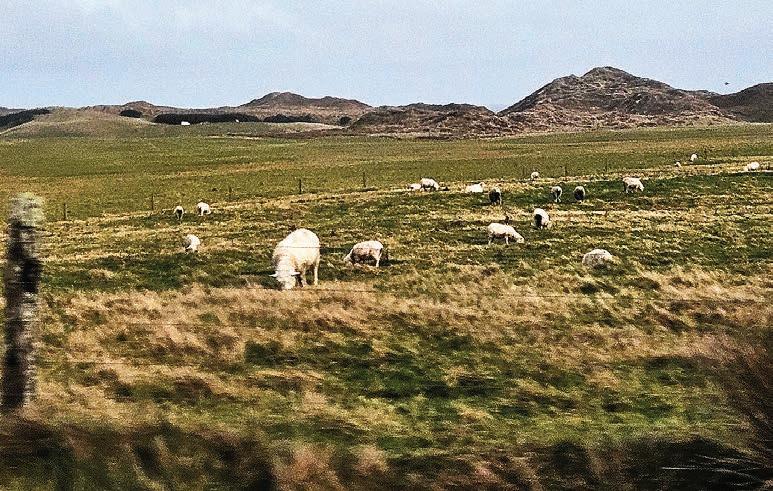
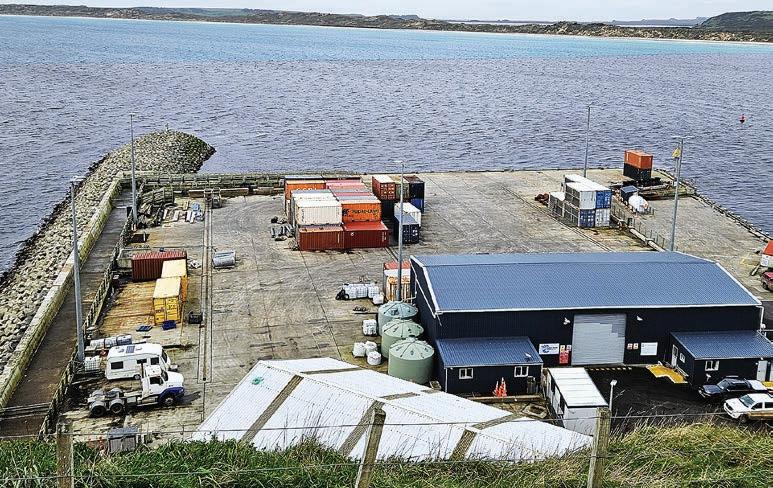
Shipping to and from the small port is the lifeline to NZ’s main islands, bringing everything from food to fuel, machinery, vehicles and fencing staples and providing the means for farmers to get their livestock to market.
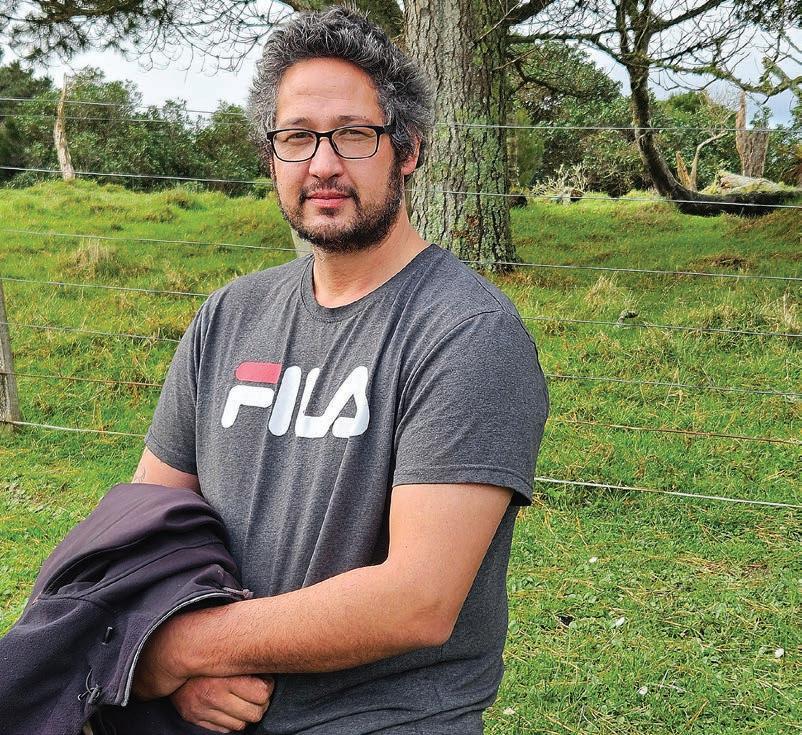
we need is a state highway. Our shipping is our handbrake.
“It’s a race against time and culture. If things don’t change the upcoming generations won’t stay, or come back from school [on NZ’s main islands] to the island.”
The Ministry for Primary Industries has recently come to the party and is working with the farming community under a new MPI-funded catchment group project, which will include overseeing the establishment
system, giving farmers hope of some reprieve in the near future.
The Chatham Islands do have their rewards.
The beauty of farming on the islands is most farmers don’t carry debt.
It’s a quiet life away from the mainland and everyone has a sense of community, and of being in charge of their own destiny.
NEXT WEEK: Farming on the


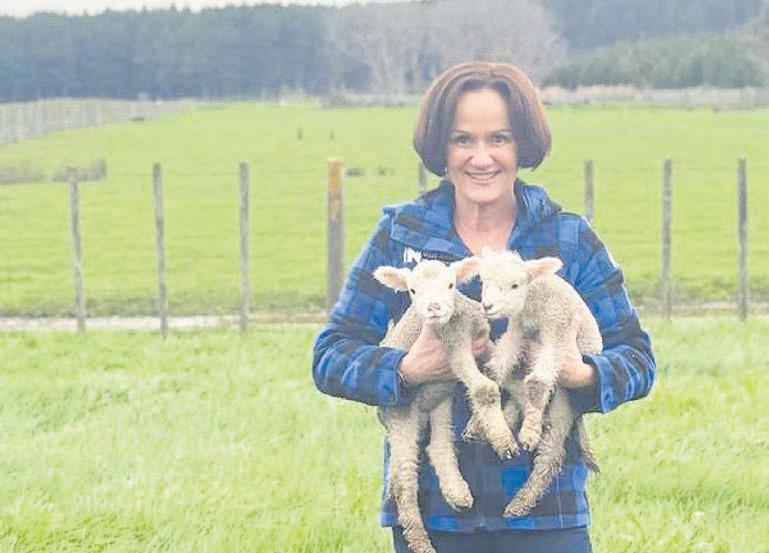
HIGHWAY: Hayden Preece says shipping is the handbrake. What the Chathams need is a ‘state highway’ – a reliable and capable shipping service to give farmers confidence to invest in their farms.
Photos: Annette Scott
Chathams
HARD YARDS: Farming on the Chatham Islands –you have to love it to survive it.
LIFELINE:
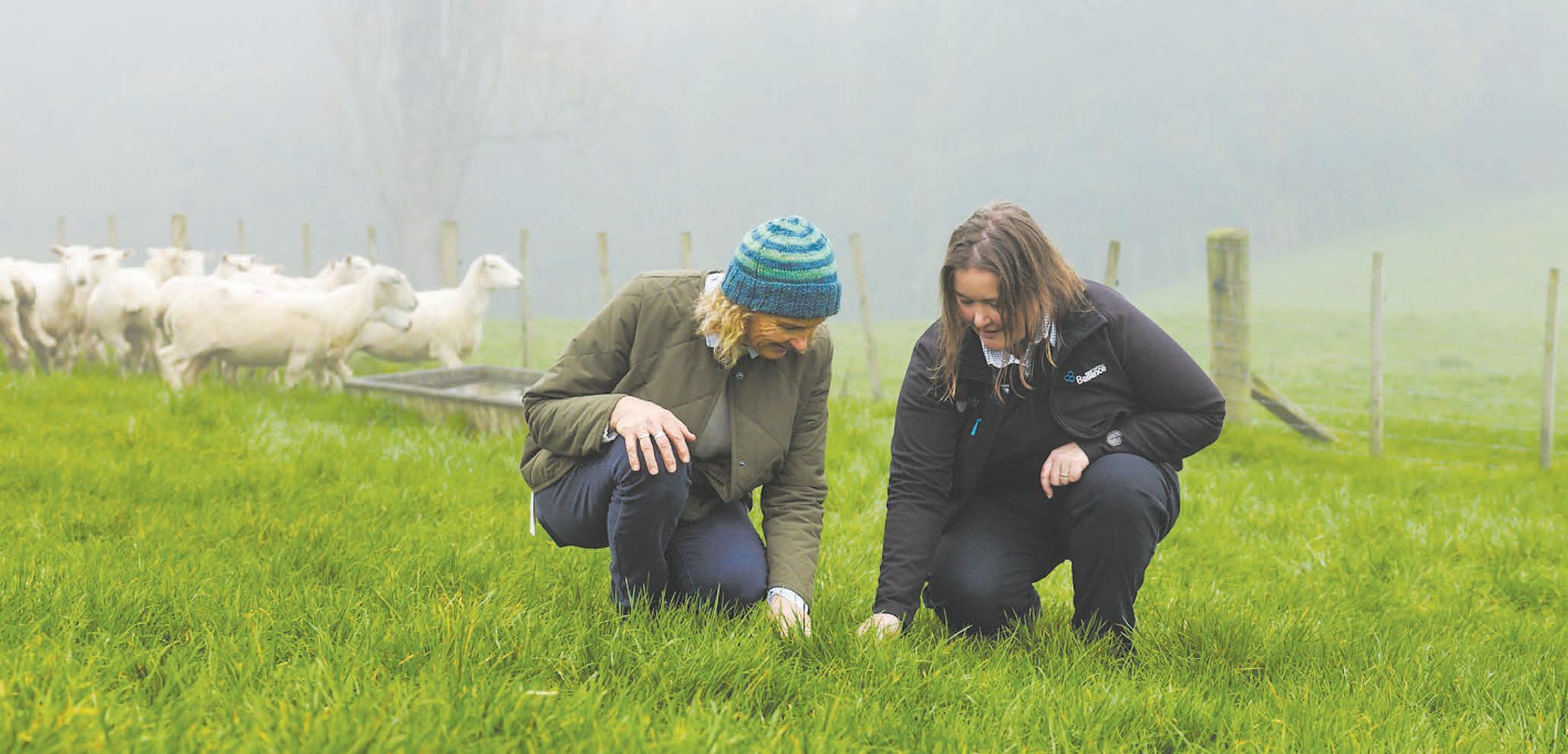
Chris & Louise K ay, Sheep & Beef Farmers “ We work with Kim to make the right calls early in the season.”

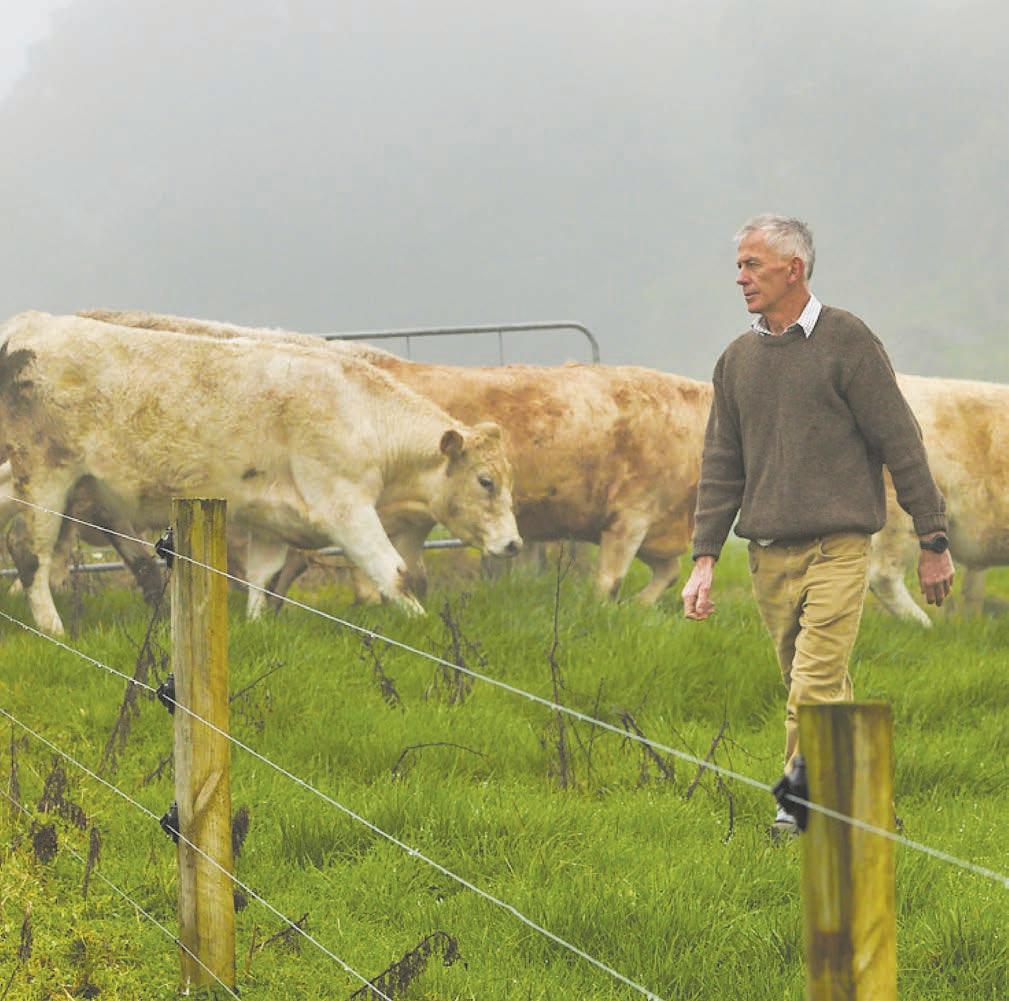
Chris
Ballance
Make it count by getting ahead this season. Have a chat with your Nutrient Specialist today.
Minister green-lights GM definitions for food

Gerhard Uys TECHNOLOGY Genetics
FOOD Minister Andrew Hoggard and his Australian counterpart have given the green light for New Zealand to adopt new rules around the definition of gene editing and new breeding techniques.
The decision follows a recent meeting between Hoggard and the Federal Minister on the group, Rebecca White.
Hoggard told Farmers Weekly that food safety ministers were unanimous in their agreement to make the changes.
The regulations have to be consistent between NZ and Australia because New Zealand’s genetic technology legislation will, once law, mirror that of Australia, he said.
“If we had pushed for anything else it would have ended with
labelling requirements not aligning, being more complicated and added to the cost of food,” Hoggard said.
New Zealand Food Safety deputy director-general Vincent Arbuckle said Australian and New Zealand food ministers have accepted Food Standards Australia New Zealand’s Proposal P1055.
Consumers can be assured that food will continue to be labelled as ‘genetically modified’ if it contains novel DNA, novel protein or altered characteristics.
Vincent Arbuckle New Zealand Food Safety
“Under P1055, food produced using new breeding techniques, including gene editing, that do not introduce novel DNA will
not need to be labelled as GM.
“One way to think of this is that new breeding techniques largely accomplish the same goals as conventional breeding techniques, but they do it faster.
“This means that the changes to the Australia New Zealand Food Standards Code under Proposal P1055 – including new definitions for ‘genetically modified food’ and ‘novel DNA’ – can go ahead in the code.
“The definitions will support consistent application of GM food safety assessments and labelling requirements.
“The new definition for GM food does not alter the overall regulatory approach to GM food and how it is labelled.
“Consumers can be assured that food will continue to be labelled as ‘genetically modified’ if it contains novel (or new) DNA, novel protein or altered characteristics.
“The changes to the definitions

RULES: When new rules around gene editing kick in, food produced using new breeding techniques, including gene editing, that do not introduce novel DNA will not need to be labelled as GM.
keep pace with scientific developments and better align with regulatory approaches internationally – including those in Canada, Japan, and England – ensuring foods are regulated according to the risk they pose.
“Currently, there is unlikely to be any food produced using new breeding techniques in the New Zealand market.
“Now that the ministers have
approved the proposal, [Food Standards Australia New Zealand] will notify the amendments to the code in the Australian Gazette.
“New Zealand will then follow an administrative process in order to adopt these amendments into New Zealand law.
“The timing for the completion of this process is expected to be in the next few months,” Arbuckle said.
Beef from dairy the key to unlocking value

A NEW world of breeding and selection is offering unique opportunities for New Zealand’s grass-fed systems to be a part of a data revolution in beef from dairy genetics.
Beef from dairy, integrating beef genetics with dairy, was the focus of a seminar hosted in Canterbury by Beef Producer Group partners Napier-based Rissington Cattle Company, processor Taylor Preston and dairy farming enterprise Southern Pastures.
The seminar shared cuttingedge insights on beef genetics, sustainability and the growing role of beef from dairy integration helping farmers unlock more value across the value chain.
Rissington has been active in beef genetics for crossing over dairy cows in NZ since the 1990s, working directly with dairy farmers, meat processors and genetic distribution partners.
Until recently commercial uptake has been gradual, but the uptake of beef from dairy is now ramping up with opportunities that the beef sector “should not let pass us by”, Rissington owner director Jeremy Absolom said.
“Through our lens this will benefit dairy farmers and everyone in NZ’s beef supply chain.
“We have a relatively small beef herd, mating 1 million cows a year, and a herd of 6 million dairy cows; we need our own unique solutions.”
Given that NZ, unusually, has a very large dairy herd relative to the beef herd, the beef from dairy opportunity in NZ exists as a significant opportunity with large players like Southern Pastures building beef as a coproduct now
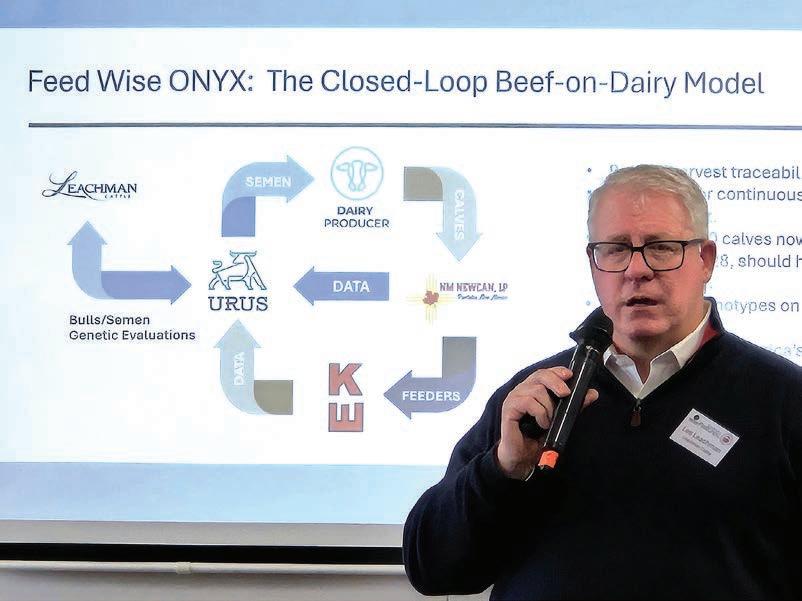
rather than a byproduct.
“With scale our traditional beef spot market trading model falls to bits very quickly, hence the need for a more integrated approach which has ramifications for all in the sector.
“Like it or not the dairy sector leads the grass-based pasture sector in technology with beef coming up in that space.
“We see the dairy industry leading beef because the scale of production is very best and there is wonderful opportunity to create continuous improvement as we go.”
Keynote speaker Lee Leachman, chief executive of Leachman Cattle USA, said the industry is in the midst of a beef central data revolution.
Leachman Cattle runs one of the United States’ top seed stock operations focused on profitdriven genetics.
The US beef market is driving global demand and pricing and
Leachman is one of the leaders in beef improvement. He said new technology, along with integrated beef from dairy, is changing the landscape in the US.
“Cattle prices are good. Beef demand is at a record high. People
ask what is going to happen. Prices go up, so they will come down.
“The focus is better cows in a better world – building better genetic programmes to produce cows to drive farmer profitability.
Those are our drivers.
“Cattle that eat less and gain more are the winners.
“We are combining forces to get big data for better services and better systems, really focused on output, with indexes very much driven by profitability – and with genomics we get a much better handle on profitability.”
The reality does mean that the heifer that comes in best on sight may come in with the worst index.
Profit Maker, a new composite private label breed, composed of multiple breeds and bred in the US by Leachman and in NZ by Rissington, “nicks well with Kiwi cross dairy cows”.
“No other breed is selected with such a singular focus on profit.
“Breed is just a tool, not a religion, just a tool. The philosophy is to make money as fast as we can.”
Leachman acknowledged there are also challenges but the strategy is less about playing by the rules and winning, and more about creating new rules and not losing.
We are combining forces to get big data for better services and better systems, really focused on output.
Lee Leachman Leachman Cattle USA
Taylor Preston chief executive Simon Gatenby said the processor serves “small but wealthy markets” working with a focused low carbon producer group programme.
The objective is to build, validate and brand a programme of highquality beef production for NZ’s specialist beef herd while growing beef supply from the national dairy herd that provides an economic return to all parties in the supply chain and delivers a product that resonates with the consumer.
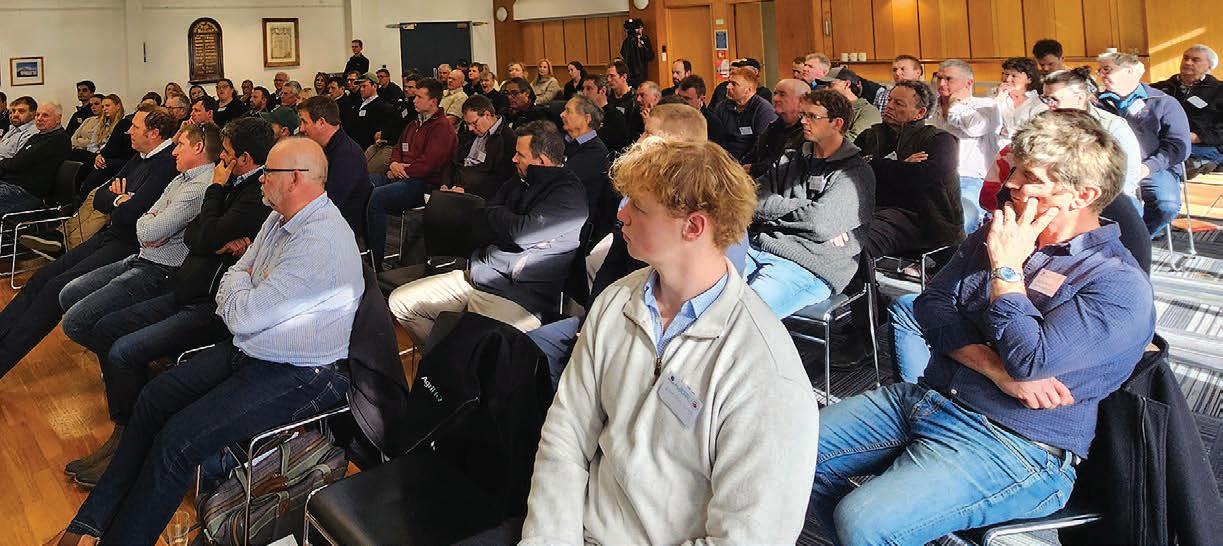
Annette Scott NEWS Breeding
RELIGION: Lee Leachman says breed is just a tool, not a religion. The strategy is more about creating new rules and not losing.
Photos: Annette Scott
GOOD CROWD: More than 80 farmers and industry representatives turned out for the beef seminar highlighting the growing role of connecting beef and dairy genetics.
Hort sector braced for serious fee threat

Richard Rennie NEWS Horticulture
ORTICULTURAL
Hindustry players say New Zealand’s competitiveness in the global fruit and produce sector is seriously threatened by the government’s proposed increases in plant variety rights fees.
Administered by the Ministry of Business Innovation and Employment (MBIE), plant variety rights (PVRs) grant plant breeders exclusive control over the commercial propagation of a new plant cultivar they have created or imported.
Estimates are the rights bring over $3 billion of economic benefit a year through PVR protected plants delivering higher economic benefit and value to their sector.
But the industry is now facing the prospect of fee increases that could quadruple the annual fee paid to have the PVR protection.
When combined with additional problems over import health standards for specific crops, increased customs fees, and lengthy quarantine delays, the costs put NZ among the most expensive countries in the world to import or develop a protected crop.
Andy Warren, director of specialty importer Bloomz, told Farmers Weekly the proposed hike in PVR fees only adds to the ballooning cost of bringing in new cultivars. He cited apple varieties costing almost $150,000 when including quarantine costs, before PVR payments even kick off.
“Breeders used to bring in
multiple cultivars to see which would perform best, but this has simply become too expensive now. If we are to continue to innovate and improve crops, you need that variety.”
His concerns are echoed in a BERL report commissioned by MBIE in late 2023 that explored the economic and public good benefits of PVRs to NZ.
It was done to help determine the likely impact of hiking PVR fees to full cost recovery levels.
MBIE is required by year’s end to have a new recovery fee regime in place. It’s report was wary of recommending a full funding model.
Breeders used to bring in multiple cultivars to see which would perform best, but this
has simply become too expensive now.
Andy
Warren Bloomz
It found fees would have to be at least doubled to recover costs, leading to an estimated 50% decline in PVR applications.
It cited fewer innovative cultivars imported, lower profits to growers, less genetic variety, and a loss of NZ’s international competitiveness.
Warren said the move flies in the face of government goals to double exports in 10 years.
“The reality faced by the sectors tasked with achieving that is this will not help achieve that goal.”
Tony Hendrikse, general
manager of NZ’s largest seed potato supplier, Eurogrow, said there appears to be more pressure on government departments to focus on cost recovery.
“And we must be a price taker and cannot negotiate.
“Indications are PVRs are going to go through the roof. Annual fees are going to go from $365 a year to $2000 per cultivar. It pushes the cost to over $60,000 from $13,500 for the crop’s protected period.”
He confirmed there had been “terse feedback” to the PVR office on this.
“And we simply won’t be able to afford to bring in multiple varieties to trial – yet only one in 10 may be successful.”
Industry players with global experience agreed that, when quarantine and customs costs are added in, NZ will become the most expensive country in the world to import new cultivars to.
A prominent fruit variety importer told Farmers Weekly that global producer market demands are shifting faster than ever, driven by growers’ crop choices under climate change, and consumers’ shifts in tastes.
“We need to retain our market position. That must be fought hard, and PVRs are one of the ways to do that.”
He said NZ’s genetics pipeline also risks being emptied domestically.
“Your genetics become very inbred quite quickly.
“For example, crossing Royal Braeburn and Gala, they all become pretty much the same eventually without new genetics introduced.”
Red meat sector counts

THE imposition of a 10% tariff on New Zealand red meat exports to the United States has more than doubled, to $367 million, the total tariffs paid by exporters selling to that market.
A report by Beef + Lamb NZ (BLNZ) and the Meat Industry Association (MIA) on trade barriers notes that in 2024 meat exporters faced $155m in tariffs, but the imposition earlier this year of a blanket 10% tariff by US President Donald Trump has more than doubled that figure.
The report, Barriers to International Trade, which was released at the recent Red Meat Sector Conference, calculates that globally non-tariff barriers cost meat exporters $1.5 billion a year.
While sanitary and phytosanitary measures are necessary, the report notes that when applied in ways that are not scientific or transparent, they can become barriers.
“A recent example of the poor design and implementation is the
European Union’s deforestationfree supply regulations.”
The regulation, which comes into force on December 30, requires exporters of products including beef and leather to prove its production did not come from areas that have been deforested.
NZ has argued that we should be exempt given our strong environmental credentials, and the Beef Central news website
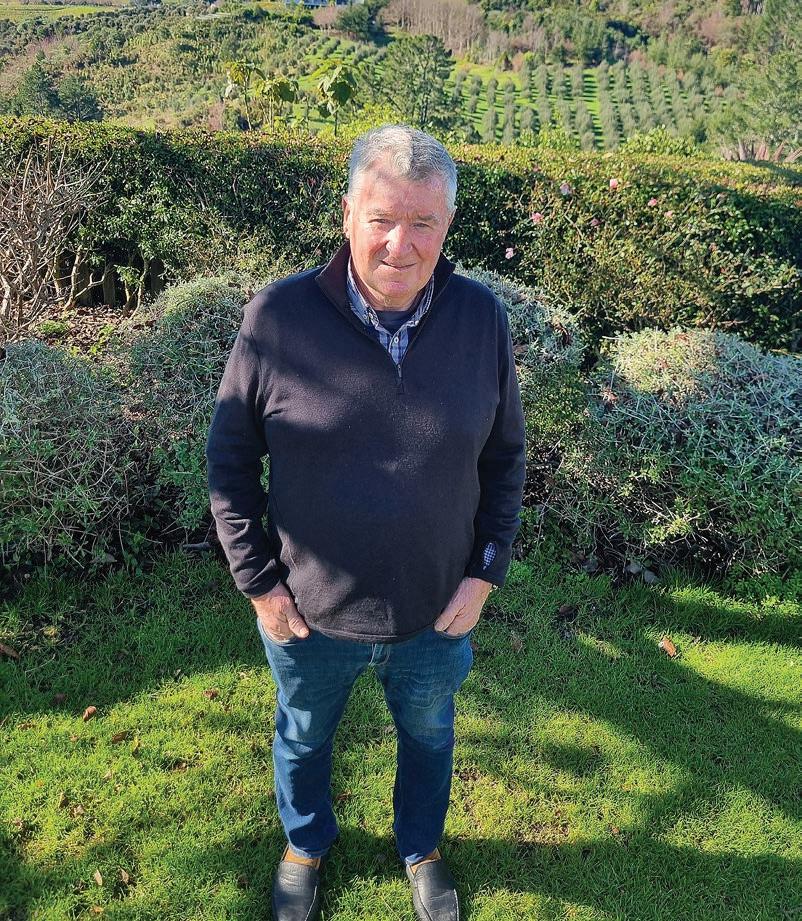
costs.
IPONZ confirms fee review

Richard Rennie NEWS Horticulture
GABY Cowcill, manager of science patents and plant variety rights at Intellectual Property Office NZ confirmed the office is undertaking a review of PVR fees, but said it was still in the early stages with no decisions having been made.
“Fees were last reviewed in 2022 as part of the new PVR Rights Act 2022.
“It was noted there was a shortfall between the fees collected and scheme costs and
indicated the current fee review would take place.”
Any fees update would require cabinet approval and public consultation.
“However, IPONZ has begun some targeted engagement with stakeholders on fee options. Options will be developed based on the feedback from engagement and how concerns from the stakeholders can be addressed.”
She said applications for PVRs can fluctuate year by year. Financial year 2024-25 had 91 applications, compared to 125 the year before, and 98 the year before that.
the cost of new tariffs
reports that 18 of the EU’s 27 member countries have written to the European Parliament seeking changes to those regulations.
NZ officials say they are still negotiating with the EU.
Non-tariff barriers can also include onerous inspections of premises, complex and inconsistent requirements for halal certification and audits and prescriptive and onerous labelling and import checks.
A second document, a strategy, Our Pathway to Growing Value, was also released at the conference. BLNZ chief executive Kate Acland said it shows that our reputation for producing safe and sustainable food is our most valuable export asset.
“The new strategy focuses on improving competitiveness by lifting farm level productivity, telling the story of our low environmental footprint and
ensuring there is an enabling regulatory framework allowing headroom for growth,” Acland said.
It also seeks to take advantage of NZ’s long-standing trade relationship with China, growing value through new market opportunities and creating more value from the carcase.
ASSET: BLNZ chief executive
Kate Acland says New Zealand’s reputation for producing safe and sustainable food is the country’s most valuable export asset.
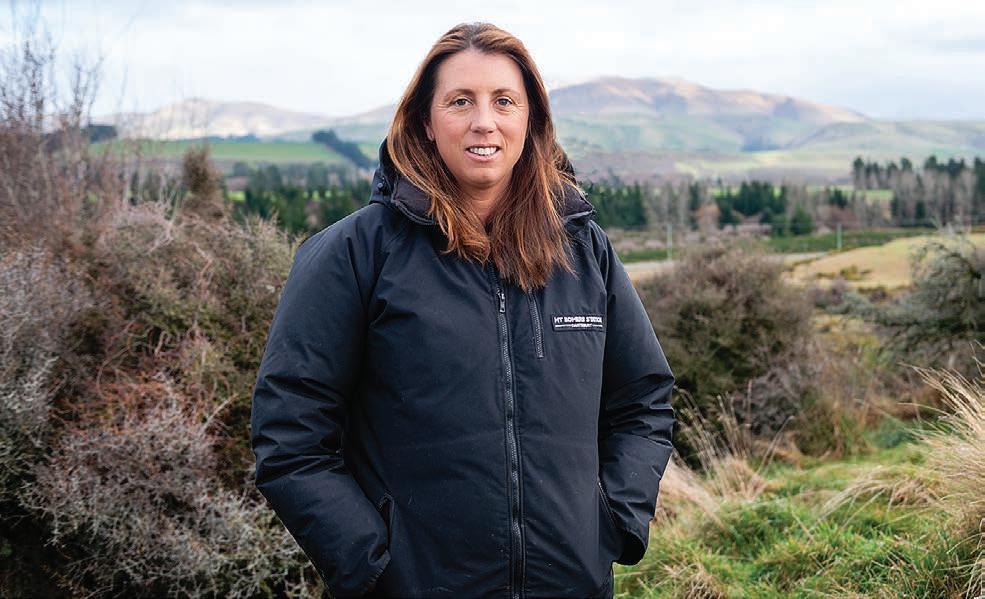
Part of that includes developing a voluntary definition for grassfed, which, after verification as meeting a standard, exporters can display as a certification.
The new strategy focuses on improving competitiveness by lifting farm level productivity, telling the story of our low environmental footprint and ensuring there is an enabling regulatory framework allowing headroom for growth.
COMPETITIVE: High value crop importer Andy Warren says NZ’s ability to compete globally in the horticultural sector will be compromised by higher PVR
Neal Wallace MARKETS Trade
Kate Acland Beef + Lamb NZ
Fonterra farmers back Hurrell on butter

Gerald Piddock NEWS Fonterra
FONTERRA Co-operative
Council chair John Stevenson has come out in support of chief executive Miles Hurrell after the co-operative was grilled on the high global price of butter.
Stevenson, who chairs the council that represents the views of farmers who supply Fonterra, said Hurrell did a good job in explaining the reasons there are strong global prices.
“I’ve heard from a lot of farmers that support Miles and his team to do a good job on behalf of farmers.
“Returns are strong at the moment, but if things go the other way, as farmers and owners of Fonterra we’re always keeping a close eye on Fonterra’s performance and will hold them to account for that.
“The global market goes up and down and Miles has done a really good job in explaining the influences on global dairy prices.
“It’s important to remember that there are both ups and downs and we feel the downs pretty acutely.”
Hurrell fronted the media in Christchurch after meeting with Finance Minister Nicola Willis, when butter prices were discussed.
Hurrell sympathised with households feeling the pinch but said price increases were a reflection of supply not being able to keep up with demand.
Hurrell was reported on RNZ as saying that for a block of butter at the supermarket, roughly 80% of the price is determined by the international market.
Stats NZ data shows the price of a 500g block of butter rose 46.5% in the year ended May.
Asked if Hurrell or Fonterra’s board could have been more proactive about the high cost of butter, Stevenson said:
“Fonterra is owned by farmers and we are really clear in our expectations that we want the board and the management team to deliver strong returns and a strong milk price so we can be viable as our own businesses.”
While the current high prices could be seen as evidence that their strategy is working, he cautioned that they are always just one GDT event away from prices falling again.
“As farmers we have to deal with our own uncertainty in our businesses and manage it accordingly. I think strong butter prices – that’s a good news story for our farmers, a good news story for our regional economy, but I acknowledge it presents some challenges at the supermarket.”

We have seen our fair share of times where returns haven’t covered our costs of production.
John Stevenson Fonterra Co-operative Council
He also does not believe it has led to any loss of social licence among the wider public, given that the industry plays such a key
role in the regional and national economies.
He pointed out that just two seasons ago, farmers made a cash loss and confidence was at an alltime low.
“The market isn’t always strong and we have seen our fair share of times where returns haven’t covered our own costs of production and farmers haven’t made any money. That’s the reality of exporting 95% of your product overseas.
MOVEMENT: Fonterra Cooperative Council chair John Stevenson says it’s important to remember that there are both ups and downs in the dairy industry –and farmers feel the downs pretty acutely.
“Farmers are consumers as well and there’s not too many that are making their own butter.”
The shopping bill for them is also much larger than what it used to be.
“It is tough when you go grocery shopping at the moment.
“That’s not just a dairy story, there are plenty of other products that have risen significantly in cost.”










































Photo: Pexels
Trimmed Bremworth refocuses on sales

Hugh Stringleman NEWS Food and fibre
THE restyled Bremworth listed carpet company has changed strategy, lost five directors and five executives and begun the 2026 financial year in better shape, chair Rob Hewett says.
Six months of restructuring since February won’t have helped its financial results for the year to June 30, 2025, due out in late August.
A boardroom upheaval led by Hewett and an intention to return to manufacturing some synthetic carpets, repudiating the woolonly branding since 2020, are the two biggest upsets for Bremworth.
In March Hewett led a group of dissatisfied shareholders, including those with links to the founders of the company, to changes directors and gain boardroom control.
They parted company with chief executive Greg Smith, followed by the resignations of four senior executives on a monthly timetable since.
The critics said Bremworth had not delivered the revenue, margins and profits expected by shareholders from the woolonly strategy adopted five years ago.
“I understand that investors ran out of patience and needed to see some action,” Smith said after his departure in April.
Three directors resigned in March and the remaining two originals, former chair George Adams and John Rae, resigned in early July.
Has Bremworth cut too much into its institutional strengths and resources?
Hewett said the announcement of the reintroduction of synthetic carpets in May was the catalyst for the executive resignations of chief brand and product officer, chief operating officer, chief financial officer and general manager of sales.
There was not a plan behind their departures except cost saving where needed, nor are their roles being filled right now.
Carpet specialist Craig Woolford is acting CEO, Victor Tan has returned as company secretary and acting CFO and Caio Diehl has a vital role as general manager of manufacturing and IT.
We have the people needed to take the company forward now that the change in direction has been achieved.
Rob Hewett Bremworth
“We have the people needed to take the company forward now that the change in direction has been achieved,” Hewett said.
“George and John stayed on the

board to bridge the gap between the old strategy and the new, and now their task is largely completed.
“Craig has significant carpet manufacturing experience, both woollen and synthetic, in Bremworth and other companies.”
Hewett said the reinstatement of the yarn-making process at the Awatoto plant in Hawke’s Bay –damaged in the floods following Cyclone Gabrielle in 2023 –restores a very important part of Bremworth’s manufacturing abilities.
“The complexities of making yarns for the types of Bremworth carpets cannot be underestimated.”
Hewett is also chair of
WoolWorks, a privately owned wool scouring business located at Awatoto.
“When we outsourced yarn during the rebuilding of Awatoto the supply lines were longer, our inventories had to be larger, and the quality was variable.”
The move back to synthetics is clearly at odds with Greg Smith’s strategy.
“I admire the wool-only strategy, but it needed a fair wind and everything right to work.
“The reality was that covid and the cyclone cut that fair wind.
“We had too little sales volume and too much fixed costs.”
Hewett said that reinvigoration of sales is critical, as is delivering what the big carpet retailers
VITAL: Rob Hewett says the reinstatement of the yarn-making process at the Cyclone Gabrielle flood-hit Awatoto plant in Hawke’s Bay restores a very important part of Bremworth’s manufacturing abilities.
want, both wool and synthetic.
Bremworth has a strategic review underway, begun by the old board of directors, and the results will be communicated to shareholders later this year.
“The platform has been set for the new financial year [2026] and the changes we have made will be appropriate for whatever direction emerges from the review recommendations.”
Hewett said the status quo will last until that completion of the strategic review process and then shareholders will be consulted on the size of the board and the recruitment of senior executives.
“We have retained the skill set critical to the business.”
Visa scheme could give biodiversity credits a golden glow

Richard Rennie NEWS Environment
ENTRY to New Zealand for highnet-worth individuals under this country’s Golden Visa scheme could include the option of putting funds into biodiversity credits and projects, says Associate Agriculture Minister Andrew Hoggard.
Hoggard announced in June that the government would investigate the merits of landowners earning biodiversity credits.
Nine pilot projects around the country are under the spotlight for government officials to better understand how such a scheme could work.
NZ’s Golden Visa scheme, officially the Active Investor Plus Visa, allows wealthy individuals to gain residency through investment across two investment categories. They are a $5 million growth investment and $10m “balanced” category.
“There could be an option there to spend x million in business and x in different projects – this could well be such a project,” Hoggard said.
He said biodiversity credits may also provide overseas companies with the opportunity to highlight their green efforts, with New Zealand well placed to capitalise on that.
LEARNING: Pāmu’s chief sustainability and risk officer, Annabel Davies, says high integrity biodiversity markets are still very nascent, with much to be learnt about measuring and valuing biodiversity.
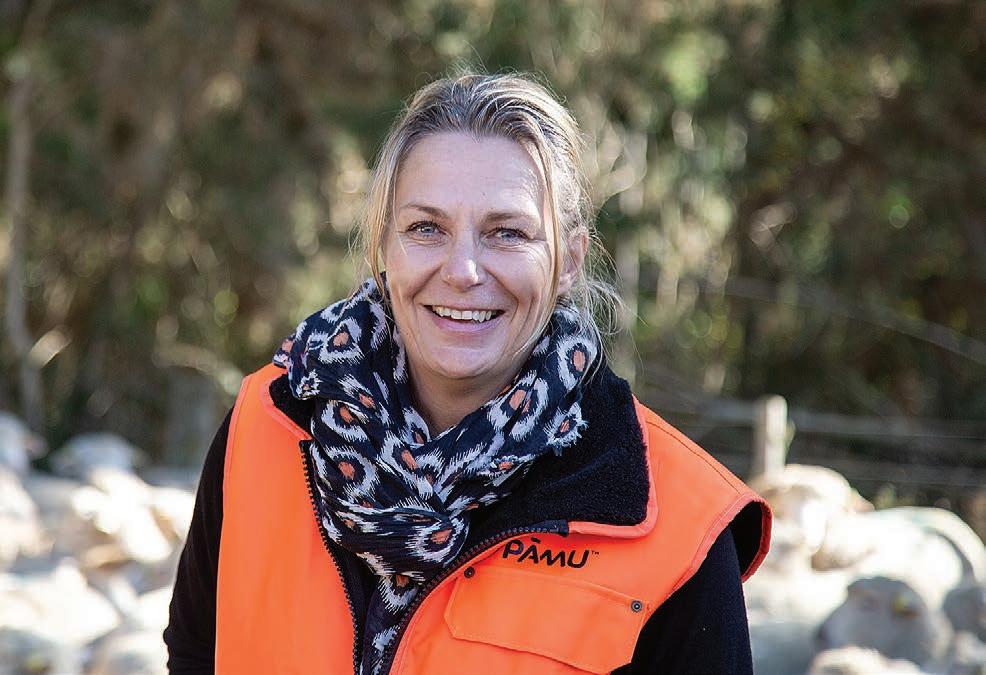
“If you take NZ compared to the rest of the world, then we have a pretty good story to tell in this respect,” he said.
But the government has also been cautioned that such a scheme has multiple challenges, and also accused of using it to divert public funds away from conservation efforts.
Multiple conservation funds have been eliminated or significantly reduced in the past few months.
Hoggard confirmed the government is wary about putting money into a scheme but he
believes there are other ways to generate revenue to kick one off.
“There are other things we can do than just throw money into such a project. My preference is to work out what our role is to create a framework for a market.”
He said the government is moving at pace on the scheme, intending to review the studied pilot schemes early next year with final decisions on its framework made before the election.
Pāmu is one of the entities whose biodiversity pilot scheme the government is studying.
Pamu’s chief sustainability and
risk officer, Annabel Davies, said high integrity biodiversity markets are still very nascent, with much still to be learnt about measuring and valuing biodiversity.
“A unit of carbon is relatively easy to measure. Not so simple with biodiversity.
“What we are seeing is potential for increased value gain if naturebased carbon removal underpins the offering. Projects with cobenefits could be anything from increasing habitat for endangered species to improving local water quality or community job creation.”
A unit of carbon is relatively easy to measure. Not so simple with biodiversity.
Annabel Davies Pāmu
She said the nine pilot schemes will all reveal valuable insights, and account for increasing demand for measurement, transparency and auditability.
“But for us at Pāmu, our driver must be absolutely commercial.
“We already attain carbon removal premiums through Silver Fern Farms and we see such schemes becoming more granular, extending into other aspects of farm operations like animal and staff welfare for example, in the future.”
She noted trying to submit a project for an international credit market was a challenge and explained why the likes of Australia and United Kingdom had set up their own nature credit markets.
Pāmu has 10,000 hectares of land retired into QEII covenants and Davies said like other farm owners, Pāmu would like to see farmers’ efforts commercially valued. She does not see biodiversity credits becoming a gold mine for making easy money.
FROM H UMBLE ORIGINS TO SUCCES S SPANNING OCE ANS
It ’s a job that allows you the oppor tunity to fish in the most beautiful par ts of New Zealand remote, wild and in abundance of natural beauty Fiordland Lobster Company is a locally owned business, working with more than 80 fishing families from all over Aotearoa New Zealand They share a common goal: create a better, more sustainable future for the business and the industr y.
From the remote southern coastlines of Aotearoa, to dining tables in China, Fiordland Lobster Company has placed New Zealand firmly on the map for its commitment to delivering high quality, premium produce. This international supply chain demands a par tner that understands ever y thing from strategic
acquisitions to smoothing seasonal cashflow. ASB has backed Fiordland Lobster Company for over eight years with suppor t and critical advice, like bringing in new shareholders to enable sustainable grow th .
Early in the relationship ASB reacted quickly to put additional funding in place to allow for more business acquisition, as well as creating a unique trade finance solution to help manage seasonal cashflow over the fishing season .
ASB’s par tnership with Fiordland Lobster Company runs deep from the boardroom to the whar f. We’re backing a New Zealand business that ’s as ambitious as it is sustainable








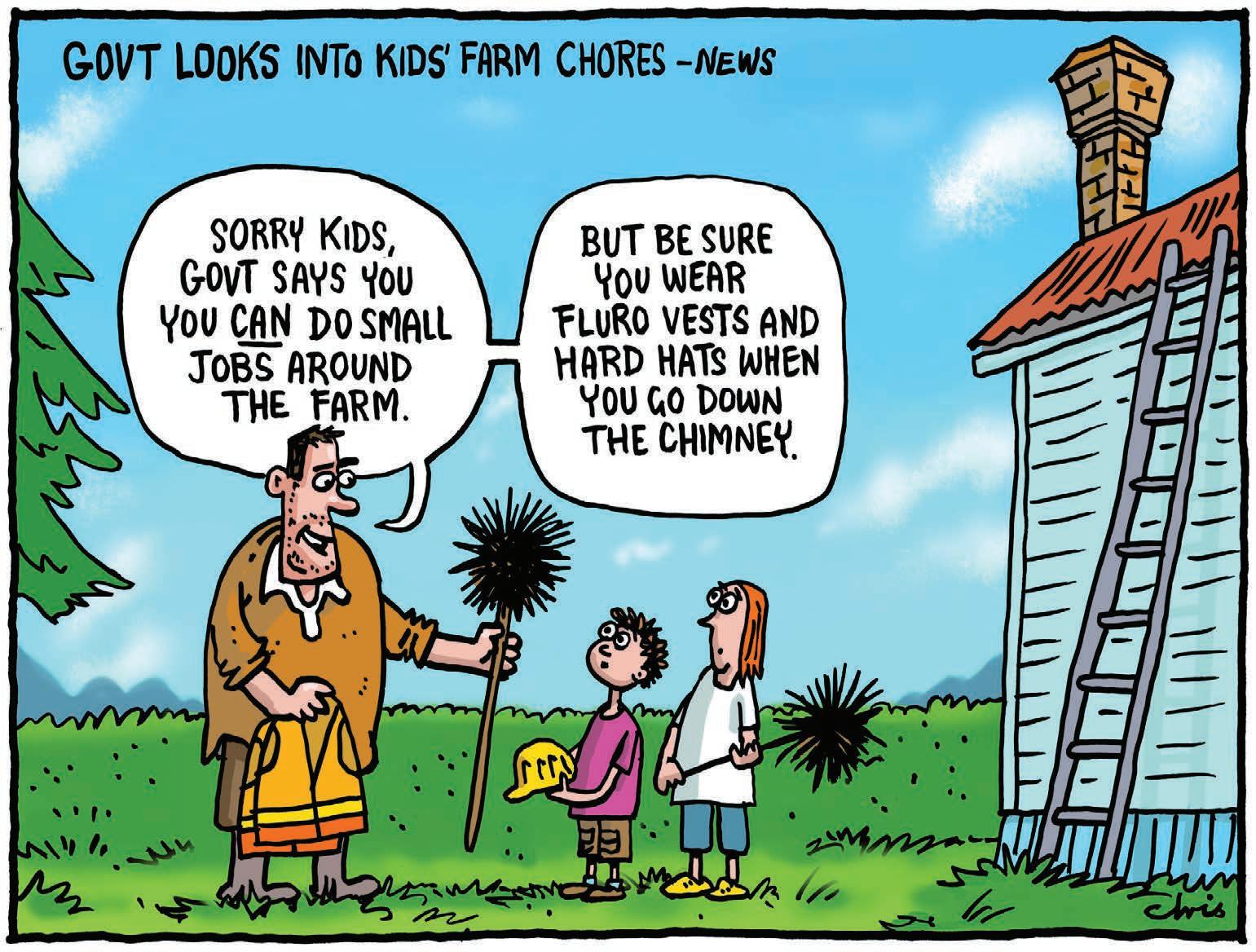
From the Editor
Farm safety needn’t be such a chore

Craig Page Deputy editor
ARE guidelines really needed to ensure children are safe while collecting eggs from the chook run or feeding their pet lambs?
Cue a collective groan from the farmhouses of New Zealand.
Workplace Relations and Safety Minister Brooke van Velden has announced she wants to discuss the thresholds for light chores children can do on farms as part of a review of farming health and safety regulations.
“We’ll be consulting with farmers and the agriculture sector on the thresholds for light chores children can do on farms, like collecting eggs, feeding small animals and watering plants, while ensuring safety is not compromised,” Van Velden said.
At the moment anyone aged under 15
must not be present in a workplace or undertake work that is likely to harm their health or safety, including lifting weights or helping with or working with machinery. An exemption exists for children aged 12 to 16 driving a tractor for agricultural work, provided that person is fully trained or being trained.
There is a feeling in the sector that the guidelines are a bit vague and Van Velden wants to ensure there is more clarity around them – hence the review.
She argues farmers know their farms, and the risks that come with farming life, better than anyone, so it makes sense to involve them in discussions.
For the many children growing up on farms throughout the country, working from a young age is a way of life.
In fact, the ability for everyone to pitch in at important times of the year is often vital to the successful running of a farm. More importantly, many children demand to be involved in the family farming operation – it is all part of living on the land.
Van Velden’s references to collecting eggs and feeding small animals have grabbed much of the headlines and caused mirth among opposing political parties. Labour leader Chris Hipkins described it as a policy in search of a problem.
But, to be fair, that is just small part of what is being proposed.
The review will also look at developing
Approved Codes of Practice (ACOPs) for farming and forestry in a bid to provide farmers with clearer guidance on overlapping duties and responsibilities.
One ACOP will focus on farm vehicles and machinery, covering the safe use of quad bikes, tractors, light utility vehicles such as side-by-sides, and two-wheel motorbikes, as well as farm machinery.
From January to December last year, there were 16 fatalities recorded on NZ farms.
For the many children growing up on farms throughout the country, working from a young age is a way of life.
Rural Women New Zealand welcomed the review, saying the proposed changes to onfarm health and safety rules recognise what rural families have been saying for years.
National president Sandra Matthews said rural women, who often juggle roles as caregivers, farmers and business operators, have long understood that farms are both a business and a family home.
“It is impossible to divorce the two and the government’s reforms appropriately recognise this.”
Once the egg-collecting, animal-feeding hoopla has died down, common sense around regulations should prevail.
Have your say at farmersweekly.co.nz/poll Does the government need to legislate what chores children can do on family farms?
LAST WEEK’S POLL RESULT
SIXTY percent of voters believe it has not become any easier over the past year to attract staff to the sector.
Of those who responded, many thought there were not enough training opportunities for prospective staff. “For those wanting to get into food and fibre, there just aren’t enough opportunities or pathways open to them,” one said.
“Lots of kids [are] doing Ag at school with nowhere to go beyond that. The sheep and beef sector is shrinking rapidly so less employment opportunities there. We need a continuous flow of good young people.”
Another felt it was not difficult to attract workers to rural jobs but the real issue is retaining staff. Another believed more needs to be done to encourage prospective staff to move to rural areas. One person felt outdated supply chain models, particularly in the wool sector, are slowing down employment options for young people.
Last week’s question: Do you think it has become easier to attract people to work in the food and fibre sector over the past year?


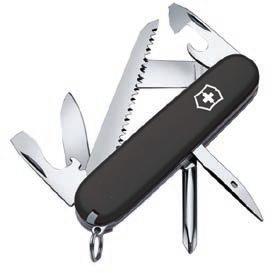
Lessons from Elephant Eaters: Bill Garland
In this series, the regular Eating the Elephant contributors ask big questions of food & fibre New Zealanders with a history of taking on big challenges.
SUE and Bill Garland farm 430 hectares on the western slopes of Maungatautari,18km south of Cambridge. Bill reckons he is one of the most privileged farmers in New Zealand. Through his involvement with the QEII National Trust and Ballance Farm Environment Awards, he has seen many of NZ’s best examples of land stewardship.
Why did you choose a life in food and fibre?
I grew up on a small dairy farm at Pukekura on the outskirts of Cambridge. Like most country kids, I learnt the rhythm of farm life from a young age. My parents had a go at breeding thoroughbreds. Thoroughbreds are a way to either get rich or to get bad luck. They got bad luck. I left school to milk the cows when my father, who had arthritis from childhood, convalesced from a hip operation. On reflection, growing up on a property that is part of NZ’s farming history, learning the disciplines of farming from a young age and feeling the sense of achievement that comes from breaking in land, all contributed to my direction in life.
What are you most proud of and why?
Marrying Sue. Having a support-
ive partner who shares the same values is at the top of the bucket list of life. As a recently married couple, Sue and I bought a property in 1969 and have been there ever since.
What is something unusual about yourself that you love?
Our property has a number of features that have a daily impact on the way we farm. Most of the land is within an outstanding landscape area, which comes with a bunch of rules.
Science is now telling us that all the energy we have put into improved pasture species... hasn’t done anything to improve its resilience.
There are several sites significant to Māori, 14 SNAs, 50-plus wetlands, seven QEII covenants, over 10km of waterways and 8km of pest proof fence with Maungatautari.
As a consequence, we have to manage our farming business to accommodate the use of the farm by others.
This brings challenges, but also opportunities. We try to front foot regulations and take the view that
a bad day is when we don’t learn something from those coming onto the farm.
What is the best investment that you’ve ever made (time, money, energy, product, etcetera)?
Apart from the engagement ring I bought Sue with the proceeds from a barley crop?
It has to be the decision to have every gate on the farm easily opened by our primary schoolaged children.
At the same time, we decided to put all-weather access into every paddock and upgrade our tracks to a minimum of 15km-an-hour standard.
What two books changed your life and why?
Our local bookshop used to stock UK farming publications. In one there was a survey on what top performing farmers had in common.
It found that while top performers are all a bit different, all thought it imperative to do the small things on time, every time.
I enjoyed The Shepherd’s Life by James Rebanks. Based on his life as a sheep farmer in the Lakes District in the UK, the book talks about the people’s relationship with land and community.
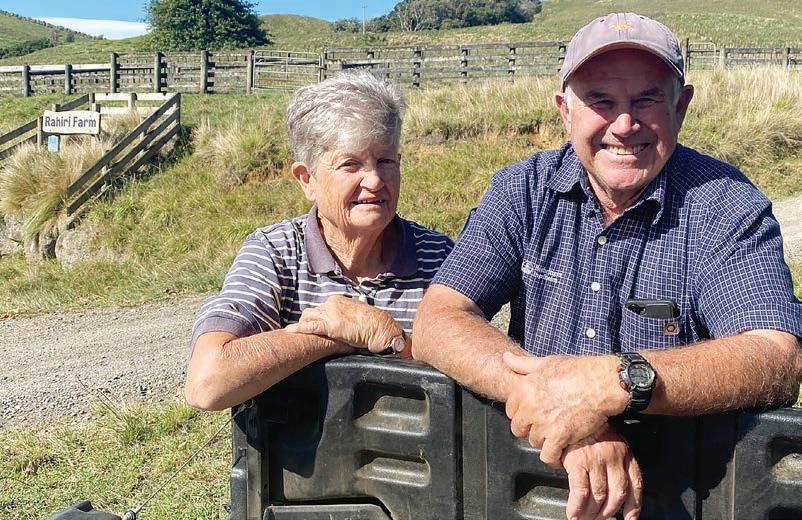
In an interview with the BBC Rebanks said, “People think that travel broadens the mind. I think a focus on and love for one place can make a person rather sensible, decent and wise.”
What advice would you give to a young person today?
Having worked in the environmental space since the early 1980s, most of the requests we get for advice relate to the environment. Aside from always pointing out the mistakes we have made, we do have a few takeaway messages for others:
• Environmental redesign of a property is a marathon not a sprint.
• Do the planning and groundwork, such as weed removal, before planting trees.
• Think about what you want the area to look like in 20-plus years’ time and plan to making maintenance as easy as possible.
• Try to build in economic
benefits. If we didn’t, we would not have achieved what we have.
• Get fresh eyes to look at what you are proposing. They often see things you don’t.
• Only take on as much as you can easily manage.
What will the food and fibre sector of 2040 look like?
Clearly the use of technology will improve the efficiency and productivity of hill country farms.
Science is now telling us that all the energy we have put into improved pasture species –using more nitrogen and better utilisation of the grass we grow –hasn’t done anything to improve its resilience. In many cases, it has done the opposite.
I also think a mosaic effect of regenerating native vegetation, timber production trees and more concentrated use of different soils, aspects and microclimates that characterises hill country will become the norm.
Butter beat-up leaves me cold (and salty)
Meaty matters
to blame for the high cost of living.
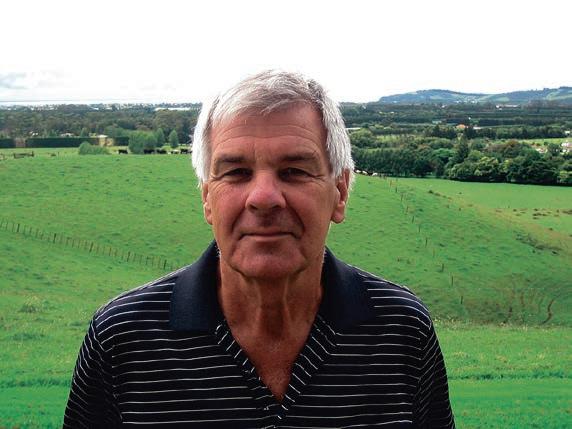
Allan Barber
Meat industry commentator: allan@barberstrategic.co.nz, http://allanbarber.wordpress.com
THE media fixation on the price of butter makes me think there’s nothing else of importance happening in the agricultural space. True, it’s the low season for primary production – but there are still a number of important things happening in the real world, some of them really positive.
The sheer amount of whingeing about the butter price and the government’s inability to do anything about it makes me wonder if the popular media really can find nothing better to publicise than the aggrieved reactions of people who must find something
That anybody could possibly imagine a conversation between Finance Minister Nicola Willis and Fonterra CEO Miles Hurrell would have produced anything other than a statement of the facts determining the butter price is absolutely baffling.
There is so much that is positive about high prices for our exportdestined primary produce, not least the contribution to New Zealand’s GDP and balance of payments, but unfortunately these aren’t sensational enough to gain the attention of readers, listeners or viewers.
The other main topic guaranteed to produce a strong reaction, bordering on fanaticism, is agriculture’s unavoidable contribution to climate change and seemingly slow progress towards meeting emissions reduction targets.
The fact that methane is a relatively short-lived gas with emissions reducing because of decreasing livestock numbers fails to gain traction with the public.
Few mainstream media interviewers are prepared to do the hard work involved in researching the true facts, as it is much easier to pander to those who propound a popularly held, if ill-informed, viewpoint.
The important topics attracting
attention include the impact of tariffs, improving trade relationships, sustainability of commodity pricing (which I confess to doubting in a recent column), belief in the potential for increased dairy and meat production, processing capacity rationalisation, carbon farming and regional economic growth.
United States President Donald Trump’s real or threatened tariffs on a wide range of countries so far appears to have benefited New Zealand’s export prices and trade relationships.
The free trade agreement with the United Arab Emirates, FTA negotiations with India, and Canada’s sudden agreement to honour its obligation to remove quotas on our dairy pro-ducts under the terms of CPTPP are all recent trade successes.
Our trade relationships with China, the European Union and United Kingdom are flourishing in the new environment of uncertainty where countries other than the US wish to insulate themselves against Trump’s heavy-handed attempts at bullying.
In addition, our trade with the US is bolstered by strong demand for our exports, particularly beef, of which there is a cyclical shortage there.
The net result is a sustainably high price for our production for which the inevitable corollary is a high domestic price, which lifts the food inflation rate.
The success of dairy also seems to be sustainable and spread across the whole range, not just whole milk powder, but also butter, cheese and skim milk powder, which points to the potential for greater production, which reached “peak cow” about five years ago.
The challenge will be to increase dairy production sustainably, instead of wholesale conversions based on irrigation offtake.
The positive performance of the rural economy has driven regional growth in the South Island, as evidenced by Kiwibank’s latest annual regional report, although tourism and construction have also contributed.
The report notes continued farmer caution despite improved earnings, although these will feed into increased spending.
On the negative side, there is a high level of global uncertainty, caused by regional wars and Trump’s unpredictability, which threaten trade patterns. New Zealand must navigate its course cautiously between commitments to our two major export trading partners, China and the US, but there is always the fear we will be
faced with making an unpalatable choice between trade and security.
On the domestic front the adverse effect of forestry conversions, fuelled by carbon farming incentives, will continue to take pastoral land, regardless of this government’s changes to the Emissions Trading Scheme and land use classes.
It would be a tragedy if New Zealand were no longer able to produce enough meat and dairy to satisfy growing demand from high value markets because of artificially incentivised mass plantings of pine trees.
The last item on the list of challenges is orderly rationalisation of meat processing capacity. There is no argument there are too many plants, especially South Island sheep processing facilities.
There is little incentive for a North Island beef processor to share the pain, but something has to happen. The immediate question concerns the future of Alliance – who might buy it and why?
The silly season has some serious topics more deserving of attention than the butter price.

TOP OF THE LIST: Sue and Bill Garland on the property they bought as newlyweds in 1969. Marrying Sue, says Bill, is his proudest achievement.
SUBSCRIBER
What do you believe?
I told a wise old mate the other day: “I feel like I’m running this business on hope.”
He replied: “No Dean–you’re running it on belief.”
His words gave me some comfort, but they didn’t change the reality: Making Farmers Weekly sustainable is the most challenging it has been in its 22 years.
That’s why we’re reaching out to you, the people who receive this publication ‘free’
The truth is, it’s not free.
The era of quality, free community newspapers is over. That model is broken. So we (and I mean we) have two options:
1. We cut costs. That means fewer journalists, less content, and less support for the sector.
Cue the trolls on social media cheering on the slow death of the media.
2. We keep believing, and here’s what we believe:
• We believe in the need for a strong, independent farming media that reaches every farmer. In today’s world of algorithm-powered misinformation, that is important.
• We believe everyone should have access to reliable market information and insight. Many of you tell us you turn to the business end of Farmers Weekly first.
• We believe the work of your advocacy groups should be visible. That’s why we partner with Federated Farmers and others.
• We believe in keeping our seasoned team of agri-journalists and training new ones.
• We believe you value Farmers Weekly.
While other media companies shrink their newsrooms, we’re determined not to, but we need your voluntary subscription. Already, 916 of you have started your voluntary subscription. Thank you! Your support is why we continue to believe.
Farmers Weekly reaches more than 150,000 people online and lands in 74,000 rural letterboxes every week. We believe at least 8000 of you know it’s worth $2.50 a week, or $120 a year, fully tax-deductible. If that’s you, email or call us, and we’ll send you an invoice.
What do you believe? If you believe Farmers Weekly is worth $2.50/week, please subscribe today to help us keep delivering news and insights online, and to every letterbox, every week, ‘free’ No paywalls. No locked content. No newsroom cuts. Just a promise to keep believing and continue delivering for another 22 years and beyond.
Kind regards,

Dean
Williamson –
Publisher dean.williamson@agrihq.co.nz
– 027 323 9407
BECOME A VOLUNTARY SUBSCRIBER
Choose from the following three options:
Scan the QR code or go to www.farmersweekly.co.nz/donate


Email your name, postal address and phone number to: voluntarysub@farmersweekly.co.nz and we’ll send you an invoice Call us on 0800 85 25 80 1. 2. 3.
Start your voluntary annual subscription today. $120 for 12 months. This is a voluntary subscription for you, a rural letterbox-holder already receiving Farmers Weekly every week, free, and for those who read us online. Note: A GST

Sector Focus Sheep & Beef
Good breeding: a sector pioneer looks back

Rebecca Greaves PEOPLE Breeding
MAINTAINING a sense of humour is a must when you work with semen and penises all day, and Robyn How has it mastered.
From moose in Alaska to showing cattle in the United Kingdom, How’s career has been devoted to animal reproduction and improving fertility on farms.
Somewhat of a pioneer, especially as a woman in a maledominated industry, How was one of the first to collect semen naturally from bulls on farm in New Zealand and went on to set up the Tararua Breeding Centre, at Woodville, in 1997.
It’s all about the reproduction of ruminant animals, with a goal of improving the fertility of herds in New Zealand. The centre is fully export certified and exports cattle semen, sheep semen and sheep embryos around the world. It is
working towards exporting cattle embryos later this year.
In a move to future-proof the business, How sold the Tararua Breeding Centre to Totally Vets six years ago, but stayed on as centre manager.
Originally from Australia, How majored in horses at university, then working in the thoroughbred industry at Scone, New South Wales.
“Through that I got a scholarship to go to the UK and work with horses. One of the companies I worked for there also had a cattle stud. I found I preferred working with cattle, and cattle people. The basic husbandry of horses transfers to cattle completely,” she said.
“I took some cattle to a show.
I’d never done cattle showing and was thrown in the deep end. I was astounded that all the people I was competing against were helping me, giving me tips and information, it was just lovely.”
How was sold on “cattle people” and when she returned to Australia, she went to work custom
fitting cattle – preparing and showing them on the show circuit – before winding up at an artificial breeding centre.
In 1993 she came to New Zealand to help out with on-farm semen collection for six weeks and never left.
In 1995 How took a planeload of cattle to China, saw them through quarantine, and stayed on for 18 months to set up an embryo transfer and semen collection centre there. She returned to New Zealand, somewhat disillusioned with life, and slotted back into semen collection work.
She found there were a lot of people wanting to freeze bull semen and it was a phone call from a client that set the wheels in motion.
“I was sitting in a hotel room in Dannevirke when he called and asked if I would set up a bull centre on his farm because they needed somewhere to get their beef bulls collected. I thought, why can’t I do that myself?”
How decided Dannevirke was a
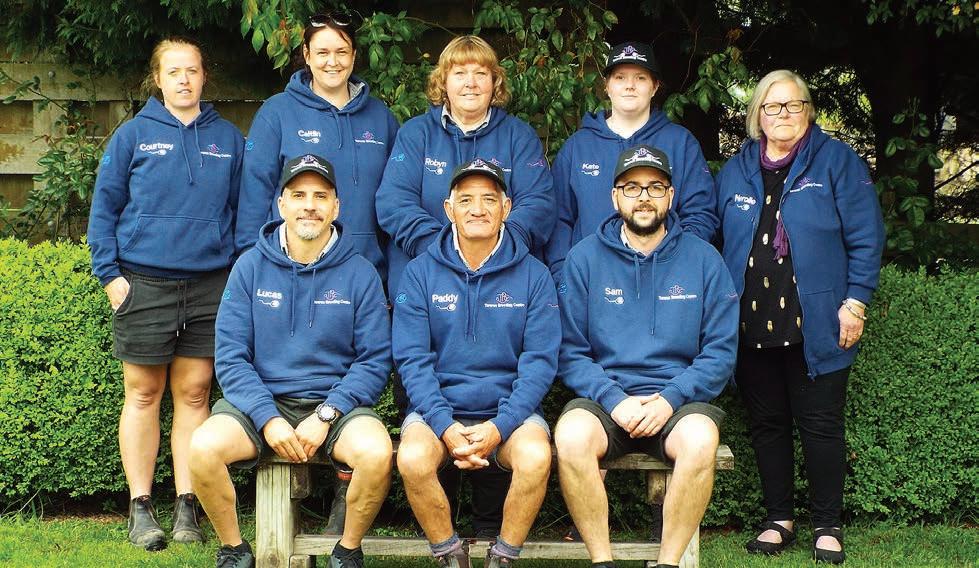
‘Nature market’ plan proposed

A GROUP investigating rewarding landowners who undertake biodiversity or nature initiatives said ideally both actions and outcomes will be rewarded.
Toha Network is working with Prism Earth and 40 Silver Fern Farm (SFF) suppliers in the nature market accelerator project which follows the government earlier this year announcing it is investigating the establishment of a market exchange for biodiversity credits.
The view is that the government, businesses, owners of leading brands, investors and philanthropists would be interested in enhancing their reputation or status by buying or funding projects that enhance biodiversity and nature.
David Hill, the policy director at Toha, told a seminar at SFF’s recent farmer conference that the aim is to create a pilot nature market, a platform where verified, trusted data on nature initiatives can be valued and traded.
Until now the flow of such data has been a “one-way street,” he said.
“It flows to those asking for it but there has not been the same exchange of value. There has been the pressure of expectation for suppliers to comply.”
He said banks, insurers and financiers are all seeking data to manage their risk and there is an opportunity for the collection and sharing of that information as well as initiatives to be rewarded.
Toha co-founder Nathalie Whitaker said the aim is to reward actions such as fencing and weed and pest control, as well as
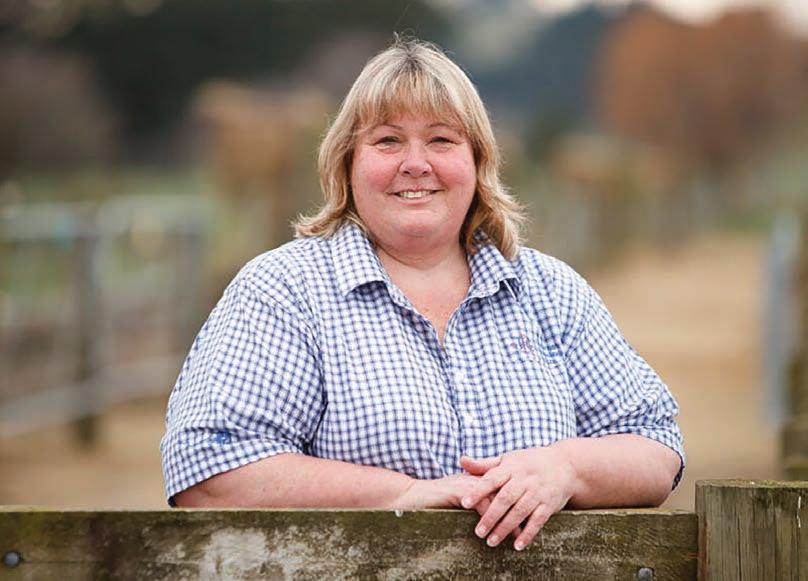
Here, we look after every animal as if it was the most important in the world.
Robyn How Tararua Breeding Centre
good area. She knew she needed to be within half an hour’s drive of an airport for exporting, and started looking for suitable properties. She found one in Woodville and set up the centre in 1997.
“I really enjoy the clients who have a passion for their animals. When you have a passion for your animals you want to look after them and want the best for them. Here, we look after every animal as if it was the most important in the world, like we would our own precious animals.
“We just try to keep improving all the time. We do a lot of work on farm. People think bulls and cows, you put them together and they get in calf. They don’t realise how much there is to it until they have problems. That’s where we come in.”
She said problem solving is a key skill and the focus is on producing a quality product (semen and embryos). She also takes pride in the fact the centre is big on education, allowing groups to come through, and imparting their knowledge to the next generation.
“It is a small industry and it is hard to get into, but we need young, enthusiastic people and if you’re keen, there are options. It’s not just a job; it’s something you do because you’re passionate about the animals.”
How reflects that the industry was male dominated when she started out. Collecting semen on farm, in particular, had its challenges. She was always open to learning (still is) and upskilling and said now there are plenty of women doing the job.
“It’s been a round-the-world trip to get to here. It’s been awesome. Animal welfare is at the forefront of everything we do here and I focused on honing my skills into collecting on farm with unhandled bulls.
“You don’t have to be a big burly man, rough and gruff, to do the job. The gentle, quiet approach actually works better.”
outcomes such as projects that reduce the impact of flooding or sequester carbon.
Determining how that market will operate is one of the nature market accelerator project’s goals but could involve a digital data base of initiatives to connect with entities willing to pay for projects or credits.
Landowners will own and control the data and decide the financial value they place on a project, or the need for it.
Investors wanting to own the right to that nature improvement will pay for that work or they may just want to buy data to measure ecosystem resilience.
Whitaker said investors will need evidence that the projects are completed and the results are as promised.
That could mean providing the location and type of traps for pests
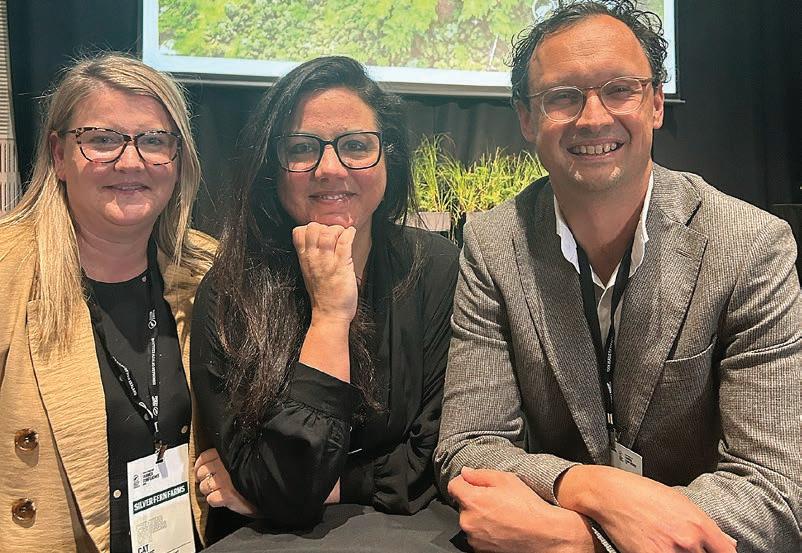
or details about the type of fence and where it was built.
Catrina Rowe, the head of nature impact and policy at SFF, said of the 40 farms
nature improvement programmes have been identified, including the restoration of 34 wetlands and potentially 460 hectares of native planting.
CHALLENGE: Reflecting on her career, Robyn How recalls the challenge of being a woman sent to collect semen on farm in what was then a male-dominated industry.
Photos: Supplied
in the pilot, 224
Neal Wallace NEWS Environment
IMPACT: Some of those behind a pilot ‘nature market’ project are, from left, Catrina Rowe, the head of nature impact and policy at Silver Fern Farms, Toha co-founder Nathalie Whitaker and David Hill, Toha’s policy director.
TEAM: Tararua Breeding Centre manager Robyn How, centre back row, pictured with the centre staff.
Shambolic LUC system a threat to forestry plans
The braided trail
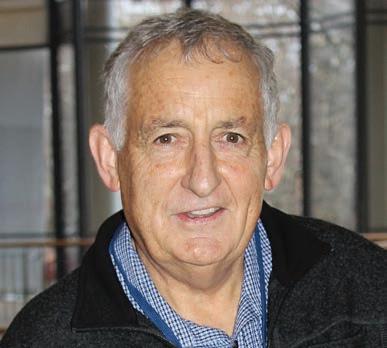
Keith Woodford MD at AgriFood Systems
kbwoodford@gmail.com
THESE are good times for sheep and beef farmers with record product prices for meat. That is precisely why now is the time for sheep and beef farmers to be looking again at farm forestry. It is always easier to diversify when existing business activities are providing a profit.
The Climate Change Response (Emissions Trading Scheme –Forestry Conversion) Amendment Bill is currently working its way through Parliament. I expect changes to be made before it becomes enacted later this year, with the current plan being for an October enactment, but one key message in relation to purpose is clear: this is a Bill that is aimed at sheep and beef farmers, giving them options but supposedly keeping the big and largely overseas-owned forestry corporates at bay.
Note that I use the word “supposedly”. It is only after some hours of poring over the draft legislation that I satisfied myself that the legislation does not stop whole-farm conversion of good
quality sheep and beef land to forestry.
There are two quite separate pathways that farmers can use to enter forestry. The first is to convert anything up to 25% of Land Use Classes (LUC) 1-6 of the farm into forestry.
There are minimal restrictions on this LUC 1-6 pathway. This is the route which most farmers should choose to follow, typically with well under 25% of the farm converted to forestry, at least initially.
Something more like 5% is a good way to take an initial nibble with forestry, focusing on the lowest-productivity land of a farm. Unlike sheep and beef, forests can grow well on the poorer land as long as they are looked after in relation to pests.
The second pathway is what is called the LUC 6 land permit category, which is specifically for Class 6 land. This is for landowners whose farms are predominantly Class 6, with this category being generally productive pastoral hill country, but who want to convert more than 25% of their farm to forestry.
There is a proposed limit of 15,000 hectares of approvals each year under the Class 6 permit category. If applications exceed 15,000ha, approvals will be by ballot. There is no restriction on the size or percentage of land for individual applications.
The legislation states that this second pathway is quite separate from the LUC 1-6 proposal, and not limited by the 25% rule.
I am very uncomfortable with this second pathway. A total of 15,000ha in one year may not sound a lot, equating to 50 farms each of 300ha. But over 10 years 150,000ha is a lot of whole-farm conversions. One of the intriguing proposed rules for this second
pathway is that approvals cannot be transferred to other persons or new landowners. This means forestry companies would need to buy the land without knowing their chances of being successful in the 15,000ha ballots.
To understand the likely impacts of this legislation, it is necessary to understand quite a lot about the LUC system. It is also necessary to understand something about the economics of forestry relative to sheep, beef and dairy on different classes of land.
In essence, Classes 1-4 are for land that can be cultivated. Most of this land is used for cropping, dairying or is covered in urban sprawl.
Class 5 is easy hill country, predominantly used for sheep and beef, but sometimes used for dairy.
Class 6 is the main class of pastoral sheep and beef farming, with this land typically too steep to be cultivated.
The LUC land class system is a shambles, yet it is this system that underpins the legislation that the government is putting forward.
Class 7 is the steepest and highly erodible pastoral land.
Class 8 is even steeper and typically not farmed, although wild goats, thar and deer may pick their way across it.
As for the economics, dairy, cropping and horticulture win out easily on Classes 1-4. In general, forest companies are not interested in this land because there are cheaper options that suit their purpose.
However, forestry has been increasingly coming into focus on Class 5 in recent years because of
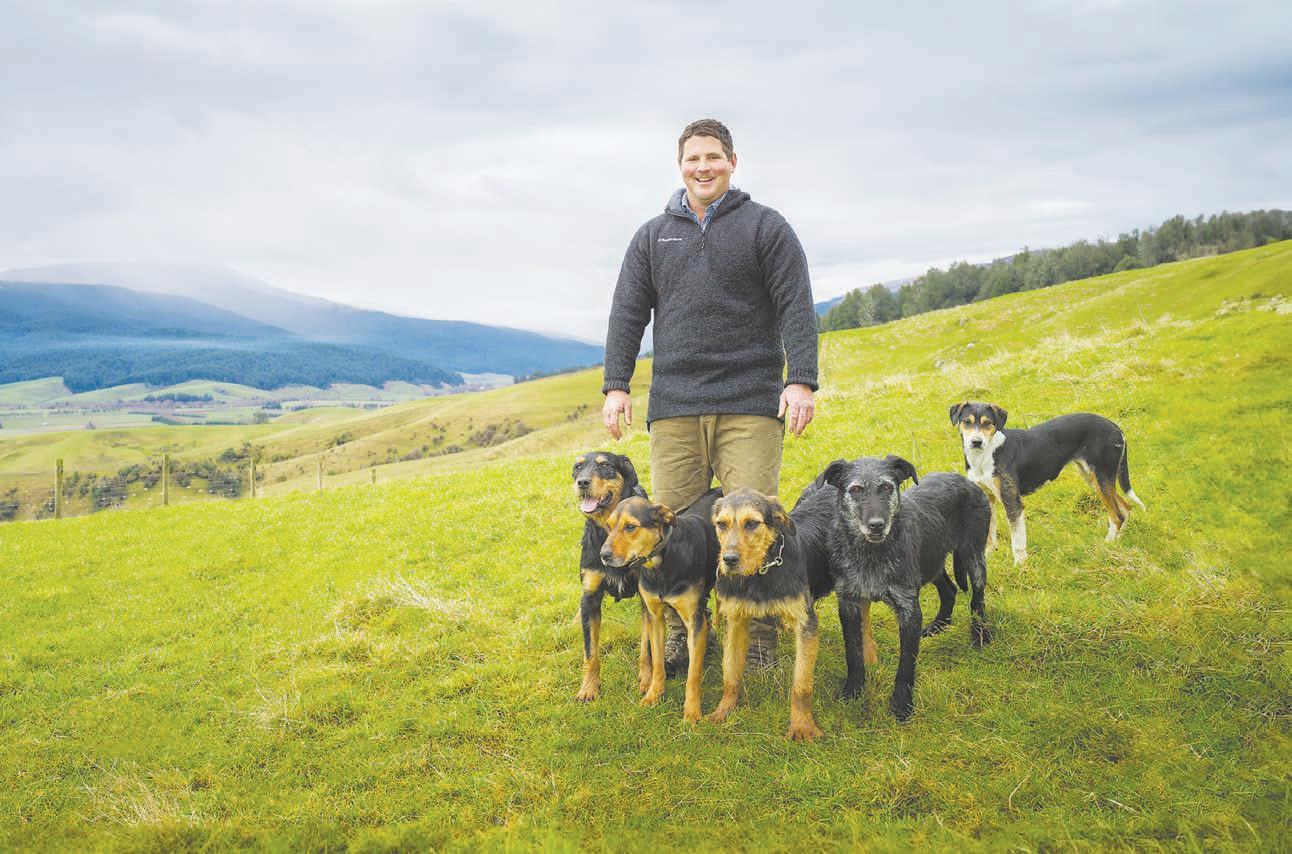
Farm life is unpredictable
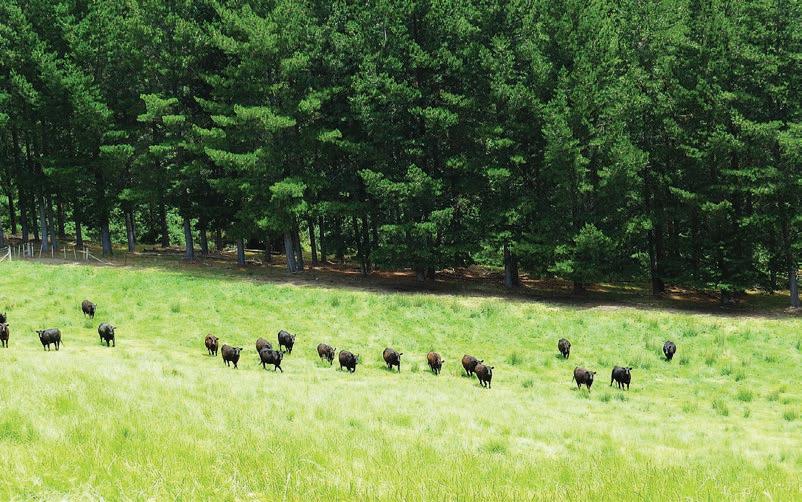
NIGHTMARE: The LUC system does not capture within-farm variation and lacks consistency, says Keith Woodford. As a consequence, the new legislation is going to create a bureaucratic nightmare.
both its topography and location, often relatively close to ports.
On Class 6, forestry has been competitive for many years, but carbon farming, either in association with lumber production or so-called “permanent forests”, is now easily the highest paying land use.
The appropriate land use for Class 7 is contentious. The big forestry companies are no longer interested in this land type because of the associated economic and environmental risks. If exotic forestry has a future on Class 7 land, it has to be exclusively about carbon credits, perhaps linked to eventual conversion to native forests.
Given this situation, my focus here is mainly on the LUC 6 land that comprises by far the majority of pastoral sheep and beef. This is also the focus of the legislation, which says nothing about Class 7.
But first I need to do some venting on the LUC land class system. It is a shambles. Yet it is this system that underpins the legislation that the government is putting forward.
The key problem is that the LUC system lacks the granularity that is needed. It only exists at a broad scale and does not capture the within-farm variation. It also lacks consistency. As a consequence, the new legislation is going to create a bureaucratic nightmare.
The proposed solution by the
government is that farmers can, at their own cost, have an expert assessment undertaken to modify the categorisation of their land. This will become an industry in itself.
At this point, readers from the sheep and beef industries might well conclude that what they are reading here proves that their existing exclusive focus on sheep and beef is the best strategy. However, that conclusion would be a big mistake. The reality is that many and perhaps most sheep and beef farmers would indeed benefit from diversification into farm forestry, but the rules of the game need to be simple and efficient. The problem with the proposed legislation is not in relation to the first pathway, which gives farmers the flexibility that they need to diversify. All that is needed with this pathway is for the government to take responsibility for sorting out the LUC system, with a particular focus on getting land appropriately classified in relation to whether it is Class 6 and 7. This should be seen as a matter of public good.
The real problem is the second pathway, which is the “LUC 6 permit” path whereby whole farms can be converted to forestry at up to 15,000ha per annum, and with approvals determined by ballot. This needs to be separated out from the current legislation and subject to a lot more debate.
With the right food, you can rely on your dogs every day.
Cam Bain was born and raised on a sheep and beef farm He knows only too well how uncertain farm life can be Black Hawk® Working Dog has been developed specifically for New Zealand working dogs Packed with 32% real meat proteins and 22% high quality fats, the formula supports strong, lean muscles and provides sustainable energy throughout the day

Since Cam has been feeding Black Hawk Working Dog to his dogs, he’s noticed a real difference - “When it comes to fuelling my working dogs, Black Hawk is the real deal I’ve been feeding Black Hawk for about 2 years now, and there s never any left in the bowls - they really enjoy it! They bounce out after a hard day’s work and I can tell they’ve recovered faster Their muscle tone is impressive, especially in my heading dog Black Hawk speaks for itself; it’s worth a shot ” Available at your rural vet clinic.
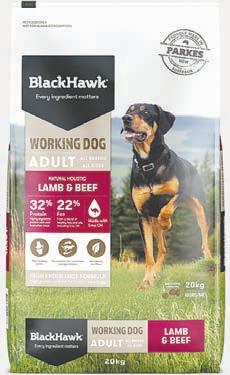

Cam Bain, West Otago, New Zealand
nprove.nz
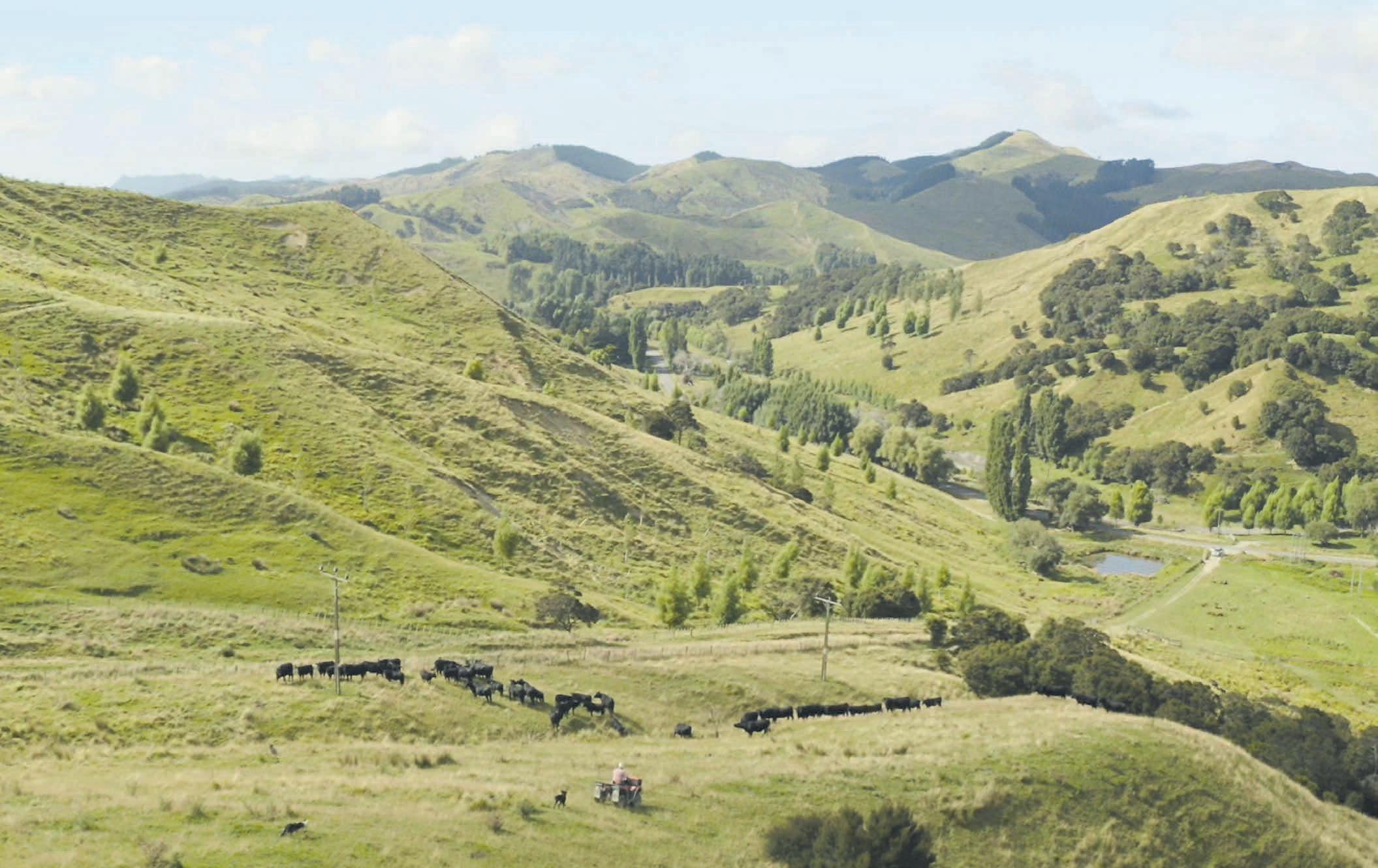




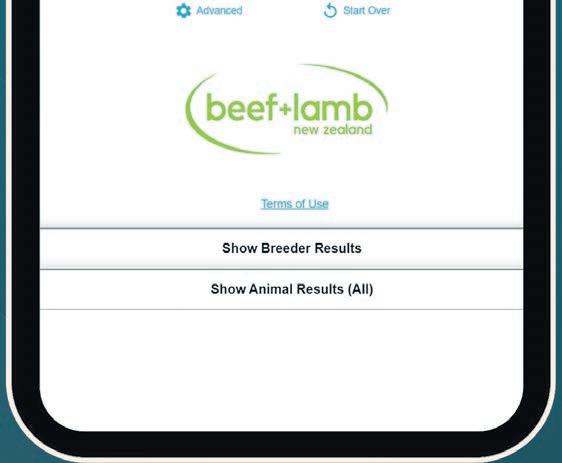
DISCOVER GENETICS FIT FOR YOUR PURPOSE
Over 80 percent of your flock or herd’s genetics are contributed by the sire –that’s an exciting opportunity to improve your animals’ performance
nProve makes it easier to find the best genetics for your farm Using a series of buttons and slider scales, the free online tool from Beef + Lamb New Zealand finds stud breeders who rank highly in the traits important to you
Getting started is easy - simply visit nprove.nz and you’ll find helpful tips to guide you along the way
Pāmu forecasts record profit in 2025 update
Staff reporter NEWS Agribusiness
PĀMU has forecast a record net profit after tax of $119-$122 million for the financial year ending June 30 2025 in an update of its financial performance.
It also narrowed its forecast range of net operating profit (NOP) for the 2025 financial year to $46$49 million, compared to the previous forecast range of $43$51m released on March 3, another record measure for Pāmu.
It demonstrates a significant turnaround in the company’s performance when compared to the 2024 financial year, where its NOP was $20m and the company posted a net loss after tax of $26m.
Pāmu CEO Mark Leslie attributed the improved financial performance to a combination of internal and external factors.
“On the operational side, we are laser-focused on core farming activities and operational excellence initiatives. Productivity gains through targeted pasture and
livestock management have been key to the turnaround in performance.
“Market-driven conditions –such as high international demand supporting milk, beef, and lamb prices – have contributed to revenue outcomes, offsetting weather-related challenges such as drought in the central North Island.”
The preliminary result assumes a final Fonterra milk price of $10/ kg milk solids. Beef farmgate prices have remained above the five-year average, reflecting strong export demand, particularly from the United States, and lower domestic production.
Similarly, lamb prices continued to rise, driven by sustained demand in key markets and reduced lamb slaughter volumes nationwide.
The outlook for the 2026 financial year remains positive with Pāmu forecasting a NOP of $56-$66m.
The midpoint of this forecast would represent another record NOP for the company and show its focus on core business objectives of efficiently and profitably managing the Crown’s farming portfolio for
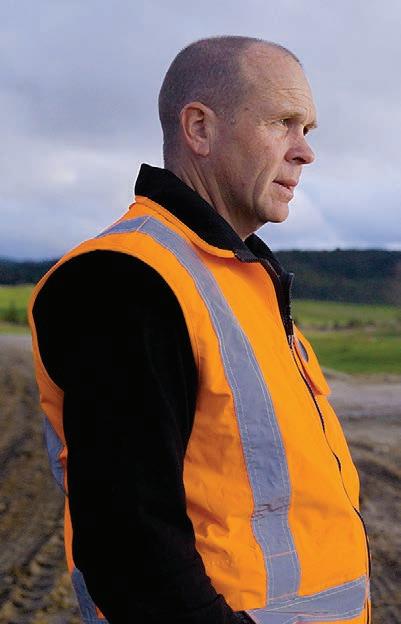
FACTORS: Pāmu CEO Mark Leslie says market conditions and focusing on core farming activities have contributed to its improved financial performance.
commercial returns, Leslie said.
The lift in profitability occurs despite an assumed decrease in the Fonterra conventional milk price to its midpoint of $9.50/kg MS and a softening of red meat prices from the current high levels.
The wide range of the 2026 forecast recognises the risks presented by material adverse weather events, volatility in commodity prices, currency and other markets and geopolitical tensions.
The company’s full-year audited results will be posted in the last week of August.





PGW sounds note of caution for wool

Annette Scott MARKETS Food and fibre
THE season closed out with strong wool prices, but global uncertainties continue to impact export industries, says PGG Wrightson general manager wool Rachel Shearer.
The 2024-2025 wool season closed out with strong wool prices, better than the same time last year by up to 24% – but the new 2025-2026 season has opened on a more cautious note.
Prices eased across many crossbred types in the first two new season wool sales, reflecting global uncertainties affecting many export industries, Shearer said.
“With that said, strong buyer interest remains for well-prepared wool, particularly finer crossbred and mid-micron lines.”
The latest Christchurch sale saw solid competition for early season mid-micron types, with well-prepared fleece attracting attention at levels not seen in five years.
A nominal volume of early season Merino fleece also sold recently, offering a positive signal for high-country fine wool growers as they begin their annual harvest.
“Overall clearance rates have held up well, supported by lower volumes and limited supply, though global conditions continue to influence buyer sentiment and pricing outcomes.”
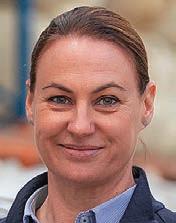
PGW recently hosted Minister for Rural Communities and Associate Minister of Agriculture Mark Patterson at a Napier auction.
“His visit was a valuable opportunity to showcase the open-cry auction system and reinforce the vital role wool plays in New Zealand’s rural economy.”
As winter shear continues and looking ahead to pre-lamb shearing, Shearer encouraged growers to prioritise clip preparation and classing to maximise competition in what remains a selective market.
However, crossbred fleece experienced a general softening, and lamb’s wool remains variable, with quality and preparation continuing to drive buyer demand.





Rachel Shearer.
FEDERATED FARMERS
Vol 3 No 30, August 4, 2025
Wanted: practical freshwater rules
Federated Farmers is backing proposed changes to regulation under the Resource Management Act (RMA) that would let councils take a more balanced and pragmatic approach to freshwater rules.
In a submission to the Ministry for the Environment last week, the grassroots farmer-led organisation clearly signalled broad support for the Government’s proposed direction.
“New Zealand’s freshwater rules have become far too complex and are completely unworkable,”
Federated Farmers RMA reform spokesperson Mark Hooper says.
Instead of allowing communities to drive standards, we’ve seen overthe-top and one-size-fits-all rules pushed down on us by faceless bureaucrats in Wellington.
Mark Hooper
Federated Farmers RMA reform spokesperson
“They’re a nightmare not just for farmers, but also for local councils tasked with the unenviable job of trying to untangle a bureaucratic bird’s nest of rules – and implement them.
“That’s why we support plans
to strip away the layers of overly prescriptive direction that have left us with rules no one can reasonably comply with.
“Outrageous rules like the nitrogen fertiliser cap, wetland definitions and the application of Te Mana o te Wai should be on the chopping block for repeal or major amendment – end of story.”
Hooper says national direction under the RMA has been a key driver of impractical freshwater regulation, dictating what councils must do and leaving little room for regional flexibility.
“I don’t think it’s unreasonable to expect freshwater rules to make sense in each local context. At the end of the day, it’s those living in local communities who are going to be affected by the rules.
“Instead of allowing communities to drive standards from the ground up, we’ve seen over-the-top and one-size-fits-all rules pushed down on us by faceless bureaucrats in Wellington.
“That’s a significant issue because the people writing the rules don’t live in our communities – they’ve probably never even visited – and they won’t need to live with the consequences of their decisions.
“Highly prescriptive national bottom lines might sound good on paper, but in reality, all they’ve done is create unrealistic expectations on the ground for rural and urban communities.”
In some catchments, nutrient reductions of 60% or more would be needed to meet the targets put in place by the previous Government.
Modelling also shows that even with a blanket conversion from pastoral farming to forestry, many communities still wouldn’t be able to achieve desired national bottom lines for freshwater.
“That’s not just impractical – it’s impossible,” Hooper says.
“We need freshwater policy that’s grounded in reality and reflects realworld trade-offs
“Everyone wants to see improved environmental outcomes, but to achieve those improvements we also need a strong economy, growing exports and thriving rural communities.
“I refuse to accept it’s some sort of binary option where we can either have healthy waterways or economic development. It’s absolutely possible to achieve both things at the same time.
“But that will only be possible if we take a pragmatic and balanced approach to freshwater policy that’s firmly grounded in science, practicality and fairness.”
Federated Farmers supports the proposal to amend or repeal the more problematic aspects of the current national direction, including wetland rules and the principle of Te Mana o te Wai.
“Farmers and councils need

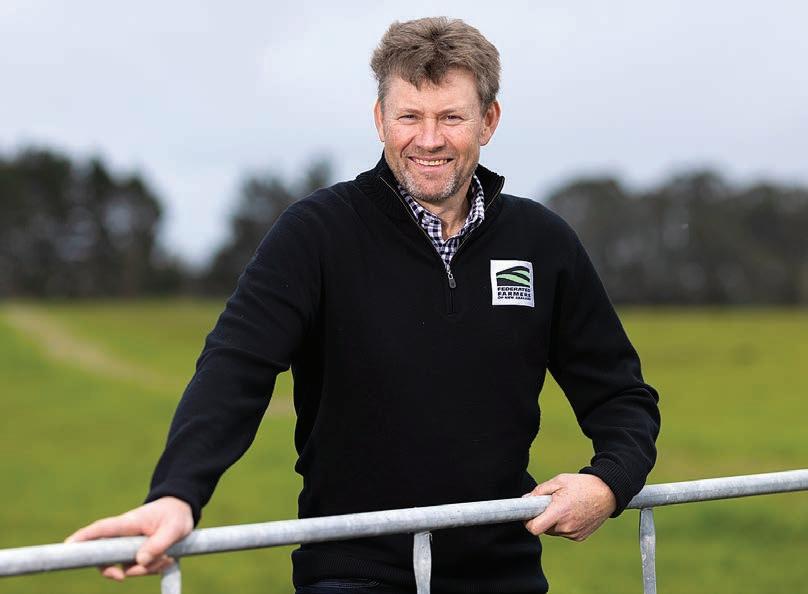
freshwater rules that are clear, measurable and informed by credible science – but the concept of Te Mana o te Wai fails that test on all three counts,” Hooper says.
“While it may seem like a pragmatic focus on water quality at face value, the concept is ultimately focused on the spiritual health of water rather than scientifically measurable health.
“That makes its application, when imposed as a legal directive, completely unworkable.”
The Government has indicated it expects to introduce a new Natural Environment Act to replace the RMA this year, and have this new act become law by mid-2026.
Federated Farmers supports the proposed changes to RMA national direction but is urging the Government to stop tweaking rules under the current RMA and instead develop new national

direction under the replacement Act.
“With new resource management legislation due by mid-2026, it makes little sense to keep tinkering with a failed framework that’s on its way out,” Hooper says.
“The Government has rightly frozen new regional freshwater rules under the failing RMA.
“Our submission argues the Government should implement these changes by beginning work now to ensure national direction under new replacement legislation is ready to go on day one.
“They’d be better off focusing their efforts on developing a clear, workable direction under the new Natural Environment Act.”
MORE:
Read the Federated Farmer submission on updating freshwater national direction – www.fedfarm.org.nz and click Policy/Submissions
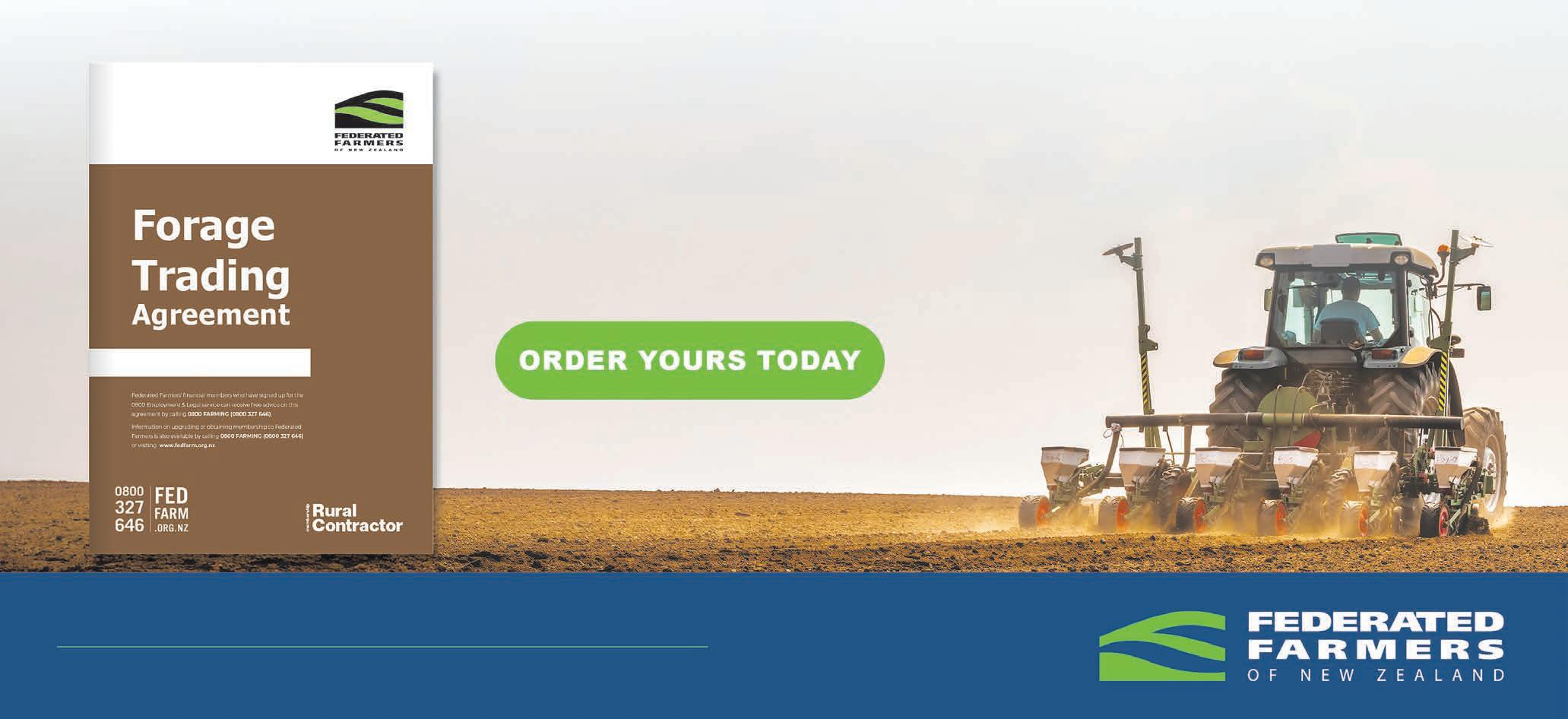
BALANCE NEEDED: Achieving healthy waterways and economic development isn’t a binary option – we can have both, Mark Hooper says.
Feds demand action after vandalism
Federated Farmers is renewing its call for Greenpeace to be stripped of its charitable status immediately, following the group’s latest publicity stunt.
“Greenpeace need to be held accountable for their repeated illegal activity and the spread of harmful misinformation,” Southland Federated Farmers president Jason Herrick says.
“How can they be recognised as a charity when they’re breaking all kinds of laws trespassing on private property, vandalising public property, and intimidating the community?
“Their recent vandalism of the world-famous trout statue in Gore reinforces why these activists need to lose their status as a charity.” Herrick says Greenpeace’s vandalism of the statue and welcome sign on July 22 was a shameless attempt to divide the small rural community and spread anti-farming propaganda.
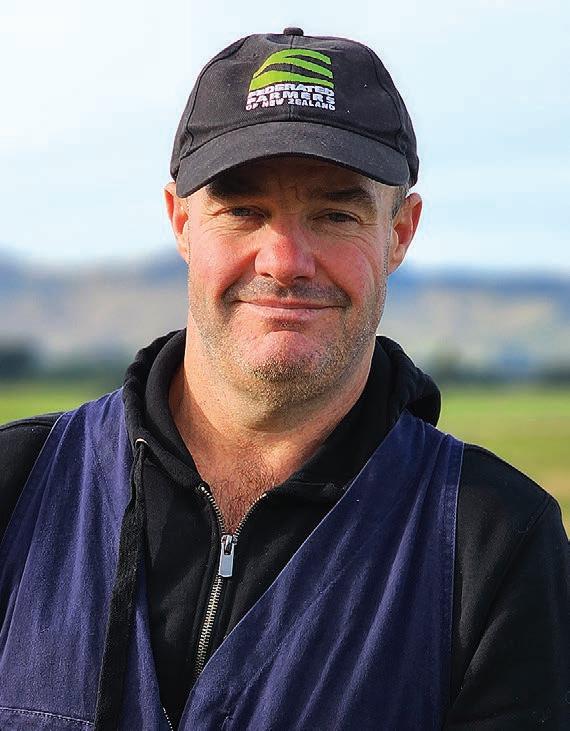
DODGY: Creeping around at night vandalising property isn’t the work of a legitimate charity, Jason Herrick says.
down here in Southland. Farming plays a huge role in not only our local economy, but in our social fabric too.
“There’s no way we’re going to put up with this nonsense. Greenpeace should hang their heads in shame.”
There are plenty of amazing, honest charities doing fantastic work out there – but Greenpeace is not one of them.
Jason Herrick Southland Federated Farmers president
In April, Federated Farmers called for the Government to immediately strip Greenpeace of its charitable status after the group’s illegal occupation of Port Taranaki.
other recognised charitable purposes.
Under the Charities Act, organisations must operate for the public good and not primarily serve political or advocacy purposes.
Herrick says he sees Greenpeace’s ongoing illegal activity as clear evidence that it no longer meets these criteria for charitable status.
“There are plenty of amazing, honest charities doing fantastic work out there – but Greenpeace is not one of them.
“It’s become little more than an extreme activist group that’s disrupting legitimate businesses and spreading harmful misinformation –repeatedly and deliberately.”
Federated Farmers lodged a formal complaint with Charities Services in April, requesting a formal inquiry into Greenpeace’s conduct and eligibility for charitable status.
“There’s a reason they’ve done this at night. They knew it was dodgy
“These activists are total cowards who are slinking around in the shadows vandalising property under the cover of darkness.
behaviour – and that they’d never get away with it in Gore during daylight hours.
“We’re a tight-knit community
Aucklanders back farmers in push to grow economy
A new poll shows strong public support – especially in Auckland – for cutting green tape to boost agricultural exports and help grow the economy.
The independent poll of 1000 New Zealanders asked whether regulations, including environmental regulations, should be reduced to allow increases in agricultural production, in line with the Government’s ambition to double exports over the next decade.
Nationwide, 47% of respondents said yes, 35% said no, and 18% were unsure – but the biggest surprise came from Auckland.
“In Auckland, 62% of people backed cutting regulation to enable export growth. Only 23%
were opposed,” Federated Farmers
president Wayne Langford says.
“That’s a huge vote of confidence from New Zealand’s largest city –and from the block of voters who often decide elections.”
Langford says the results should challenge some of the old assumptions about urban-rural divisions.
“Sometimes we hear people in the provinces grumbling about the ‘JAFAs’ not understanding farming, but these numbers tell a different story.
“It turns out Aucklanders do understand where their bread is buttered, quite literally.”
He says the poll result sends a clear message that New Zealanders are
behind farmers, particularly at a time when economic resilience matters more than ever.
“This shows people are looking for practical solutions. Aucklanders, like everyone else, are feeling the pressure of rising costs, and they want to see growth.
“They want jobs, exports, and a strong economy – and they understand farming is key to delivering that.”
Langford says it’s not about removing all regulation at the expense of the environment.
“What we’re talking about is cutting the unnecessary rules that are holding back productivity without adding any real environmental value.
Charitable status in New Zealand is intended to support organisations that advance public benefit through education, relief of poverty, and
“We urge Charities Services to act decisively on our existing complaint and strip Greenpeace of its charitable status quickly,” Herrick says.

“If we’re serious about doubling exports, we need to back the sectors that do the heavy lifting –and that starts with agriculture.”
Federated Farmers says it will continue to advocate for smart, workable policy that supports both the environment and the economy.
“Farmers don’t need praise – they
just need practical policy. It’s good to know that even in our biggest city, Kiwis are standing with us,” Langford says.
The poll was conducted by Curia Market Research and polled 1000 New Zealanders, weighted to reflect the overall voting adult population in terms of gender, age and area.
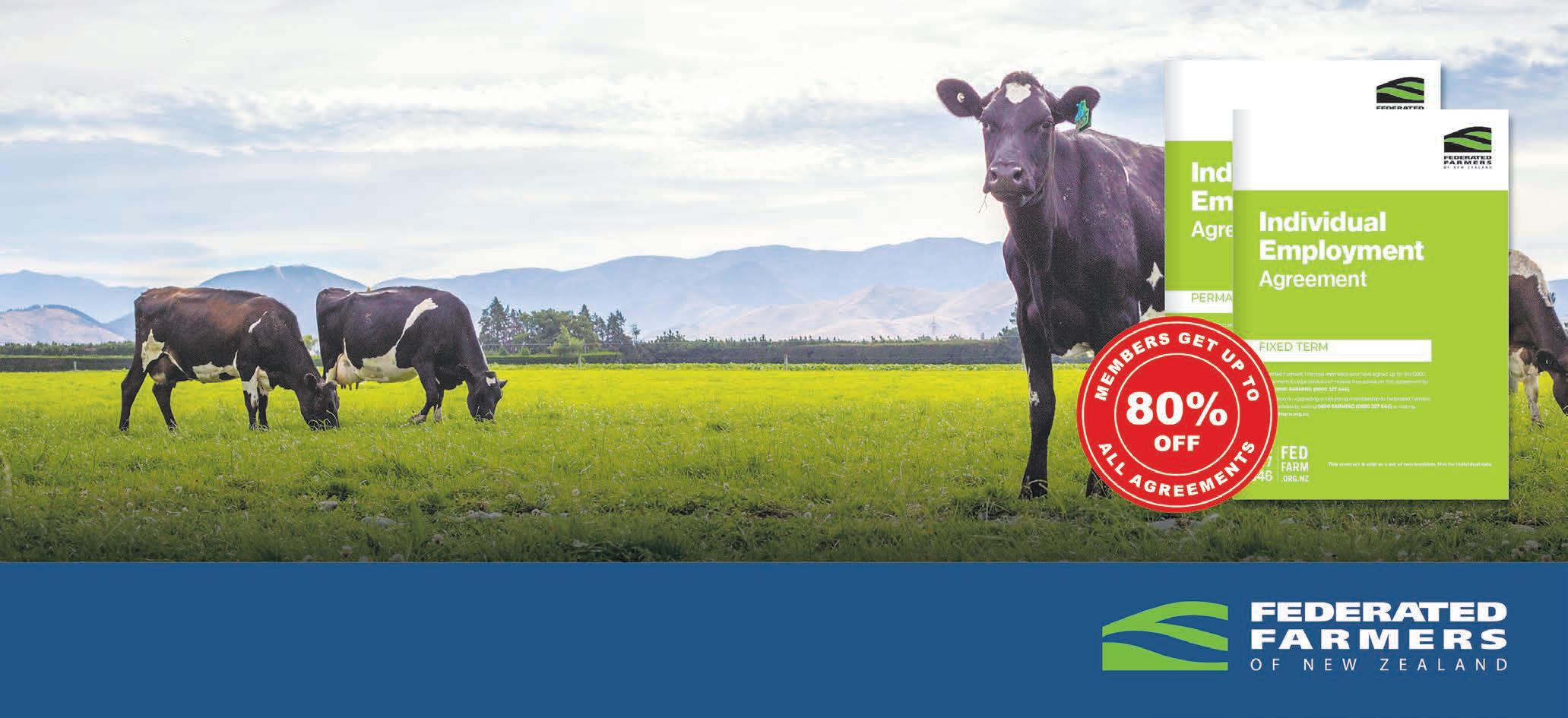

SUPPORT: Nearly two-thirds of Aucklanders backed cutting regulation to enable increases in agricultural production.
Federated Farmers
Get the process right, lawyer warns bosses
It’s all too easy to make a snap decision when an employee acts badly, but rushing in without thinking is one of the biggest legal mistakes farmers can make.
That’s the message from employment and civil litigation lawyer Simon Middlemiss, who regularly fields calls from farmers through a legal advice service free for Federated Farmers members.
“Probably the most important advice I can give is to just take a breath before doing anything when emotions are running high on the farm.
“Stay calm, gather the facts, and take a moment to figure out the right process – because getting the process wrong can land you in
hot water, even if your reasons are sound.”
Middlemiss, a senior associate at Norris Ward McKinnon in Hamilton, says many farmers call the service with good reason to take action against an employee – perhaps serious misconduct, repeated underperformance, or even violence on-farm.
But where things often go wrong is how they respond.
“There are two things every employer needs to get right.
“First, you need a good justification for what you’re proposing to do. But second – and just as critical – you need to follow a fair and reasonable process to get there.”
That means clearly explaining the
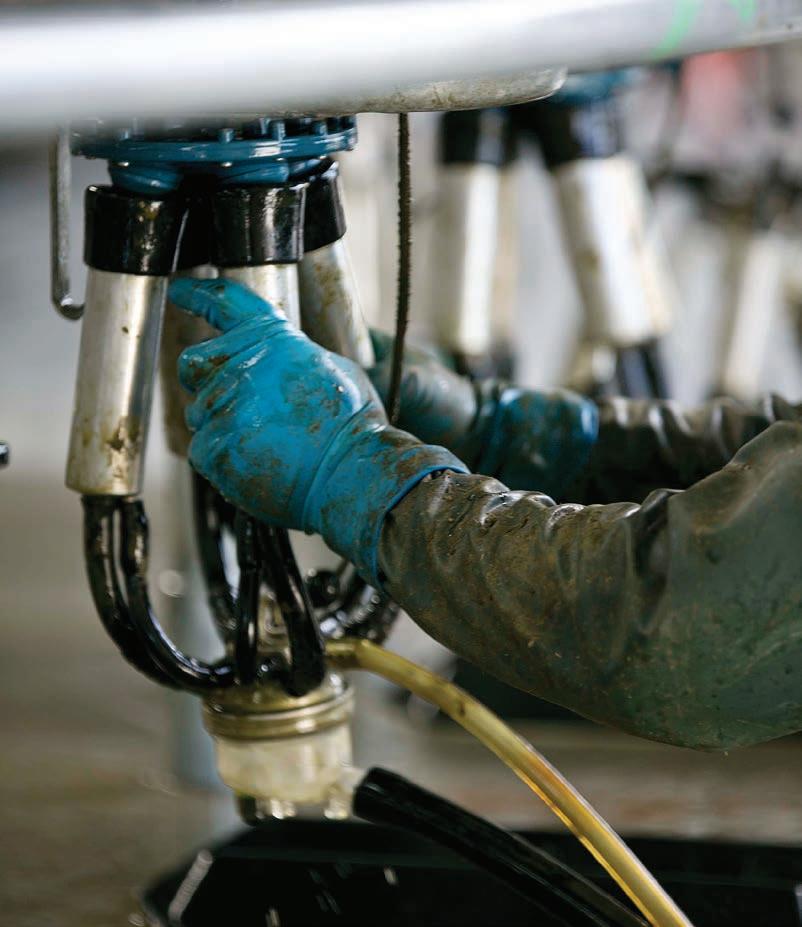
issue to the employee, giving them a chance to respond, and making sure you don’t make decisions prematurely or emotionally.
Middlemiss says skipping these steps – for example, sacking someone on the spot – is a common mistake that can open the farm business up to legal risk, even if the behaviour was clearly unacceptable.
“Being a good employer means dealing with your people in good faith. That doesn’t mean putting up with poor behaviour but it does mean communicating openly, following the process, and giving your employee a fair go.”
Most of the calls Middlemiss and his team handle are about employment law, and he’s seen a clear pattern in the types of questions farmers ask.
“We get a lot of calls about disciplinary issues, poor performance, leave entitlements, service tenancies, and restructuring,” he says.
“And quite a few questions too about contract milking and sharemilking arrangements –especially when someone’s on a bespoke contract.”
Having the right employment agreement from the start is also crucial, he says.
Too often, farmers mistakenly use casual or fixed-term agreements when they’re not appropriate.
“For example, farmers need a genuine reason for putting an employee on a fixed-term agreement, and planning to employ someone for ‘the farming season’ may not be considered a genuine reason.
“Even then, if you’ve got a good reason for a fixed-term agreement, there are legal requirements around how you document it. If you get that wrong, you could accidentally end up with a permanent employee.”
Another pitfall farmers run into is confusing poor performance with misconduct.

GOOD FAITH: Lawyer Simon Middlemiss says farm employers who deal with their staff honestly and fairly – and who communicate well – tend to avoid legal risk.
If someone’s not meeting expectations, have that conversation early. Give them a chance to fix it. You’ll avoid bigger issues down the line.
That distinction matters, because the legal process is quite different for each, Middlemiss says.
“Misconduct is about behaviour, whereas performance is about how well someone is doing their job.
“Conduct issues usually involve a more formal, faster-moving process. Performance issues require more support and patience. You’re trying to help someone improve – not punish them.”
Expecting quick dismissals for poor performance is unrealistic and risky, he warns.
Another key message: raise problems early. Don’t let frustrations build up over time and then dump them on an employee later.
“It’s not fair – or legally defensible – to bring up a problem weeks or months after it first happened, especially if you’ve said nothing about it at the time,” he says.
“If someone’s not meeting expectations, have that conversation early. Give them a chance to fix it. You’ll avoid bigger issues down the line.”
Interestingly, many legal problems on-farm don’t require a lawyer at all – just an honest conversation, he says.
“Some of the issues members call us about are solved by simply talking to the employee.
“It’s amazing how far open dialogue and mutual respect can go in resolving problems without needing to escalate things.”
Of course, when the situation does call for legal help, it’s far better to get advice early than try to fix things later, Middlemiss says.
“If you’re a Federated Farmers member, make use of this service available through Norris Ward McKinnon and call us before you act.
“Too often we get called after the fact, when the employer’s already acted and things have gone wrong.
“If we can talk to you early, we can help guide you through it and make sure you’re on the right track. It makes a huge difference.”
MORE:
Hear more advice from Simon on episode 44 of the Federated Farmers Podcast – fedfarm.org.nz/podcast

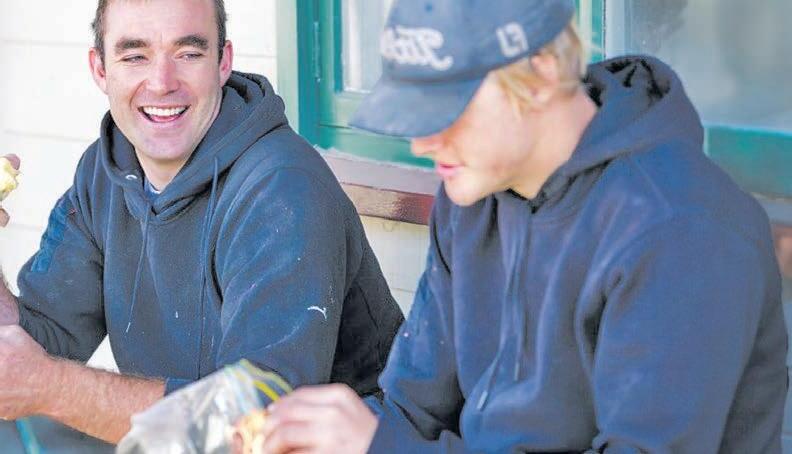
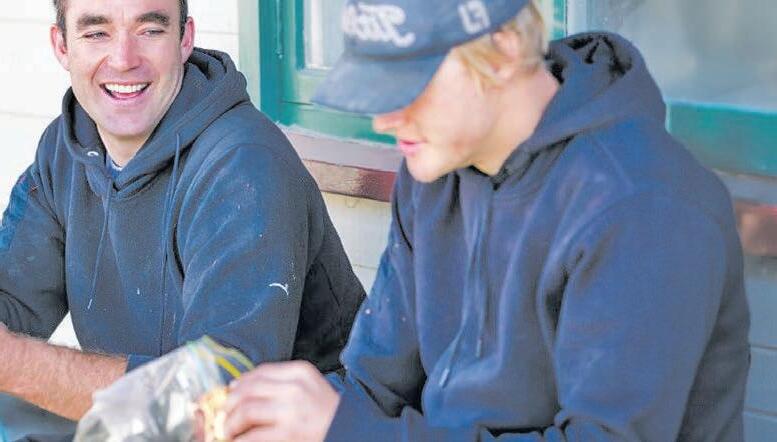

PAPERWORK: Having the right employment contract is essential, especially for contract and sharemilking arrangements.
Simon Middlemiss Senior associate, Norris Ward McKinnon
Wairarapa farmers celebrate red tape relief
Wairarapa farmers who were facing a raft of new land use restrictions and red tape can breathe a sigh of relief, Rob Hickson says.
“The pressure Federated Farmers has kept up – both locally and nationally – is paying off,” the Feds Wairarapa president says.
“We’ve been fighting hard for practical, balanced freshwater and resource management rules, and it’s great that we’re seeing the results.
“To their credit, Greater Wellington Regional Council (GWRC) has realised it’s pointless and wasteful to push ahead with major freshwater changes before the Government sets a clear national direction.”
Councillors recently voted to stop further work on proposed new rules and regulations in Plan Change 1.
It means work will pause while the Government overhauls the Resource Management Act. The council has already spent $6 million of ratepayers’ money working on the new rules and regulations.
“Pouring more money into rules that could be scrapped by upcoming legislation would’ve been outrageous,” Hickson says.
“It was like throwing ratepayer dollars into the wind and hoping they didn’t blow away.
“Whether it was common sense or the pressure of a local government election year that finally swayed councillors to hit pause, this is a clear win for our advocacy to central and local government.”
At the GWRC meeting on 26 June, councillors were told the Government is bringing in powers
that would let it modify or scrap local council rules and regulations if they harm economic growth, development capacity, or jobs.
Among the proposals under Plan Change 1 was a requirement for resource consent if winter stock numbers exceeded 12 stock units per hectare.
Farmers would also have been banned from carrying out any farm earthworks over 3000 square metres between 1 June and 30 September each year.
Consents would have been needed if cattle, deer or farmed pigs accessed streams wider than one metre more than twice a month.
Any land use change over four hectares – such as converting from plantation forestry to dairy or horticulture would have become
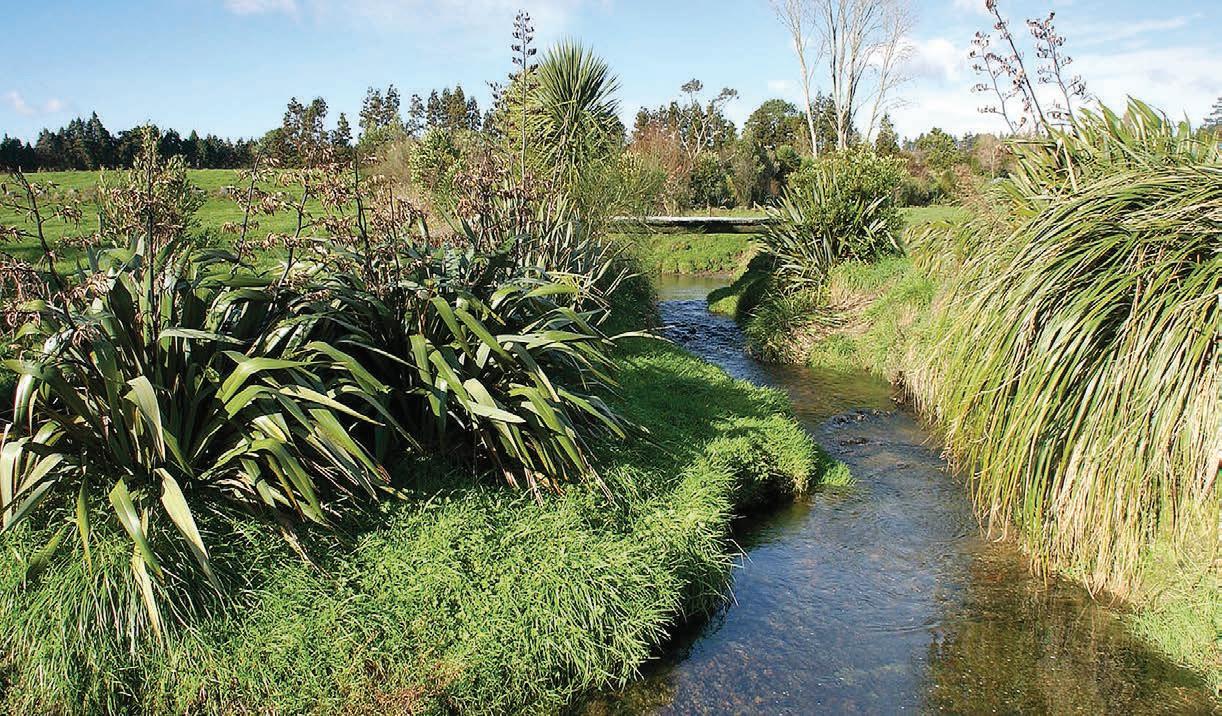
discretionary or non-complying, requiring an expensive resource consent.
“But what troubled farmers most were tougher sediment control rules for a new classification of ‘high’ or ‘highest’ erosion risk land,
“The council planned to lock up that ‘highest’ risk land by forcing farmers to establish woody vegetation cover over 50% of it within 10 years” Hickson says.
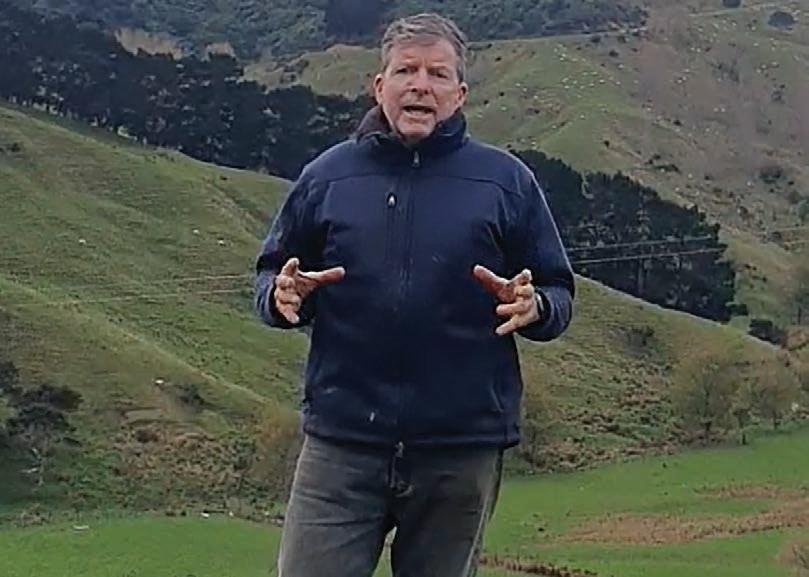
“Plantation forestry couldn’t be established or continued beyond the next harvest on that land, locking off land use options for farmers when there was no clear, scientific evidence this would help with erosion or freshwater quality.
“The accuracy of the maps identifying this highest-erosion-risk land was also hit and miss.”
Hickson says Federated Farmers supports the use of Farm Plans to guide environmental improvements on a farm – setting goals a farmer works towards.
That would reduce or eliminate the need for resource consents for ordinary farm activities such as putting in a fence or farm track.
But GWRC’s proposal went far beyond that, Hickson says.
“They wanted to use Farm Plans as a regulatory instrument, interfering with or overriding existing permitted uses and water permits.
“And they planned to create their own bespoke system rather than adopt the nationally agreed model, creating unnecessary duplication.”
Hickson says consultants and scientists hired by GWRC agreed with many of the points in Federated Farmers’ submission.
They were set to begin changing some of the PC1 proposals, but the
council’s decision to press pause kicked in.
“So, there was progress on some of the things farmers wanted to see but it’s still a relief that PC1 is now on hold,” Hickson says.
It was like throwing ratepayer dollars into the wind and hoping they didn’t blow away.
Rob Hickson Federated Farmers Wairarapa president
GWRC had already brought in planning rules for the Wellington and Porirua catchments, and was underway with hearings on similar changes in the Wairarapa, where farming and viticulture drive the local economy.
“We’d only just finished litigating rules for the Wairarapa from a plan change introduced in July 2023,” Hickson says.
“Resuming the fight over another wave of red tape was hugely frustrating.
“Now we can take a breather – at least until sometime next year – and get back to producing food and fibre instead of fighting bureaucracy.”
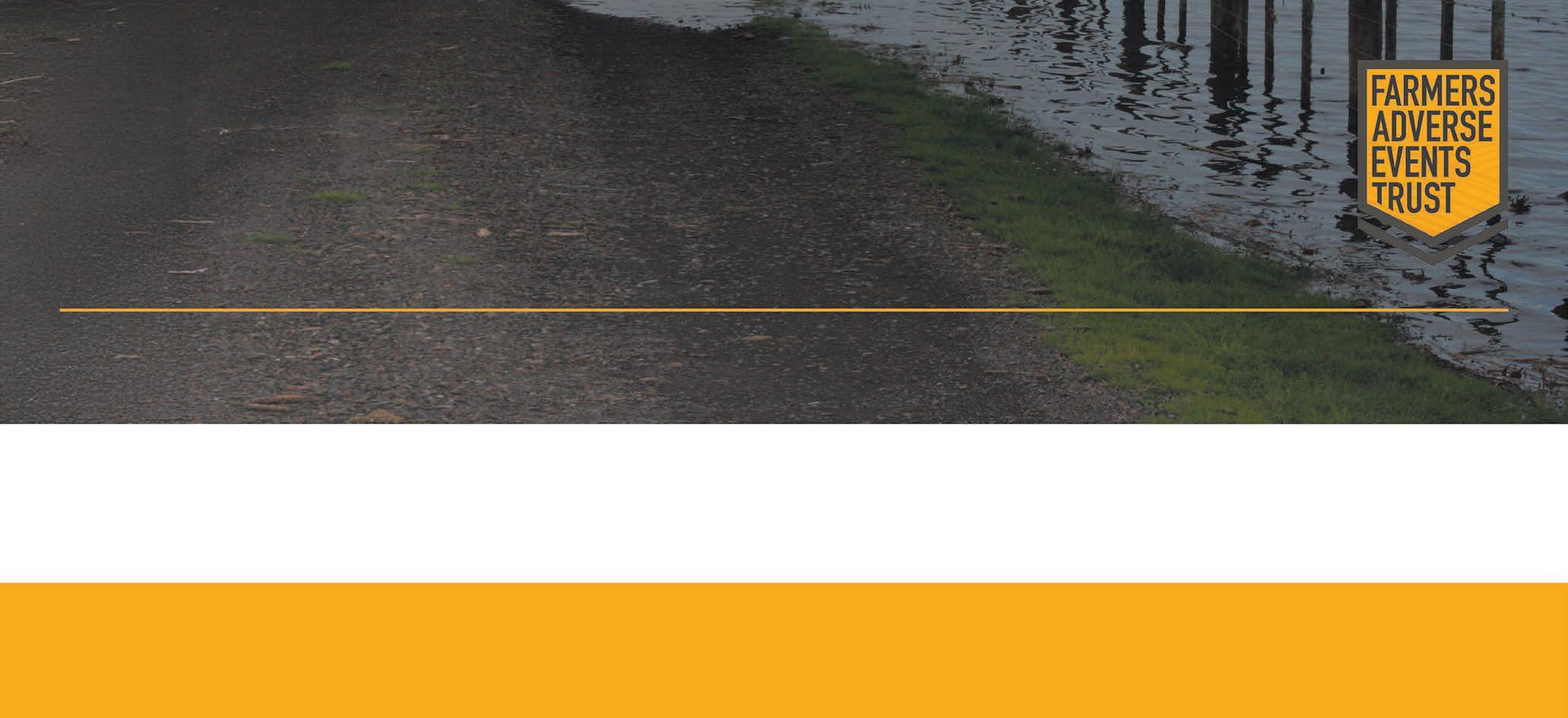

WELCOME HALT: Robert Hickson says it would have been outrageous for the regional council to keep spending time and money on Plan Change 1 when an overhaul of the RMA is underway.
ONEROUS: Consents would have been needed if cattle, deer or farmed pigs accessed streams wider than one metre more than twice a month.
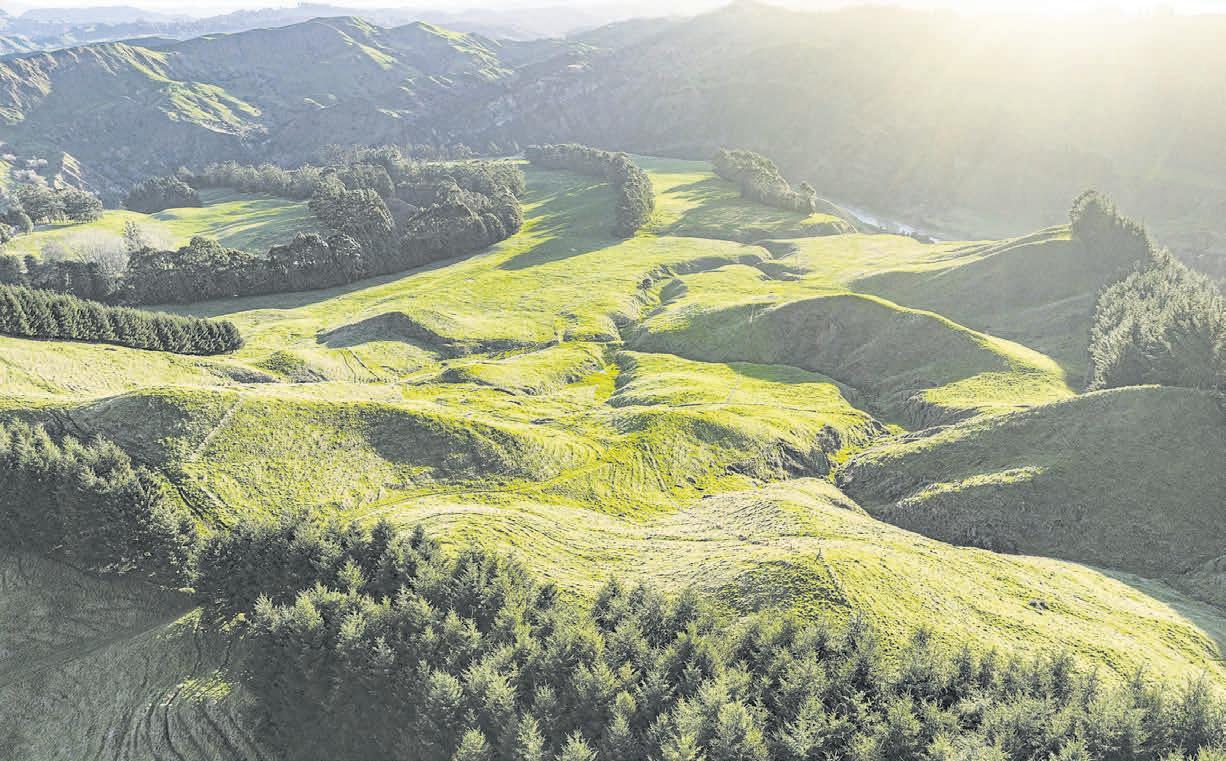
Multi income generating piece of paradise
Nestled on the banks of the majestic Mohaka River just 10km off the Napier Taupo Highway you get it all in the one package - accommodation, hunting, fishing, carbon and farming! ‘Nirvana’, is 282ha in two titles (options to purchase either title), a fantastic retreat that has to be seen to be believed Located approximately 60km from Hawke’s Bay Airport 98km from Taupo or an easy helicopter flight from either Features of the property include an off grid ‘Fisherman s Cabin overlooking the Mohaka River, renovated shearers quarters that sleeps twenty, a tidy three bedroom home four bay implement shed with car hoist outbuildings and 65ha of Pinus radiata Douglas fir and manuka registered in the ETS 172ha of effective grazing land is predominantly flat to easy, has been farmed regeneratively and is fully reticulated An abundance of wildlife includes red deer and trout bayleys co nz/2854063
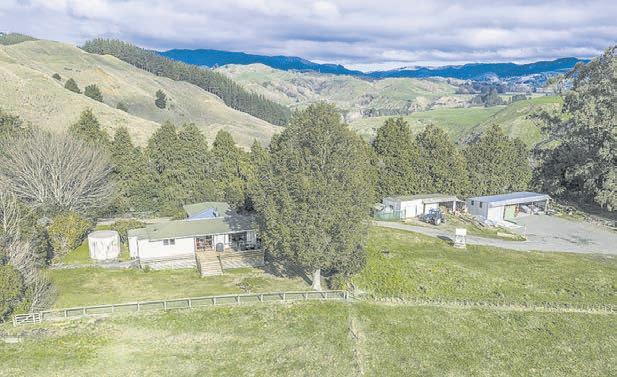

Closing 4pm Wed 27 Aug 2025 15 Havelock Road, Havelock North
1-2pm Wed 6 Aug or by appointment Tony Rasmussen 027 429 2253 tony rasmussen@bayleys co nz Chris Heenan 027 599 3527 chris heenan@bayleys co nz

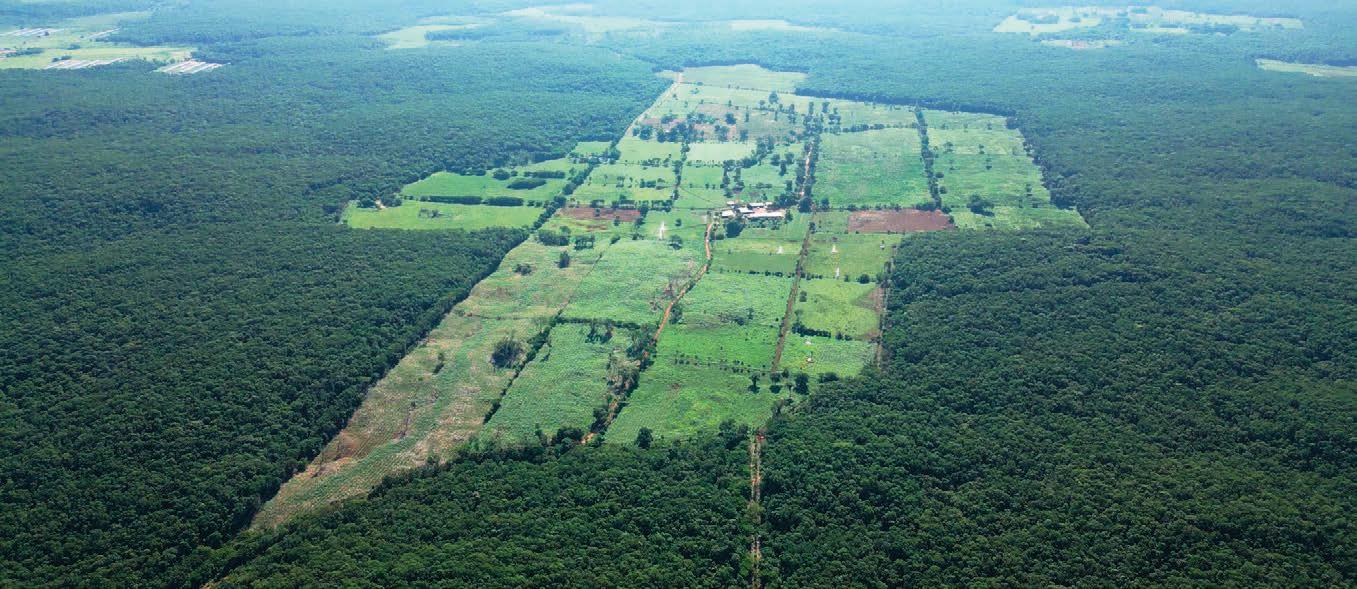
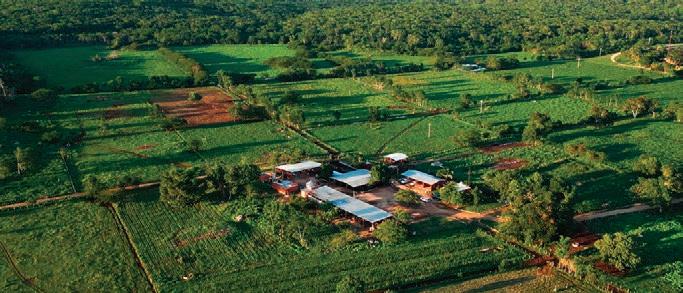
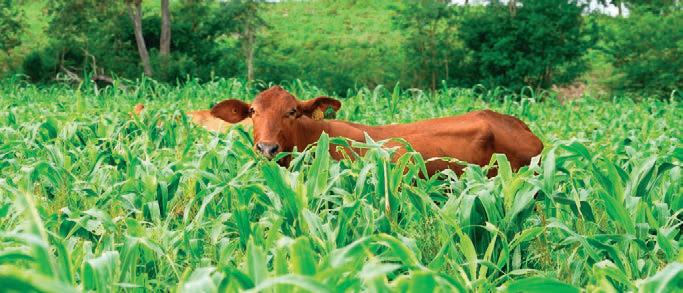


Te Haroto 1015 Waitara Road

Independent Dairy Advisory
Serving Bay of Plenty, Waikato, Central Plateau, Hawke’s Bay, Taranaki & Lower North Island
Free Introductory On-Farm Consultation
Call Dean Edwards: 027 332 2996

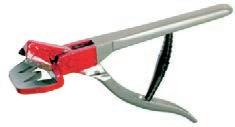



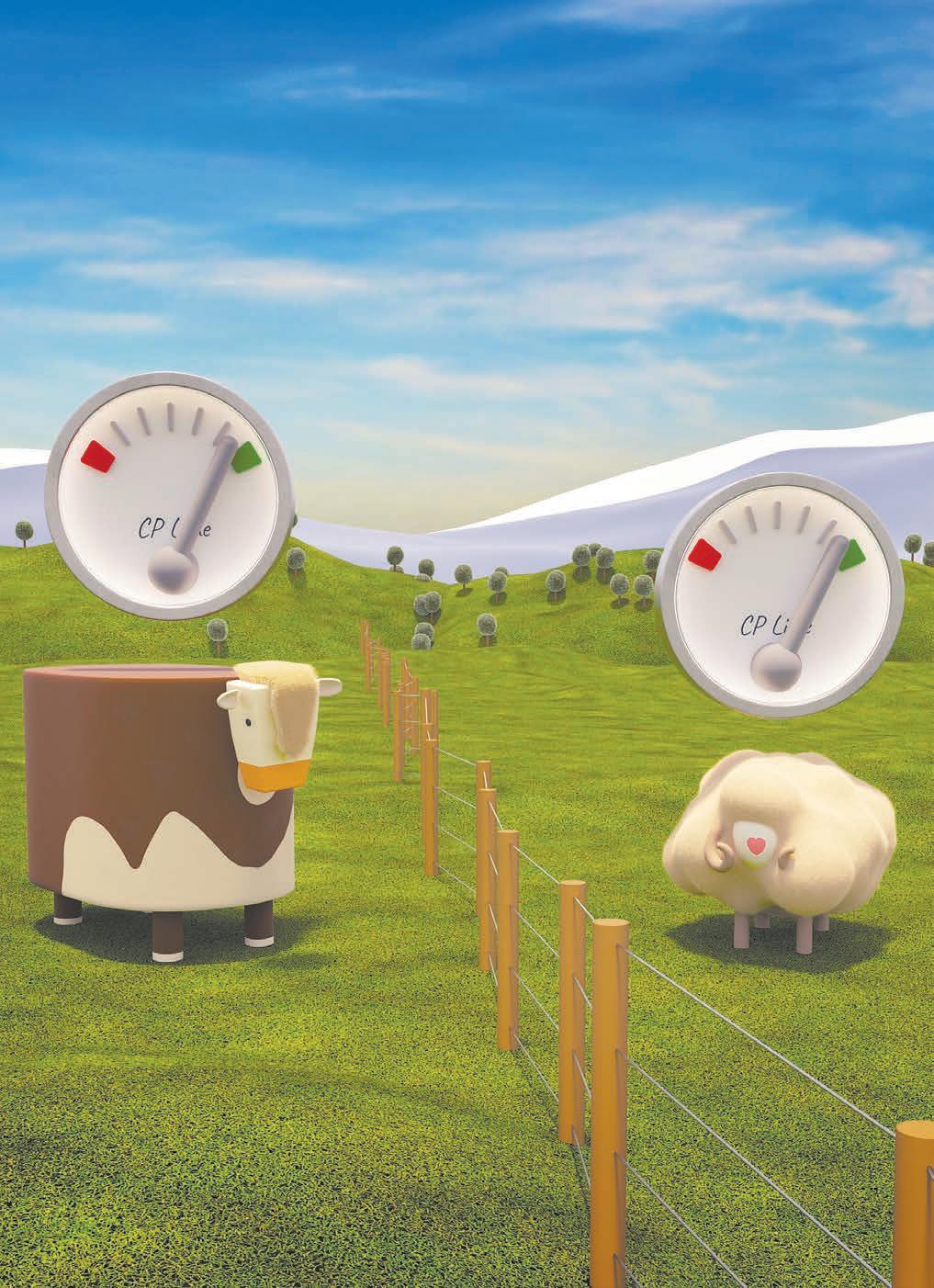
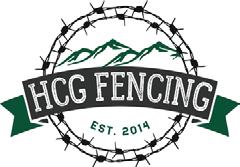
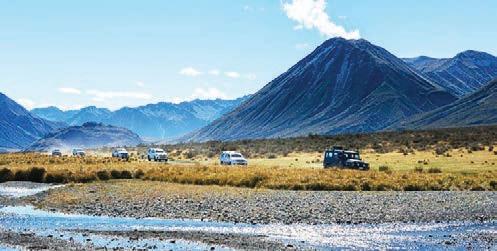
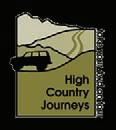
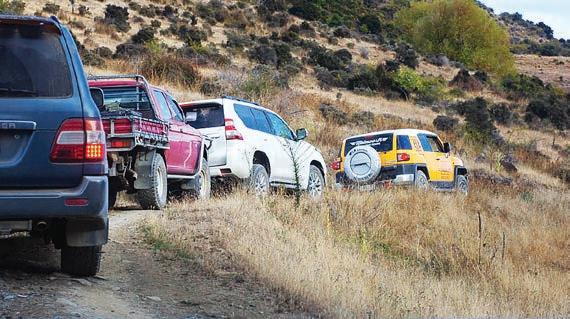
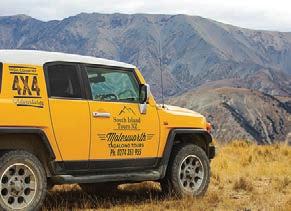
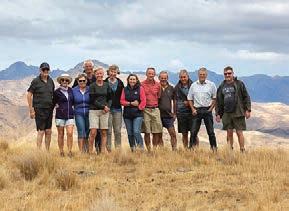





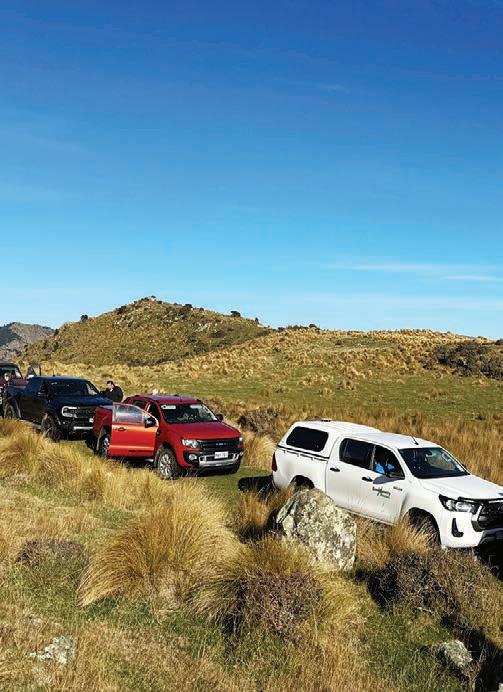

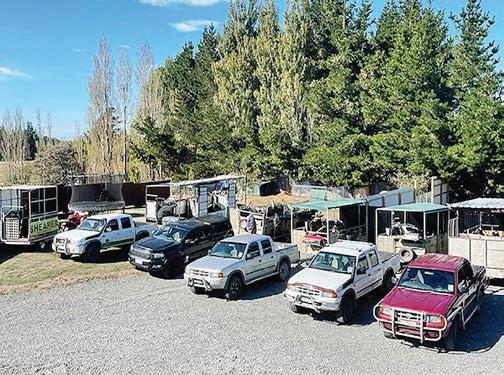









ANIMAL HANDLING
RAMS FOR SALE
WILTSHIRES-ARVIDSON. Self shearing sheep. No1 for Facial Eczema. David 027 2771 556.
TINY HOME FOR RENT
573 8512 www.electrodip.com
ATTENTION FARMERS
PROMAX UTE MOUNTED dog boxes are back! Give your working dogs the ride they deserve. Sold through The Dog Express. Call 021 537 933 for more information.
50c BALES / 40c FADGES per kg for dags. Replacement woolpacks.
PV Weber Wools. Kawakawa Road, Feilding. Phone 027 458 2727.
FARM MAPPING
PRINTABLE FARM MAPS tailored for you. Maps for the shed, the desk and your phone. No subscription fees. Mention this ad and get a 10% discount. Contact farmmapping.co.nz or phone 027 689 2833.
GOATS WANTED
FERAL GOATS WANTED. Pick-up within 24 hours. Prices based on works schedule. Phone Vicky Le Feuvre 07 893 8916 or 027 363 2932.
GOATS WANTED. All weights. All breeds. Prompt service. Payment on pick up. My on farm prices will not be beaten. Phone David Hutchings 07 895 8845 or 0274 519 249. Feral goats mustered on a 50/50 share basis.
RURAL CAMBRIDGE. Would suit a retired couple or person. Phone 027 694 4344.
TREES FOR FARMS
ADDITIONAL INCOME. Stock shelter, erosion control, Truffle income, animal fodder, fireproof cork and Natives. 021garden.co.nz Litherland Truffles 021 327 637.
WANTED TO BUY
WHAT’S SITTING IN your barn? Ford, Ferguson, Hitachi, Komatsu, JD. Be it an excavator, loader or tractor, wherever it is in NZ. Don’t let it rust. We may trade in and return you a brand new bucket for your digger or cash for your pocket. Email admin@loaderparts.co.nz or phone Colin 0274 426 936.
SAWN SHED TIMBER including Black Maire. Matai, Totara and Rimu etc. Also buying salvaged native logs. Phone Richard Uren. NZ Native Timber Supplies. Phone 027 688 2954.
SALE TALK
Bob Hill and his new wife Betty were vacationing in Europe, as it happens, near Transylvania. They were driving in a rental car along a rather deserted highway. It was late, and raining very hard. Bob could barely see 20 feet in front of the car.
Suddenly the car skids out of control! Bob attempts to control the car, but to no avail! The car swerves and smashes into a tree.
Moments later, Bob shakes his head to clear the fog. Dazed, he looks over at the passenger seat and sees his wife unconscious, with her head bleeding! Despite the rain and unfamiliar countryside, Bob knows he has to carry her to the nearest phone.
Bob carefully picks his wife up and begins trudging down the road. After a short while, he sees a light. He heads towards the light, which is coming from an old, large house. He approaches the door and knocks.
A minute passes. A small, hunched man opens the door. Bob immediately blurts, “Hello, my name is Bob Hill, and this is my wife Betty. We’ve been in a terrible accident, and my wife has been seriously hurt. Can I please use your phone??”
“I’m sorry,” replied the hunchback, “but we don’t have a phone. My master is a Doctor; come in and I will get him!”
Bob brings his wife in. An elegant man comes down the stairs. “I’m afraid my assistant may have misled you. I am not a medical doctor; I am a scientist. However, it is many miles to the nearest clinic, and I have had a basic medical training. I will see what I can do. Igor, bring them down to the laboratory.”
With that, Igor picks up Betty and carries her downstairs, with Bob following closely. Igor places Betty on a table in the lab. Bob collapses from exhaustion and his own injuries, so Igor places Bob on an adjoining table.
After a brief examination, Igor’s master looks worried. “Things are serious, Igor. Prepare a transfusion.” Igor and his master work feverishly, but to no avail. Bob and Betty Hill are no more.
The Hills’ deaths upset Igor’s master greatly. Wearily, he climbs the steps to his conservatory, which houses his grand piano. For it is here that he has always found solace. He begins to play, and a stirring, almost haunting, melody fills the house.
Call 0800 85 25 80 wordads@agrihq.co.nz
Meanwhile, Igor is still in the lab tidying up. His eyes catch movement, and he notices the fingers on Betty’s hand twitch. Stunned, he watches as Bob’s arm begins to rise! He is further amazed as Betty sits straight up!




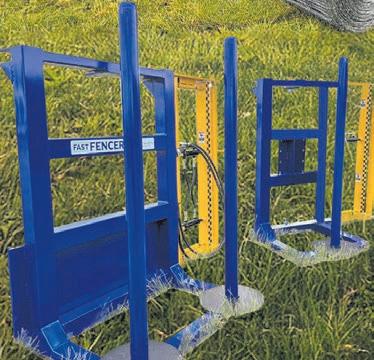
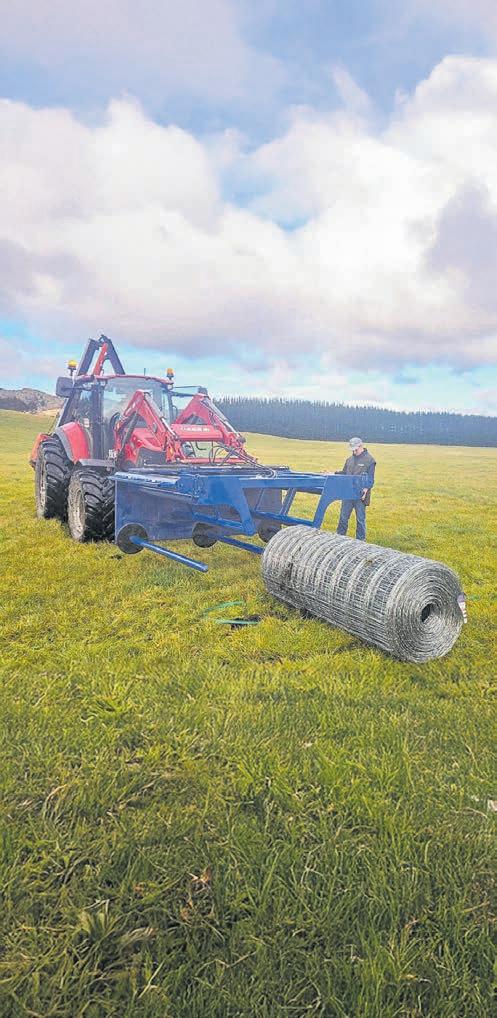
Unable to contain himself, he dashes up the stairs to the conservatory. He bursts in and shouts to his master: “Master, Master! ... The Hills are alive with the sound of music! •

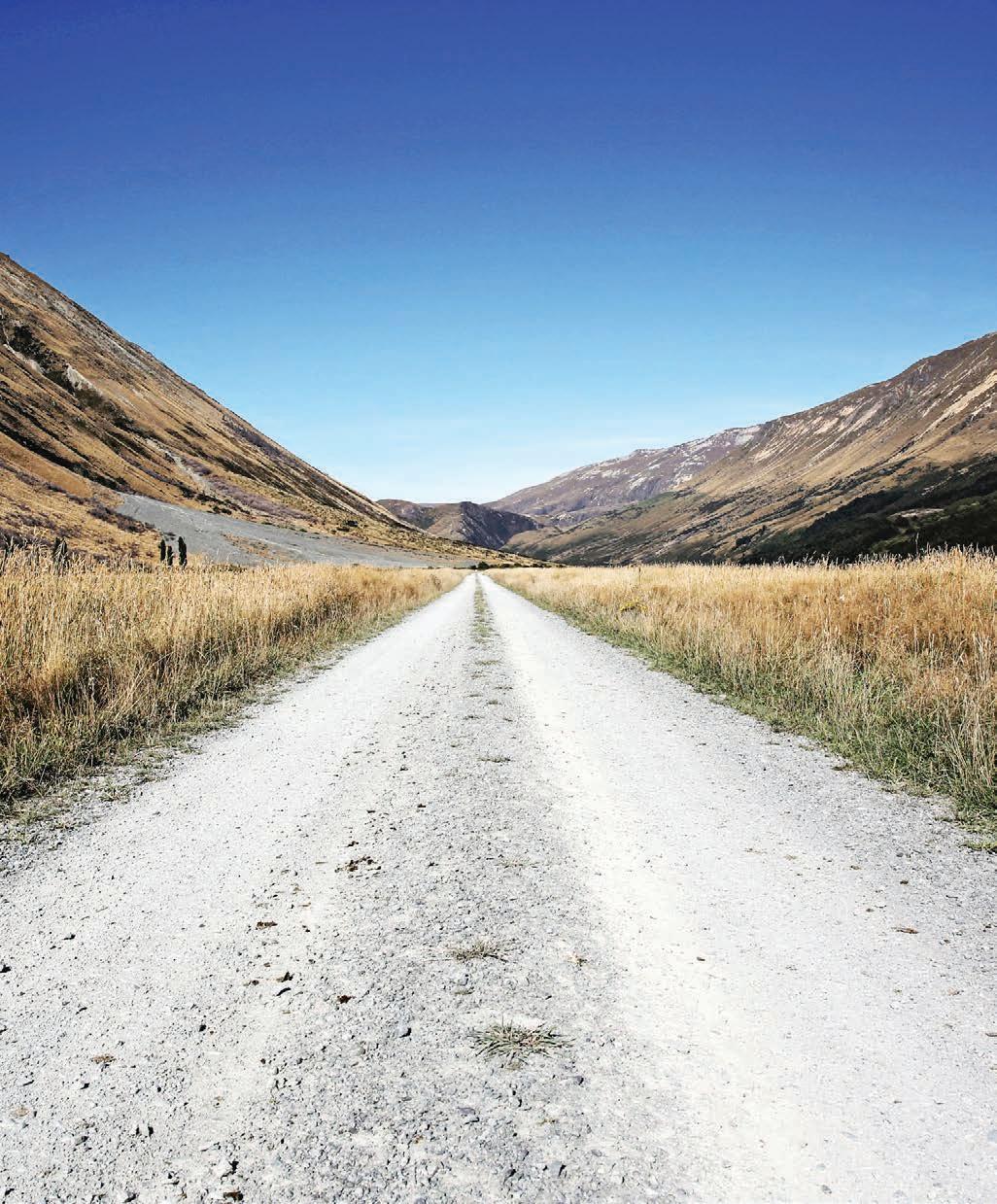


MORRINSVILLE DAIRY COMPLEX
THURSDAY 14TH AUGUST 2025 – START 12 NOON
A/C: DF & RN PLUMMER
Comprising:
200 x Frsn & FrsnX Cows (approx. 120 Inmilk and 80 Springers)
18 x Yearling Frsn/Frsn X Heifers)
Due to our Vendors shed burning down they have elected to sell their Herd and Replacements. The Inmilk Cows are getting milked at the neighbours property until the sale.
The Herd has been LIC Bred for 35 years but will be sold as unrecorded. Buyers can lodge the tags as some information will be available.
The Cows are milked on Patetonga rolling hill country and know how to work. The best production achieved was between 84,000 and 92,000ms from 220 Cows – admittedly a few years ago.
If you are looking for genuine Capital Stock Cows with shiftability you should attend this sale.
Further enquiries to: NZ Farmers Livestock – Bill Sweeney 027 451 5310 This sale will be livestreamed on our mylivestock online platform

SERVICES INCLUDING:
• Buying and selling
• Forward Sale & Purchase
• Livestock Valuations
• On-Farm & Online Auctions
• Service Bulls
LINKING BUYERS AND SELLERS
With options for:
• Purchasing
• Finance-A-Bull
• Lease with Link-A-Bull
CONTACT OUR TEAM OF EXPERIENCED AGENTS COVERING ALL OF NEW ZEALAND www.linklivestock.co.nz or email accounts@linklivestock.co.nz
STOCK REQUIRED
Ewe & Male Lambs 34 –40kg
300 SIL Rom X or Comp X (Mid Apr Ram)
1YR Fries Bulls 180–250kg
R2YR Heifers 330–450kg
R2YR Angus & Ang X Steers 330–460kg
R2YR Beef & Fries Bulls 330 – 560kg info@dyerlivestock co nz www dyerlivestock co nz Ross Dyer 0274 333 381


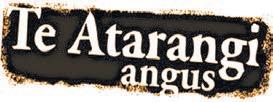
Specialising in Ease of Calving and Heifer mating
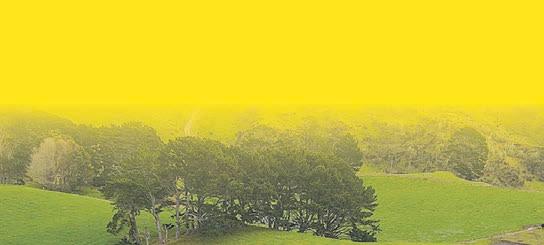
120 YEARLING ANGUS BULLS at our Annual On Farm Sale and Hybrid Auction


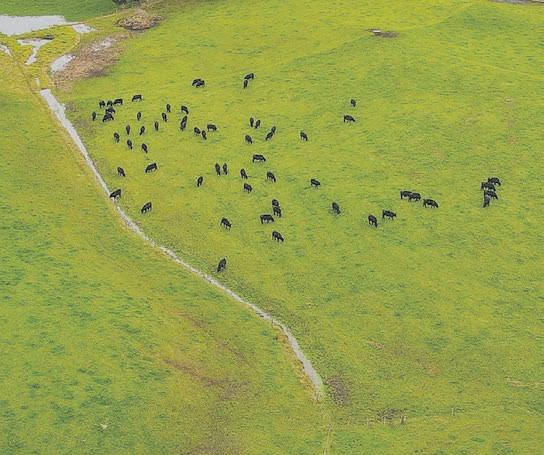
2nd Sept 2025, at 12pm

Chris & Karren Biddles, RD1, Te Kopuru, Northland P: 09 439 1589 m: 021 795 929 e: chris@teatarangi co nz
CHOOSING YOUR HEREFORD BULL
The choice of bull is important since it is an investment that has the potential to affect farm profitability for the life of the bull and beyond.
Here are some suggestions:
1. Choose a breeder
Ideally you will find a breeder whose breeding aims are similar to your own, one whom you can trust, one who is recording important traits and submitting them for evaluation, and who breeds sound cattle. This is most important since bulls tend to breed to the average of the herd.
2. Think about your priorities
Is it primarily calving ease [lack of problems, cows milking better, more live calves] or growth [for farmers finishing cattle or with a business relationship with a finisher], or temperament [ease of handling].
Likely it will be a combination of these in which case it is important to rank them.
3. Select the bulls fitting your criteria on paper
4. Check the bull’s appearance
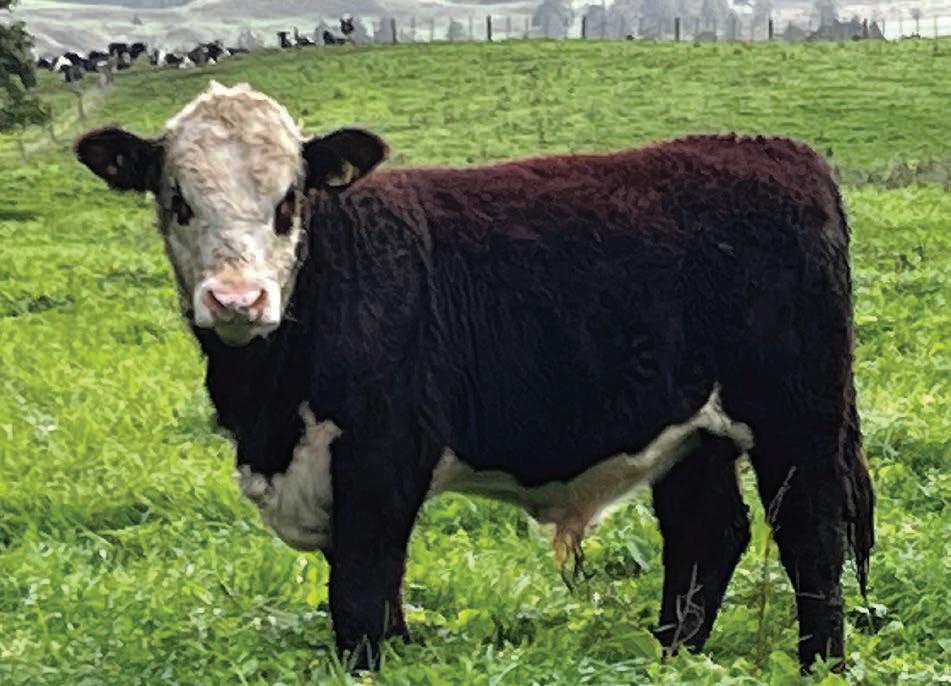
Mahuta Hereford Stud breeds bulls with high calving ease, moderate carcass attributes and growth, and docile temperament.
Spring 2025 Bull Sales Calendar

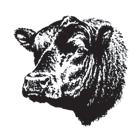
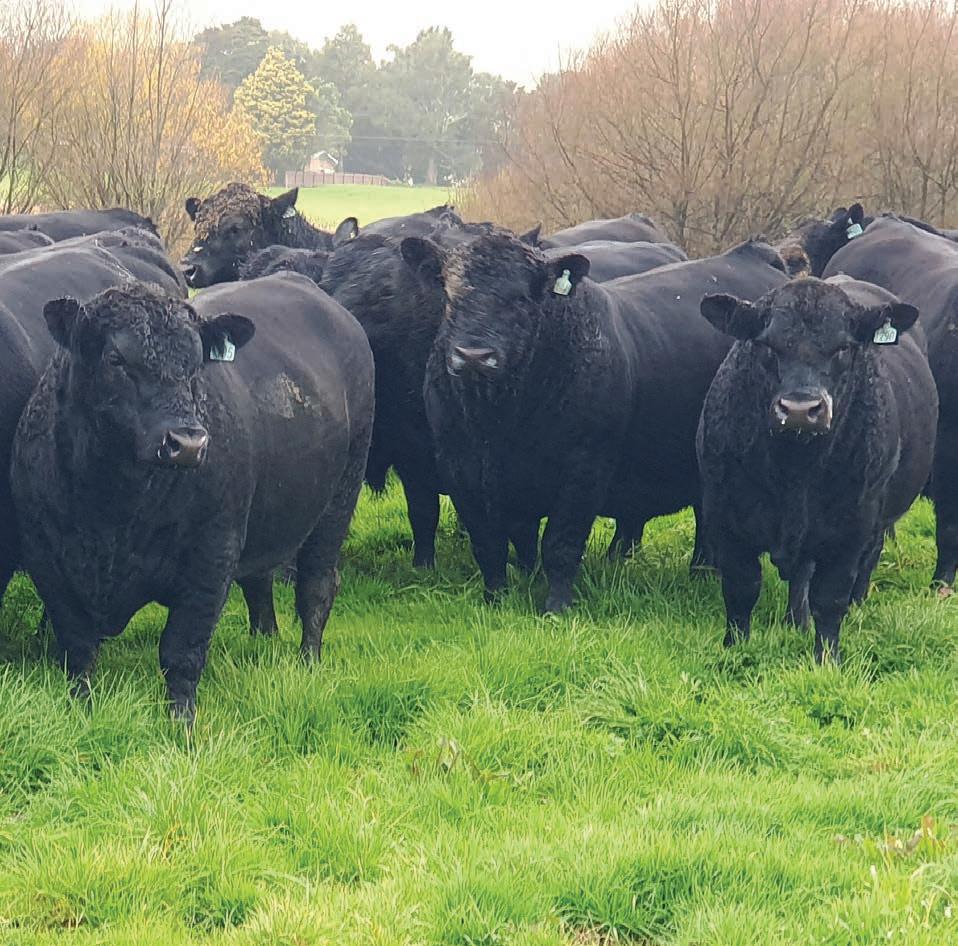

Spring 2025 Bull Sales Calendar FARMERS












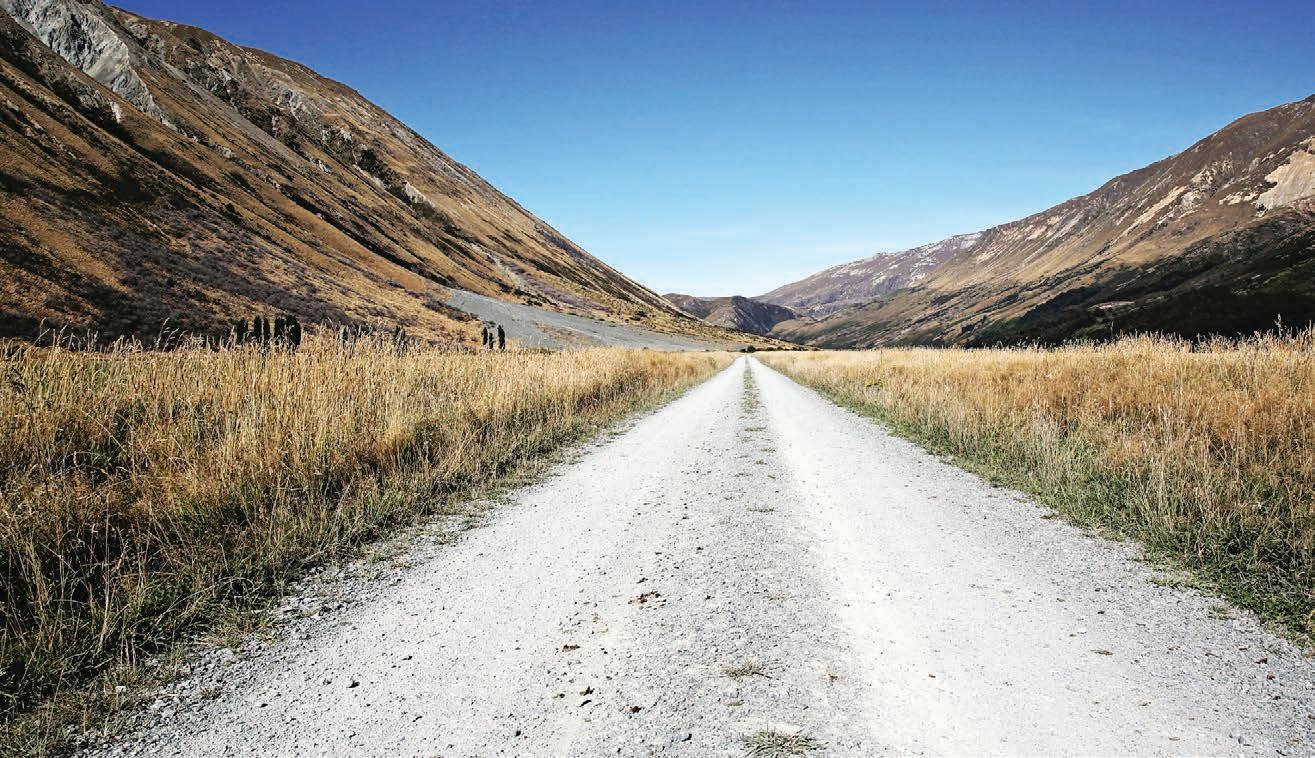
Brazilian beef into US grinds to a halt
US imported beef market stirs as Trump tariffs effectively end beef trade between the two countries.

THE United States imported beef market has had a little more upward momentum through the back of this month after a relatively stable few weeks prior.
Some of this lift can be attributed to US President Donald Trump’s threat of raising Brazil’s blanket tariff level from the 10% applied in April to 50%.
Initially, there was some doubt as to whether this would come to fruition. However, this has since been confirmed for not only beef, but essentially all products bar a select few exceptions.
This will effectively axe the beef trade between these two countries as Brazilian beef would be tariffed at 76.4% for the rest of the year – 50% baseline, plus 26.4% for exceeding their annual tariff-free quota.
Brazil’s exports to the US had already slowed substantially from March/April, when there was a surge in imports to beat the initial tariffs. With that said, weekly figures from the US indicate Brazilian beef still accounted for 17% of US import volumes in the four weeks to July 27 versus 8% the same weeks last year.
These figures rise to 23% and 12% respectively when excluding
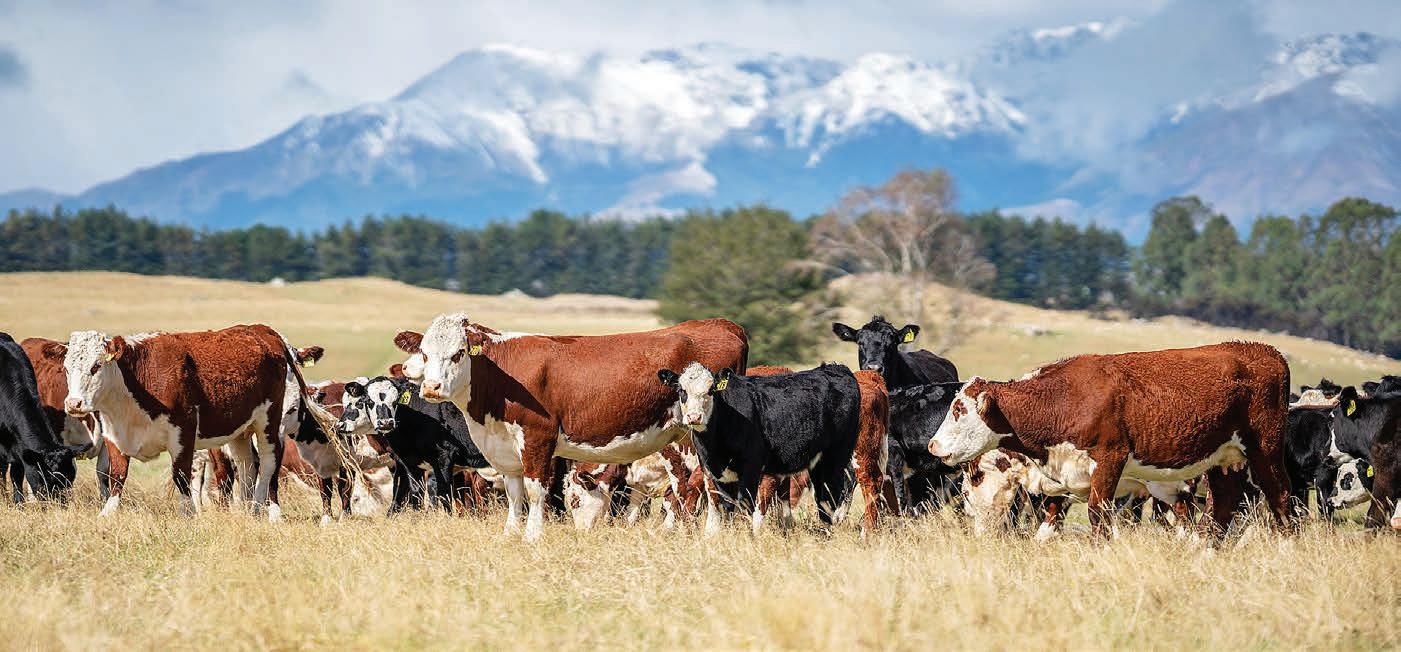
Canadian and Mexican beef, which is mainly chilled and usually services different market sectors compared to other imported beef.
NZ manufacturing beef exports to the US lifted mildly in June. Combined with lower total volumes, this gave the US a market share lift in this beef category, from 58% in May to 64% in June. The 1200 tonnes shipped to China dropped them to fourth, almost fifth, in the rankings, as Canada took 2300t and the United Kingdom 1800t.
This UK volume was not only well above the previous record of 550t set the month prior but also close to three times the total volume sent there in all of 2024, reflecting the strength of the general beef market there as they face their own shortages. It is expected that quota limitations will slow trading as the year progresses.
US domestic beef prices continue to rise. 90CL grinding beef (that is, 10% fat, 90% lean red meat) values continued to rise through of July
before settling at a weekly average of US$4.18/lb over the past two weeks. Adjusting for inflation, this brought the market above the last peak from August 2014 to May 2015, when widespread postdrought shortages spiked prices to between US$4.01/lb and US$4.16/ lb in today’s dollars.
The retail cost of ground beef in the US rose 11% year-on-year in June, 17% above the year prior.
Despite such high costs, it appears there’s enough demand to support these prices relative to the supply available.
US beef inventories declined again in June to 3% below last year. But, importantly, all other meat combined reduced by 6% year on year. Total meat inventories in June were the lowest for the month since 2001. Adjusting to a per capita basis brings these volumes to the lowest since 1991.
Summer farming conditions in the US are supporting efforts to rebuild herd numbers.
Only 6% of the cattle inventory


is in areas considered in severe or worse drought this month, similar to last year but much improved on the 19% in 2023 and 44% in 2022.
The latest US weekly cow slaughter data indicates further declines in production in the four weeks ending July 12, both in actual terms, and relative to last year (-11%) and the 5-year average (-26%).
Further declines in the beef cow kill have driven these changes, given dairy cow throughput has stabilised. However, for those weeks, the beef cow kill was the lowest since 2015, whereas the dairy cow kill was the lowest since 2008.
The US has continued to flip-flop on the Mexican live cattle import ban.
After initially announcing a phased re-opening of the trade in late June, this decision was quickly reversed when Mexico reported new cases of the New World screwworm in central parts of the country.
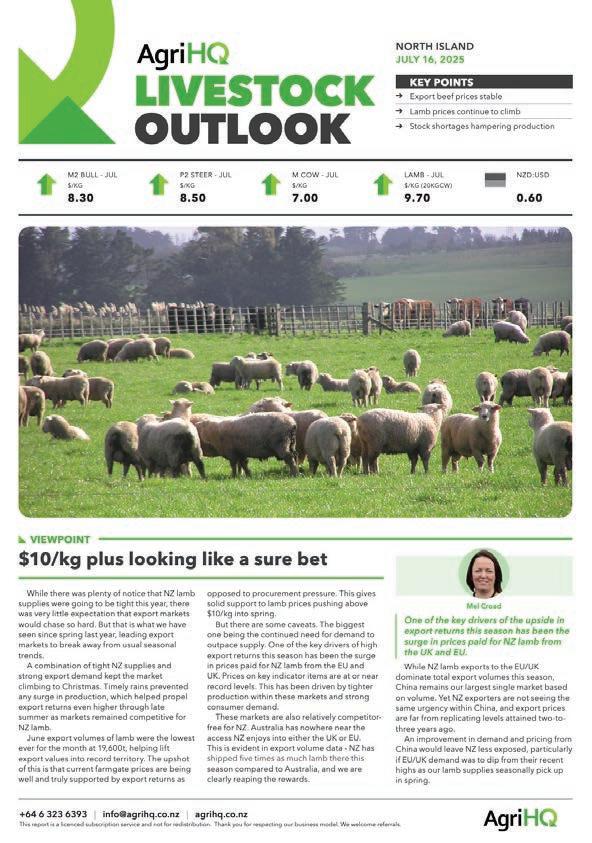
Cattle Sheep Deer

Weekly saleyard results
These weekly saleyard results are collated by the AgriHQ LivestockEye team. Cattle weights and prices are averages and sheep prices are ranges. For more detailed results and analysis subscribe to your selection of LivestockEye reports. Scan the QR code or visit www.agrihq.co.nz/livestock-reports
Tuakau | July 28 | 1050 sheep
|
| July 28 | 19 cattle, 2870 sheep
| July 29


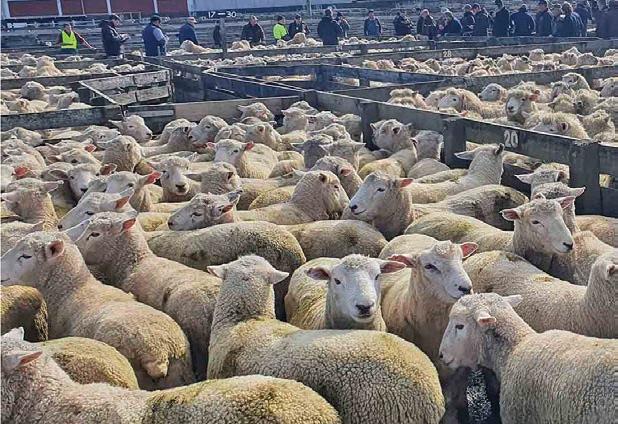












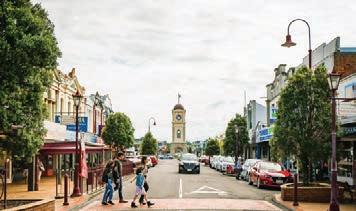




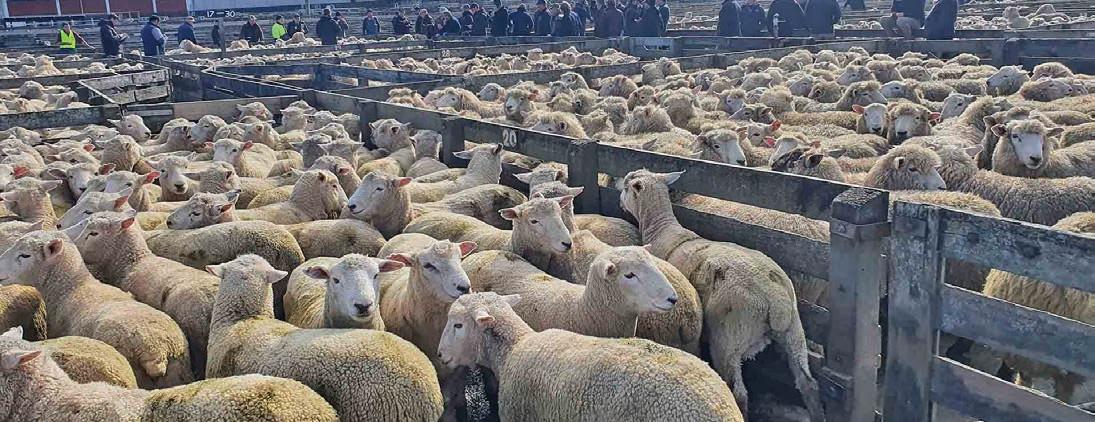
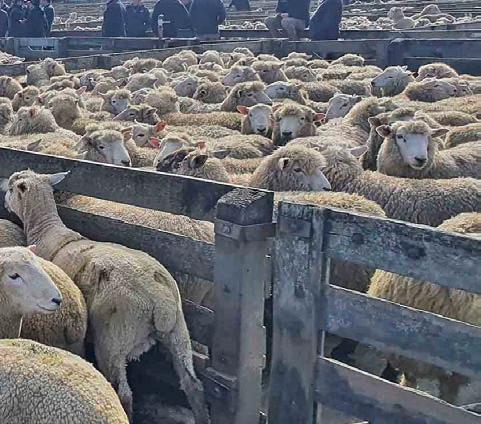









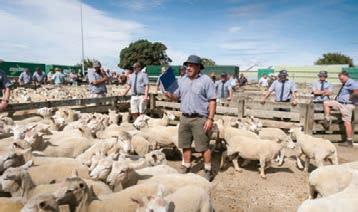
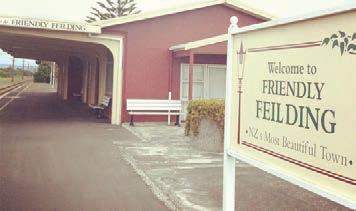


















Philip Duncan NEWS Weather
IT’S a new month, but is it a new weather pattern?
Over the past couple of months we have been able to define New Zealand’s weather in a few ways – colder air over the South Island and lower North Island, wetter for the top of both main islands, gustier in northern NZ.
These things have occurred due to polar air south of the country frequently being pulled up and over the South Island, bringing plenty of frosts and colder days. At the same time we’ve also had a number of large lows in the Tasman Sea or north of New Zealand and, coupled with some powerful highs, they have dragged down some very wet northerlies and made for some decent wind events.
So what will the arrival of August herald? The first place to look is that polar air boundary south of NZ and whether it’s going to be up and around parts of Australia and NZ again. It is certainly still in the mix,
with colder air from south of the country coming up and over the South Island at times in the next couple of weeks.
But if I’m looking for any changes from previous weeks, it may be that the cold comes and goes a bit more this month – and doesn’t linger as long each week as it did over July.
The cold comes and goes a bit more this month – and doesn’t linger as long each week as it did over July.
The next place I look to make sense of the upcoming weather pattern is the placement (and size and power) of each anticyclone.
Typically the August and September period can see some of the most powerful anticyclones in our part of the world – and we do see that. This first week of August brings a powerful high pressure zone (around 1041hPa) for a time in the country (1046hPa is NZ’s record).
As this high drifts east of the country later this week its large

size will help drag down milder subtropical winds again too. This high may alter NZ’s weather into next week, before a windy northerly, which then turns westerly, moves through. August looks to start with a big uptick in high pressure, but the placement of the centre of the highs means wind flow and temperatures will fluctuate further into the month.
We may start to notice more days that feel “spring like” as milder air mixes in. But like I say, the polar air isn’t disappearing just yet. We should be seeing some hints of a spring pattern developing around Australia and NZ at times this month – but it’s worth noting that a late winter pattern often looks and feels very similar to an early spring pattern, but is defined by more westerlies.
LOWS: August’s first Monday kicks off with a powerful anticyclone across New Zealand surrounded by lows to the north.
Image: WeatherWatch/ Weatherzone
As we go into August I see bigger and more powerful highs compared to previous weeks – but still coupled with lows nearby that can bring us both settled periods, mixed in with swings in temperatures, rainfall and likely some windier bursts of weather. August looks to bring just as much variety as July did, but it’s kicking off on a settled note thanks to a powerful high.

